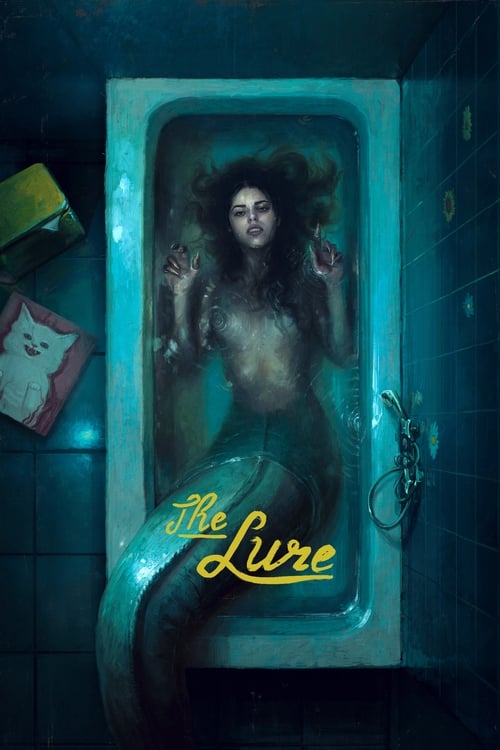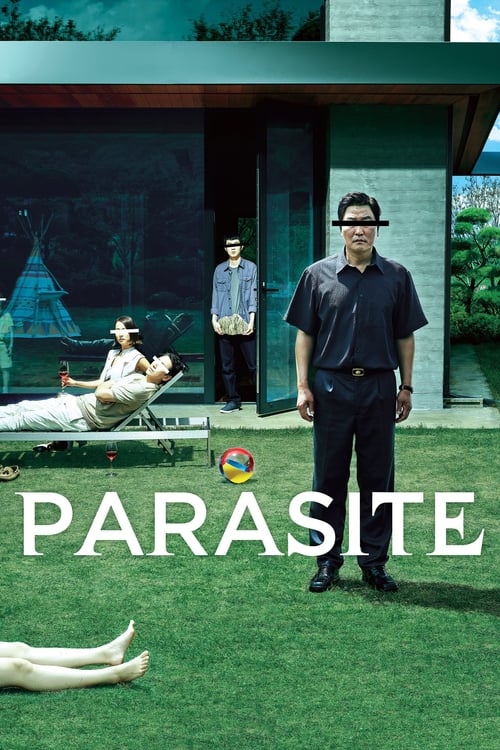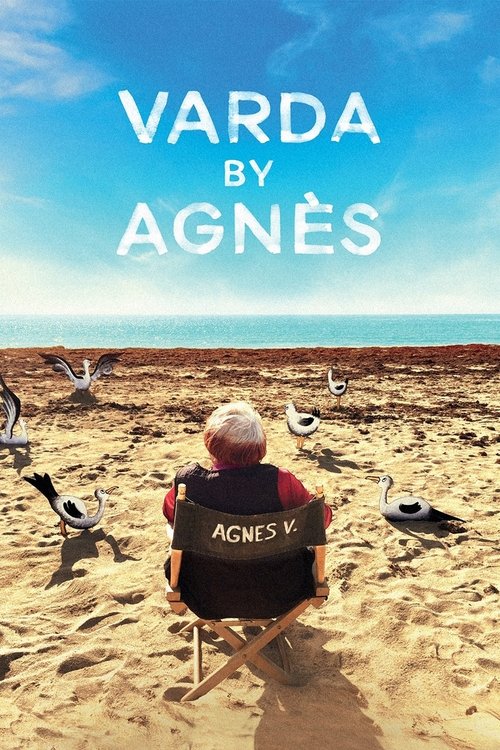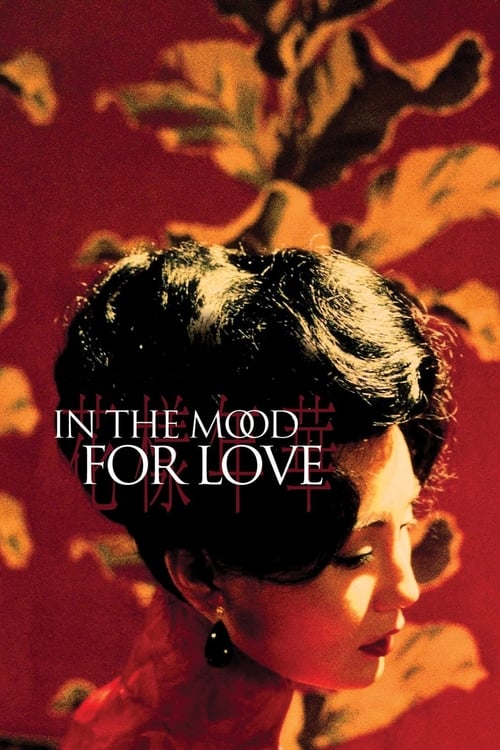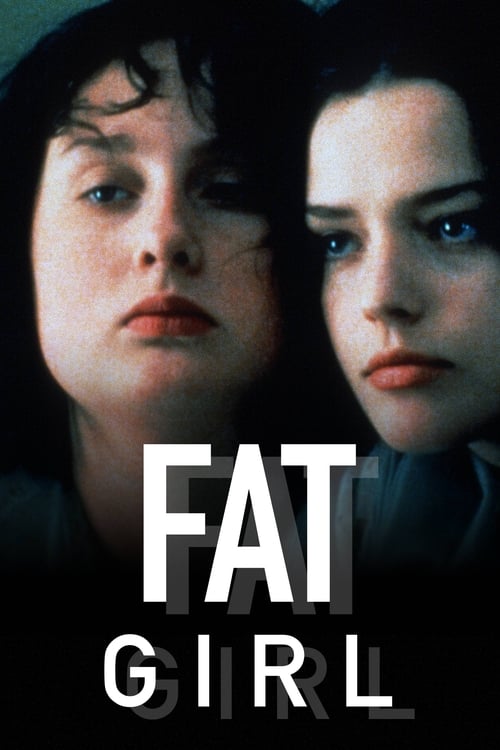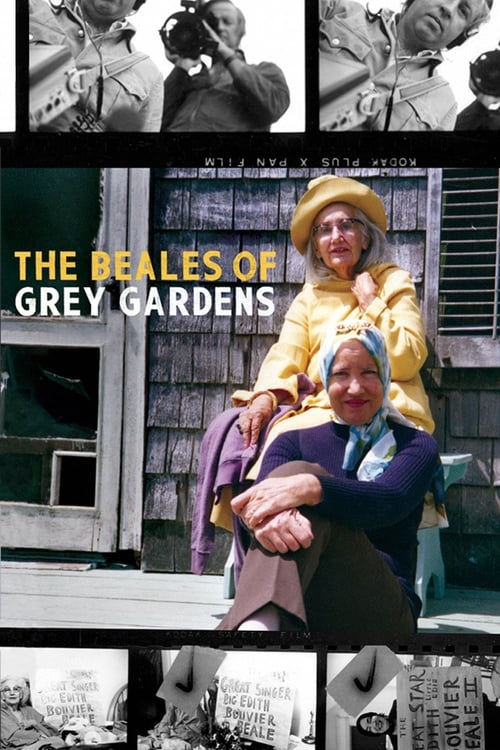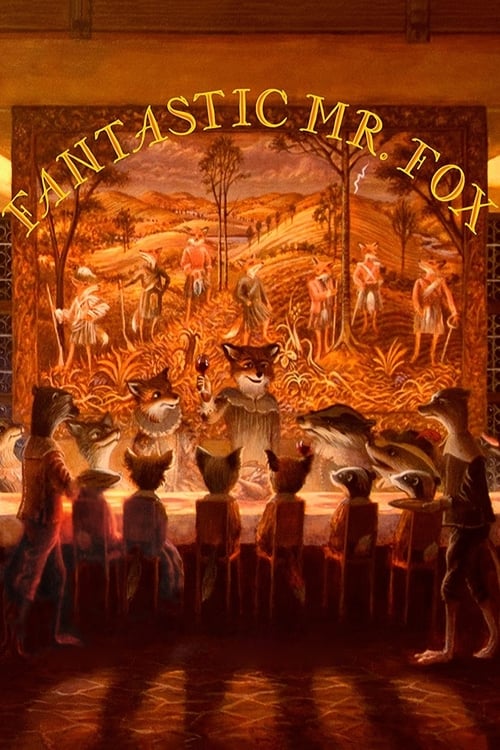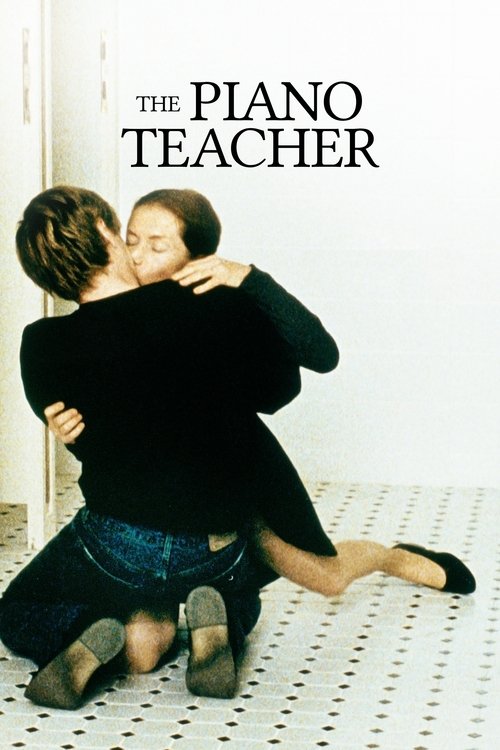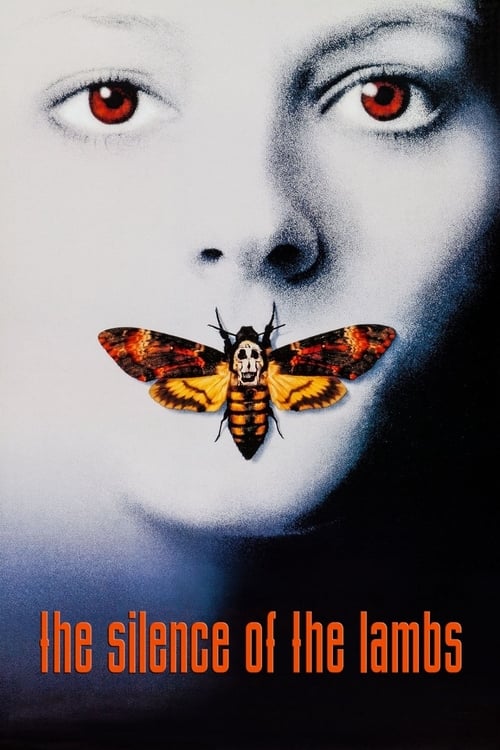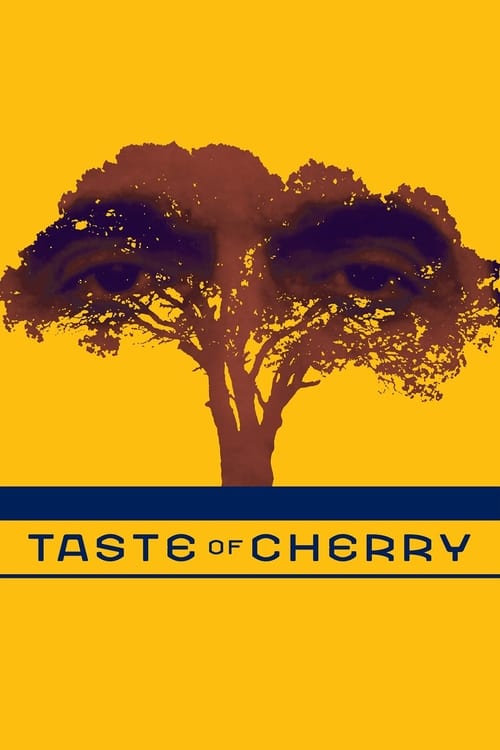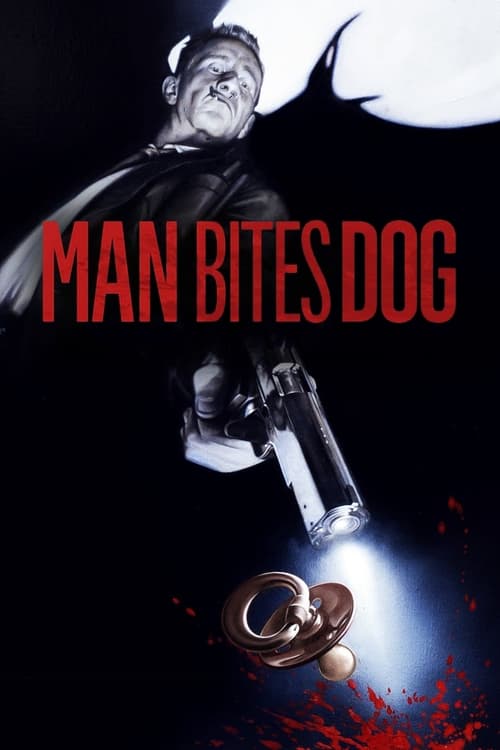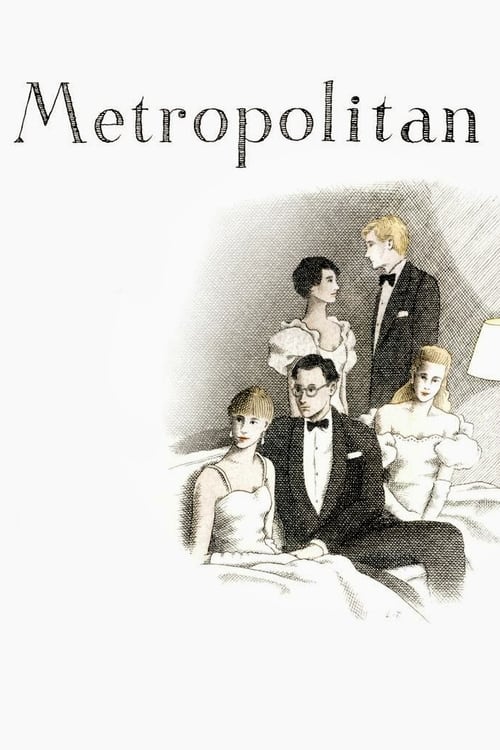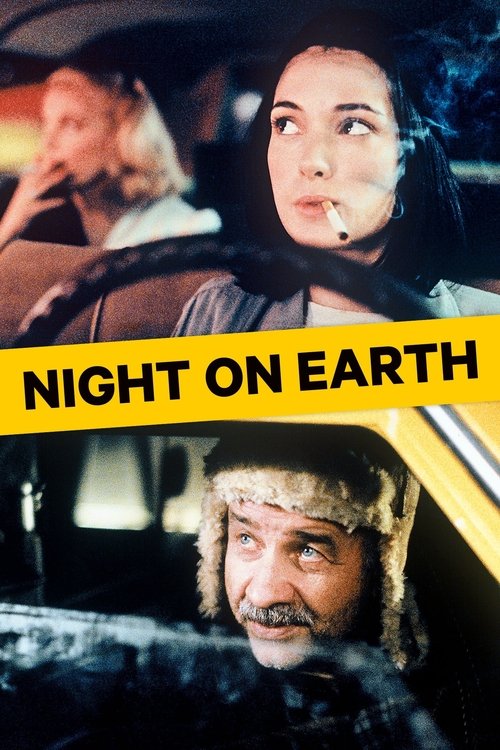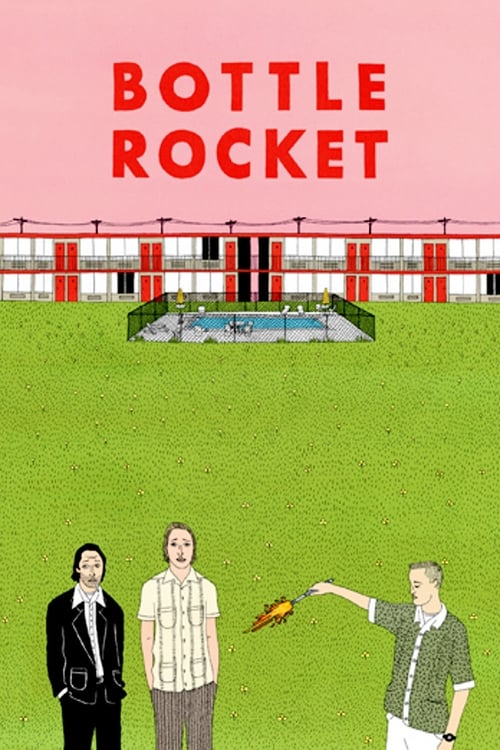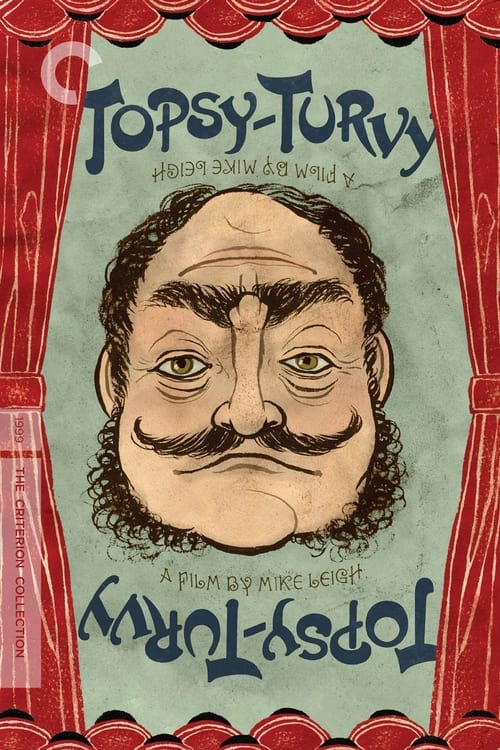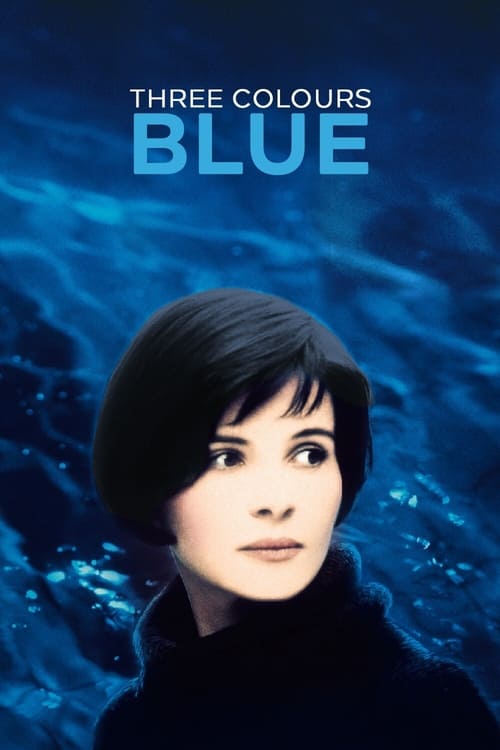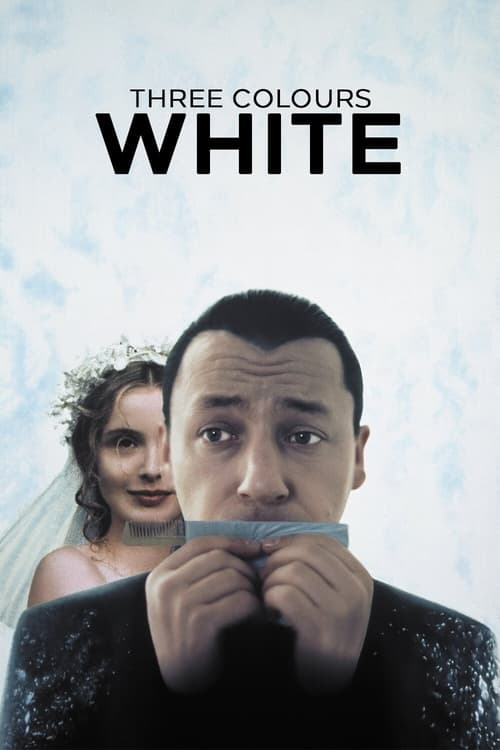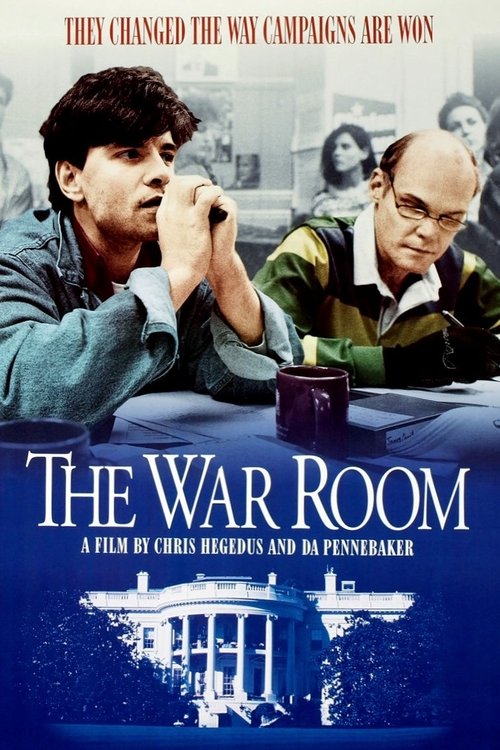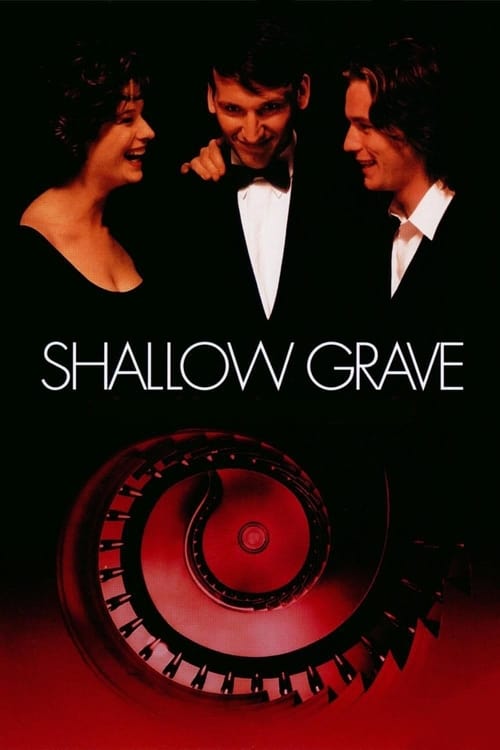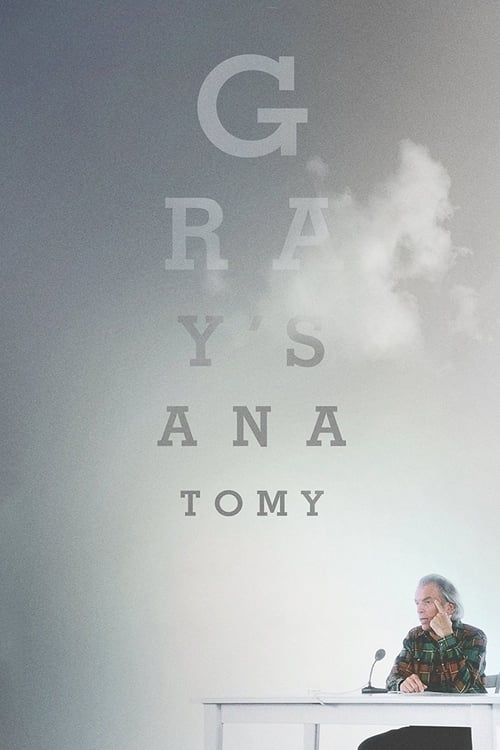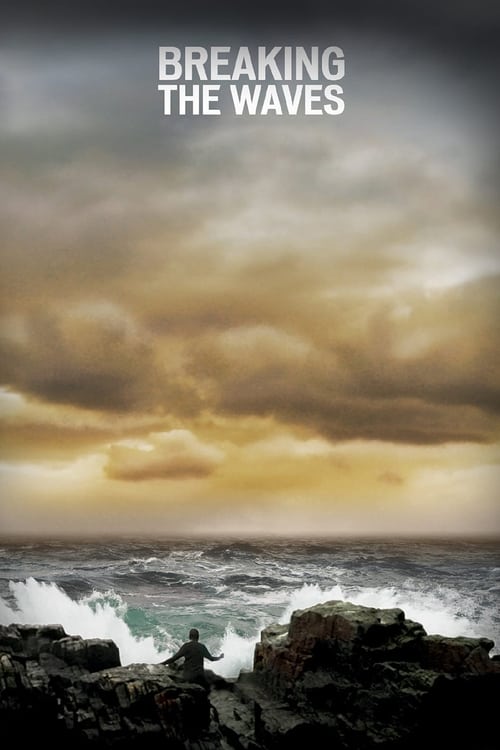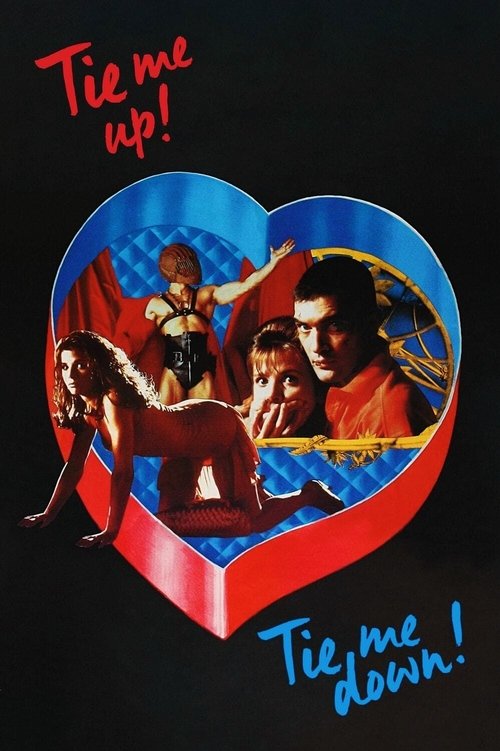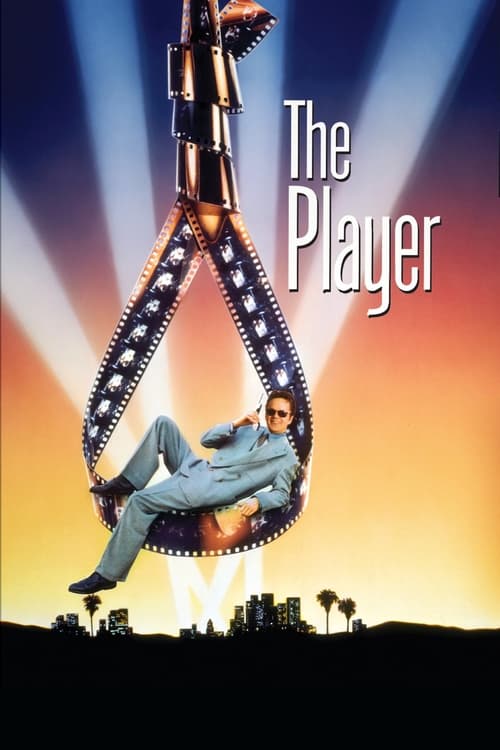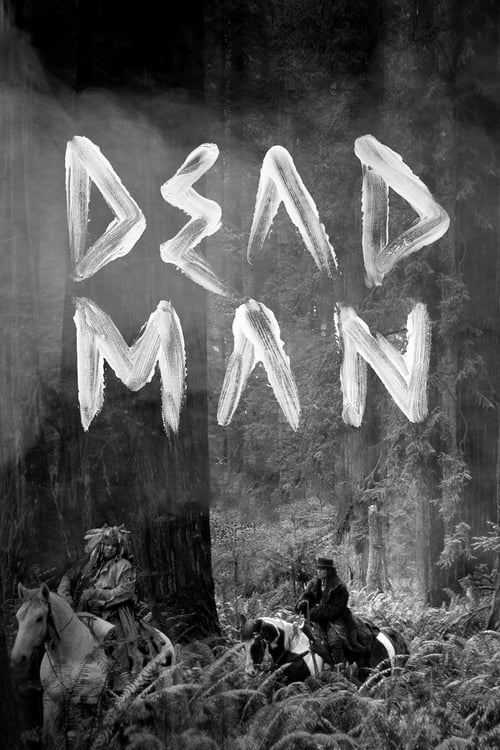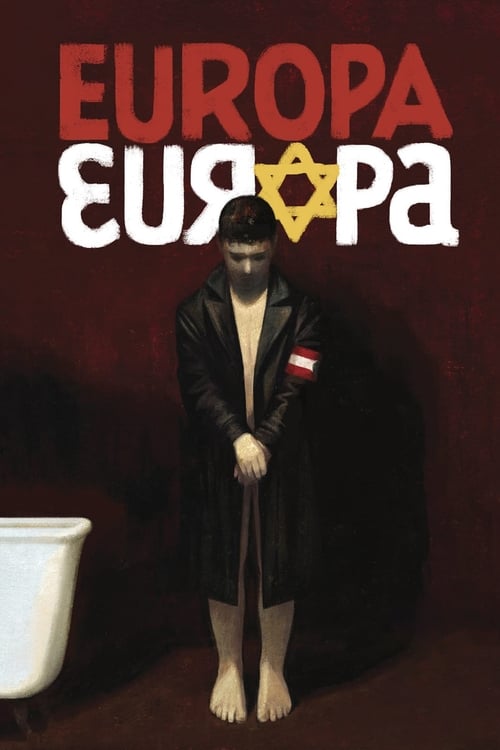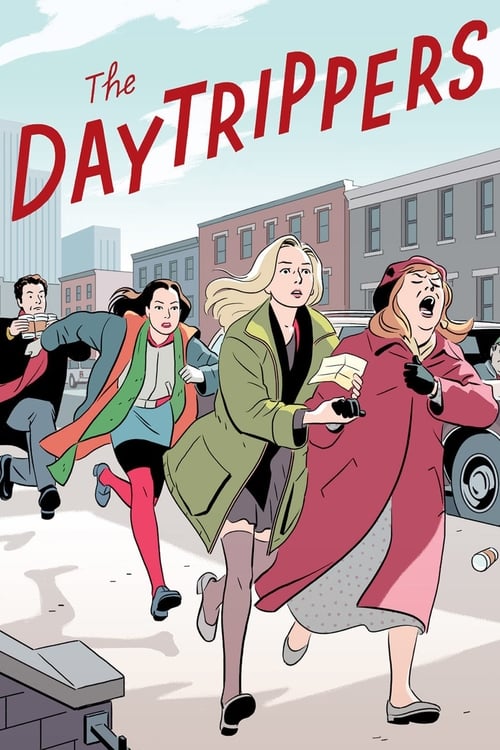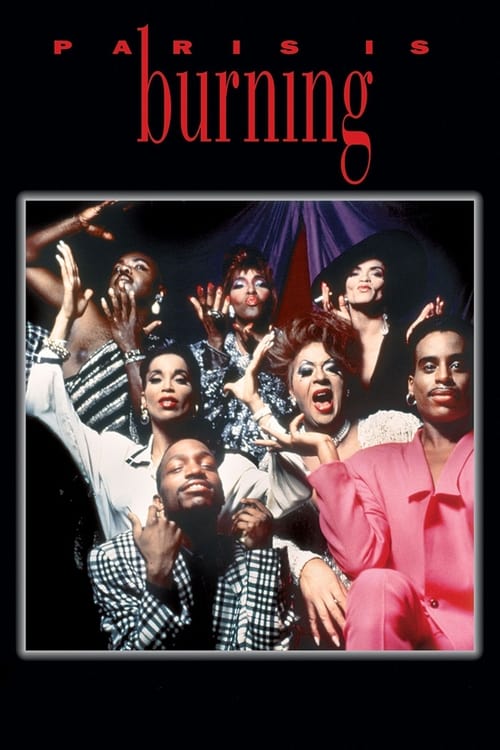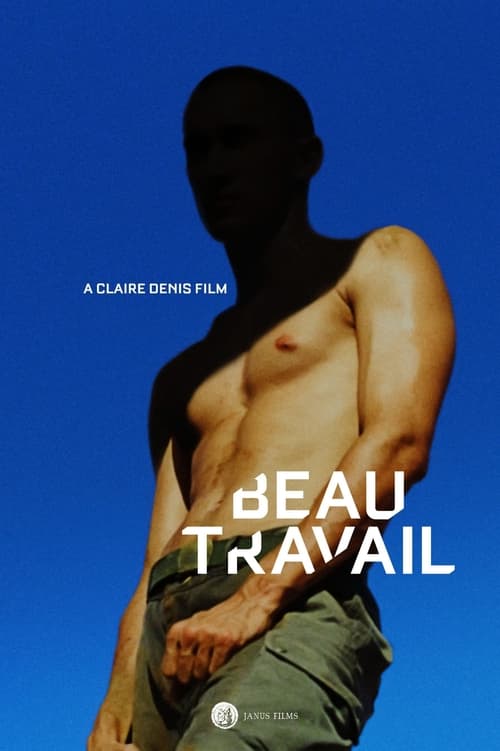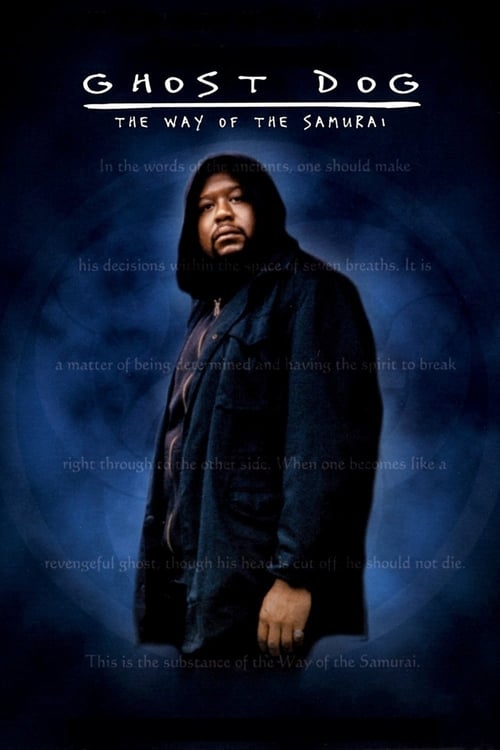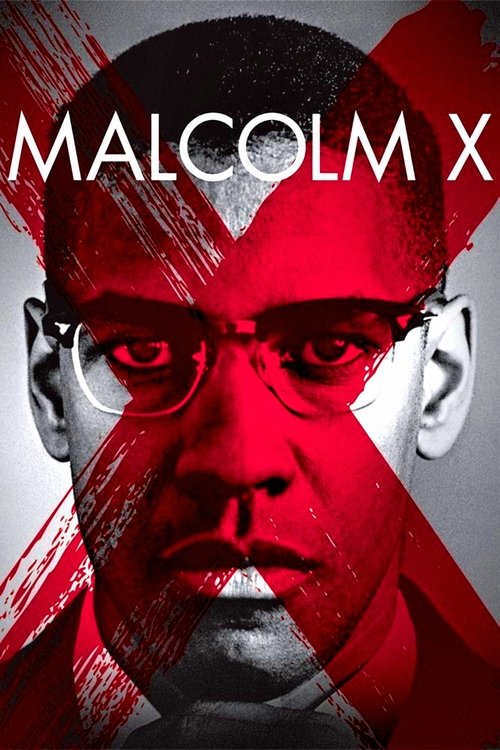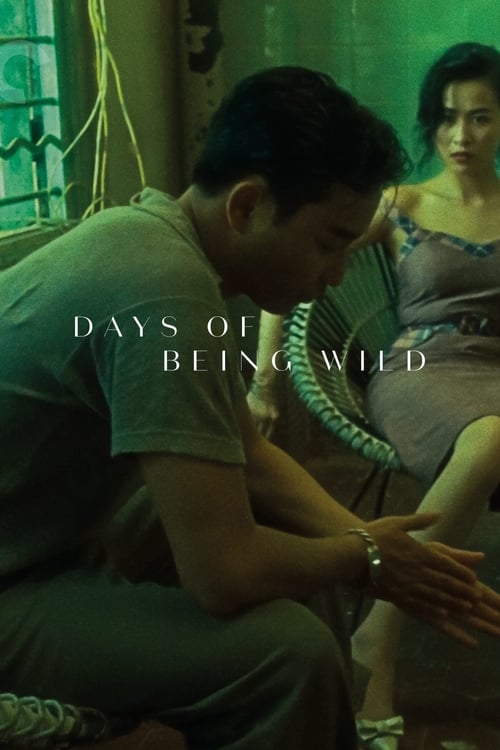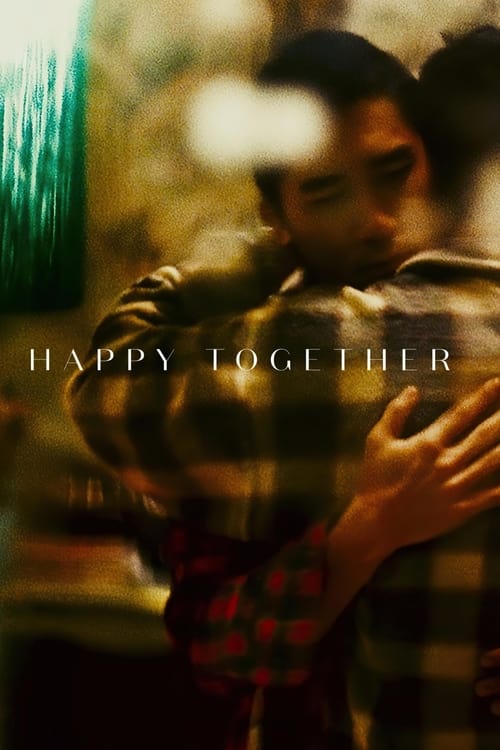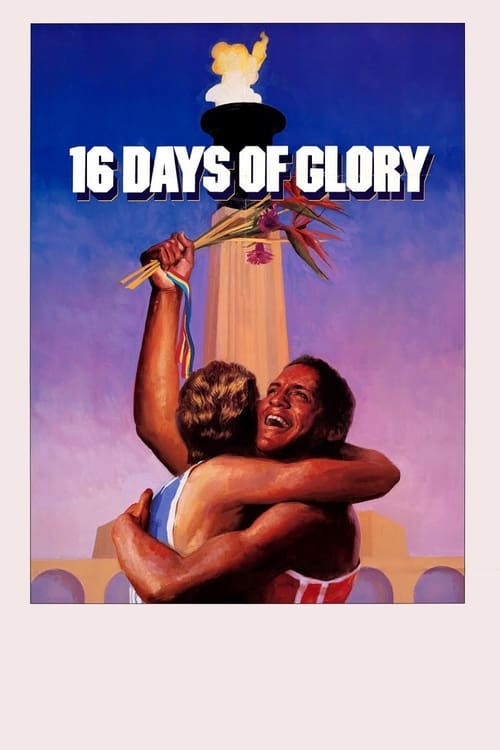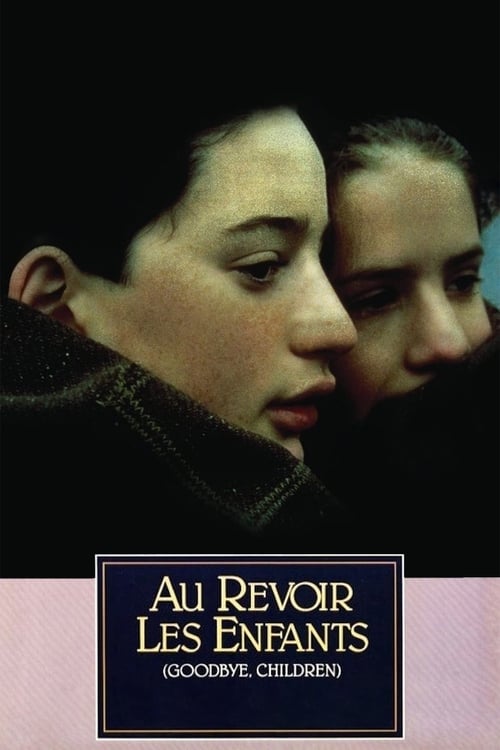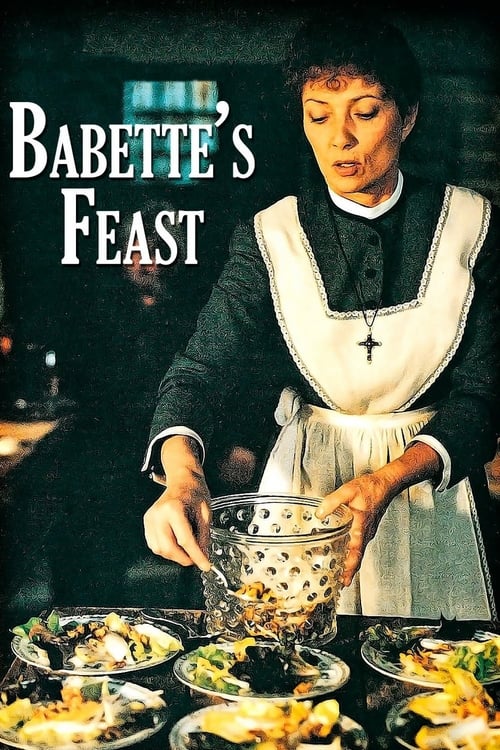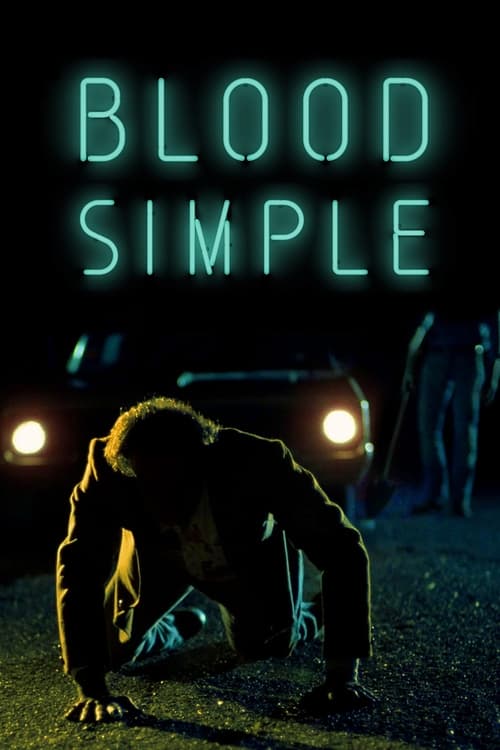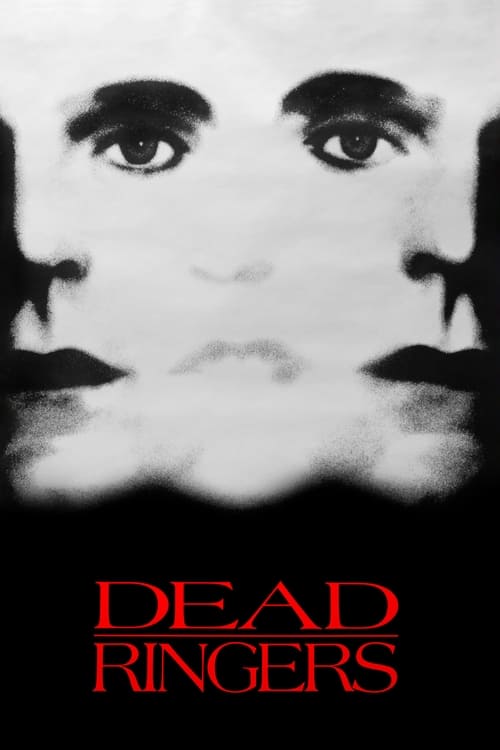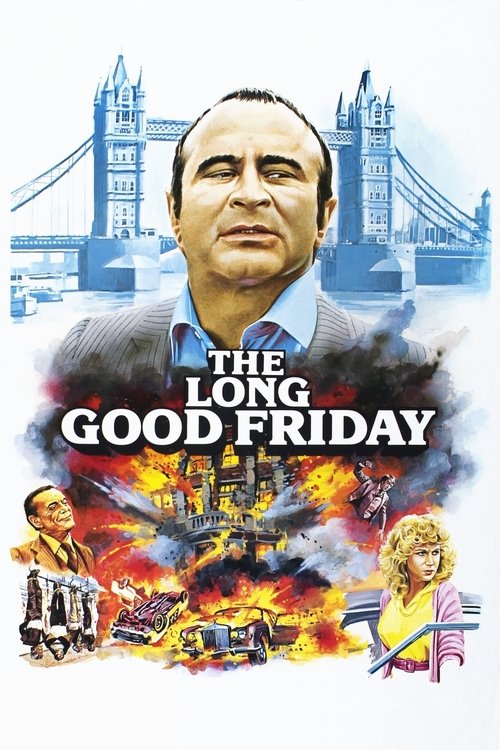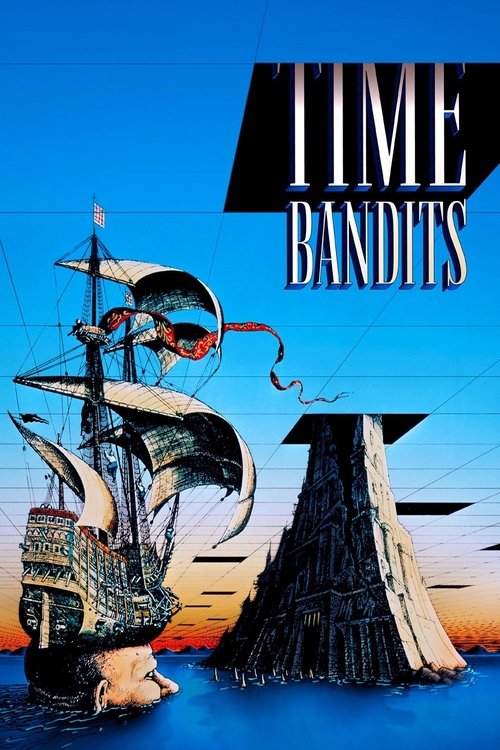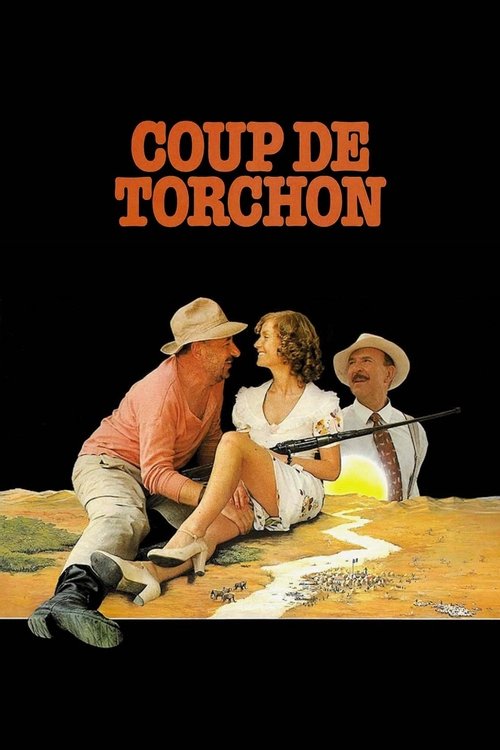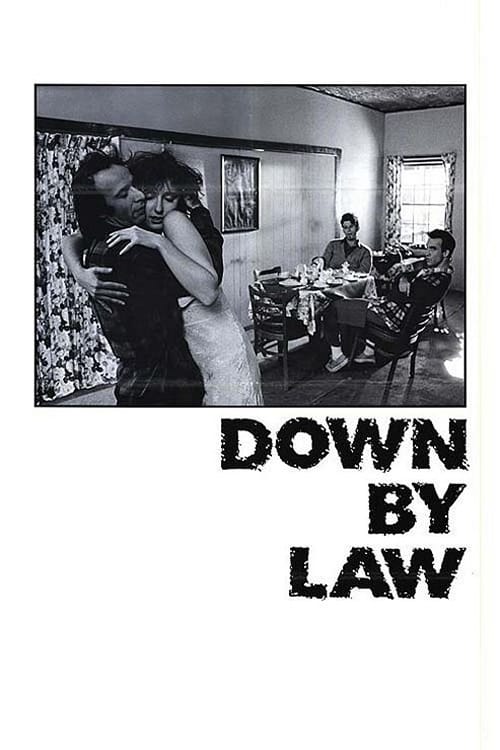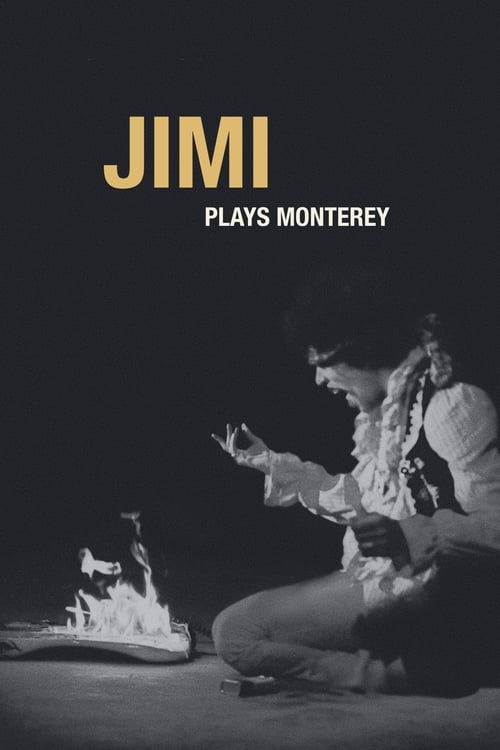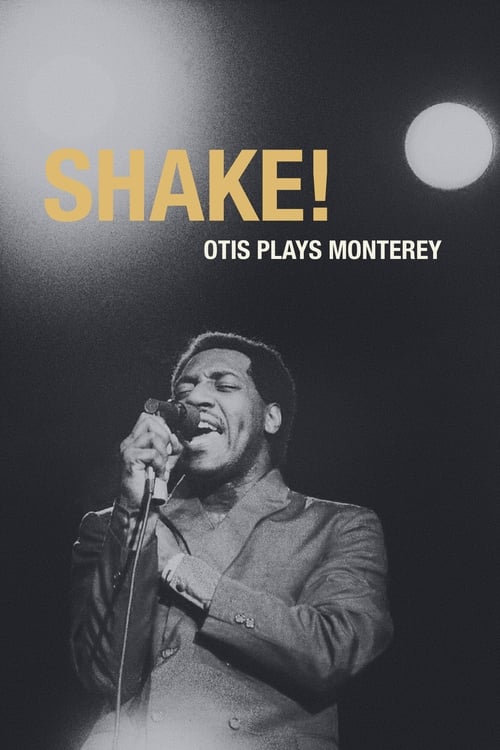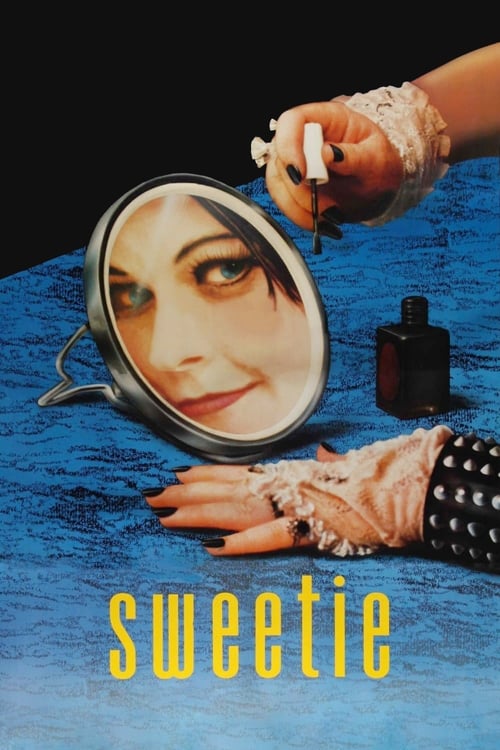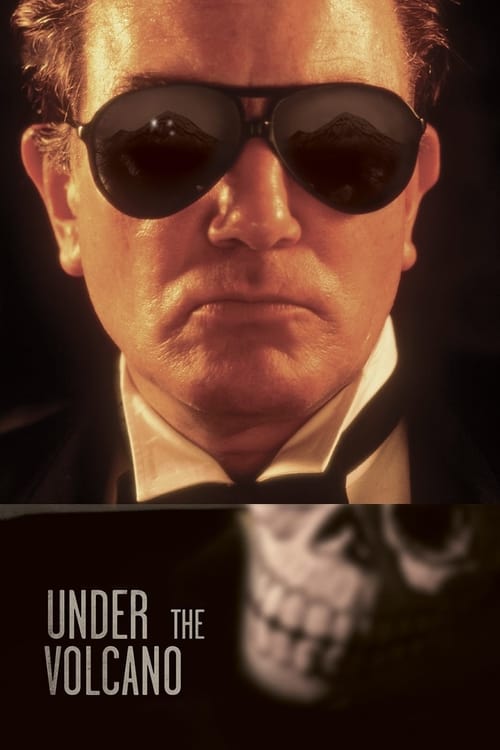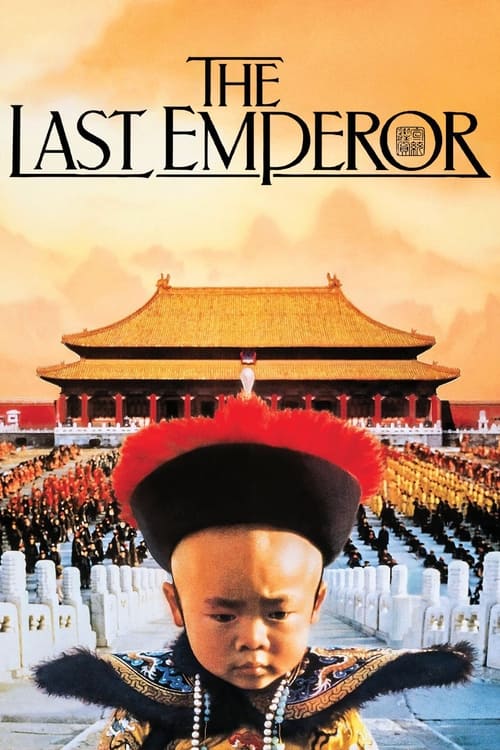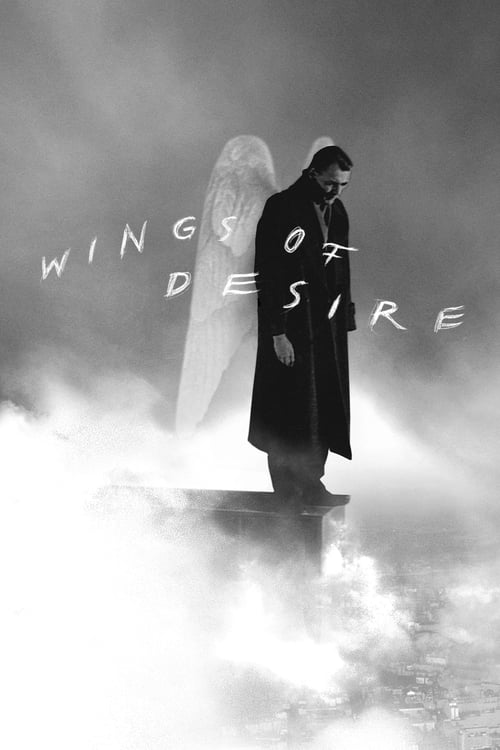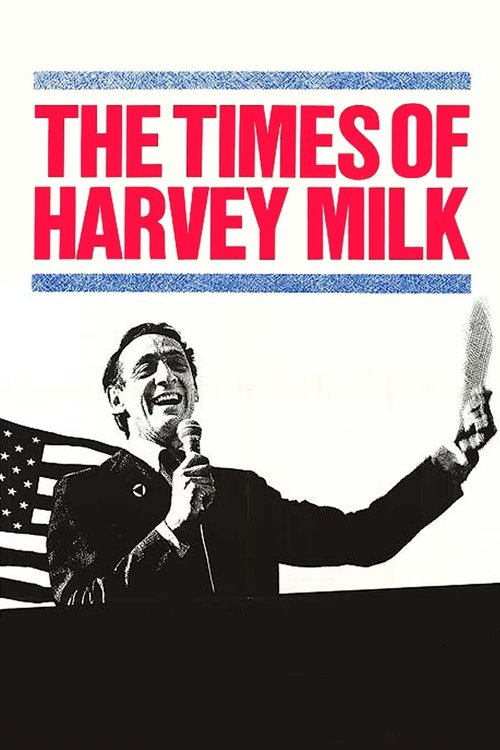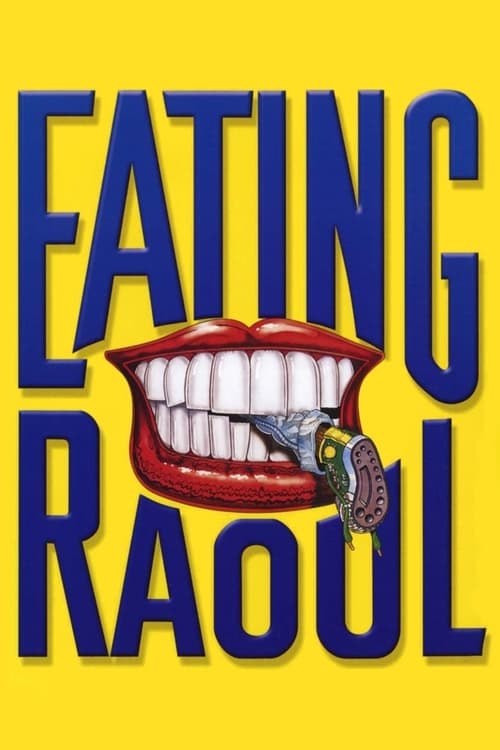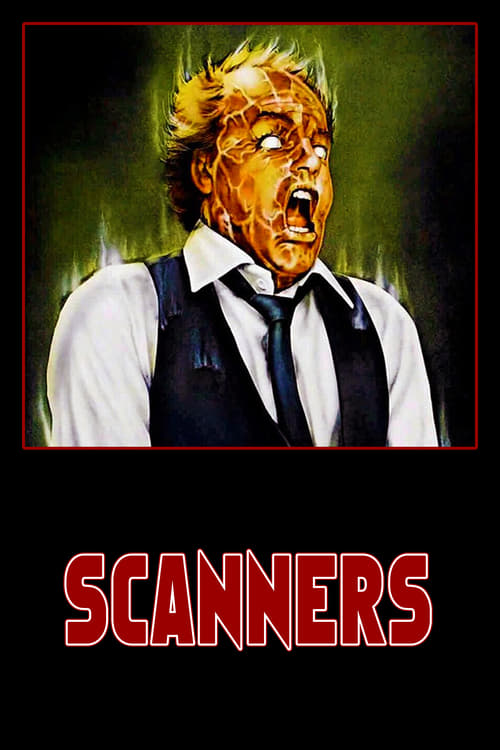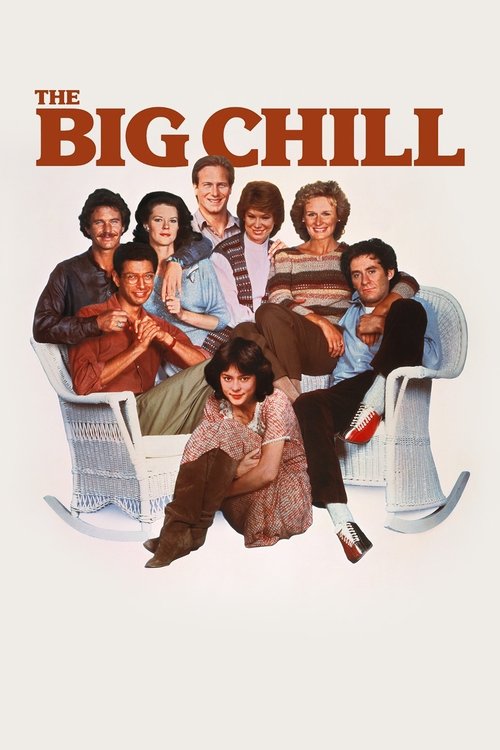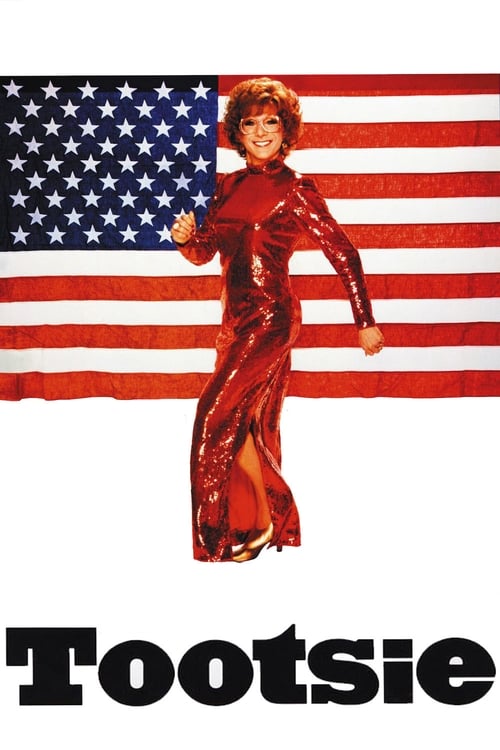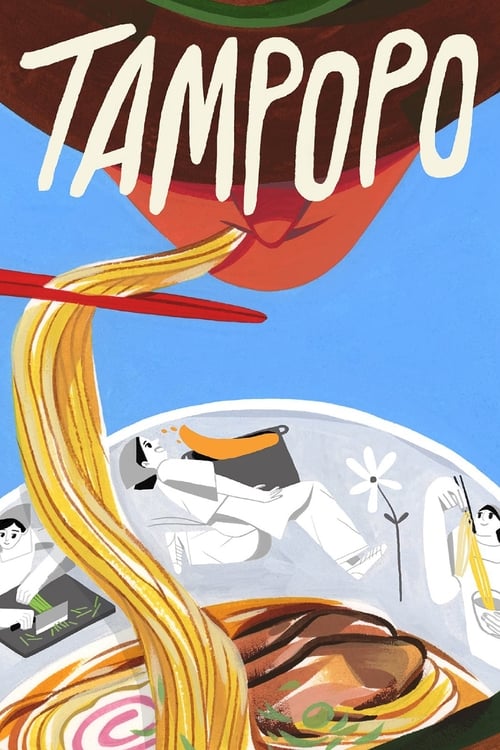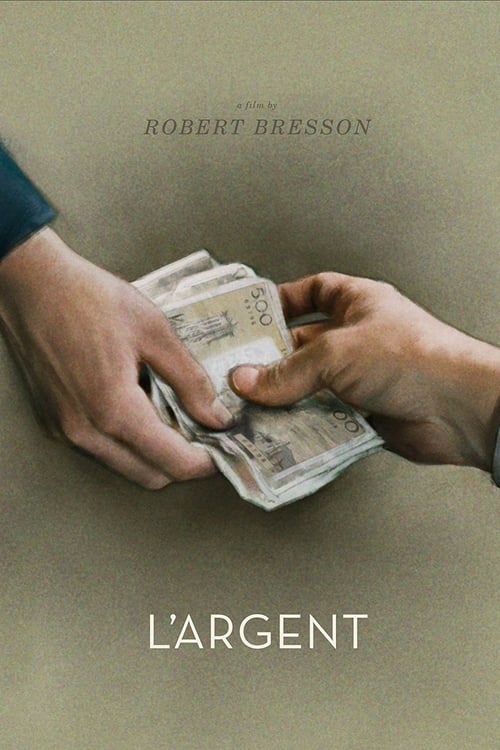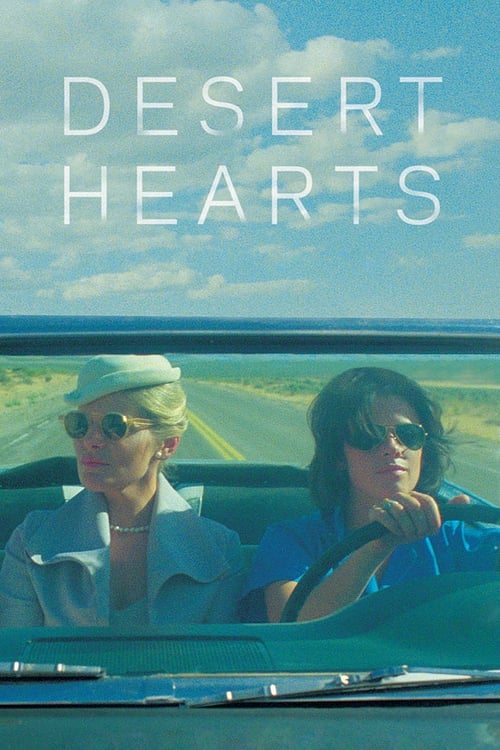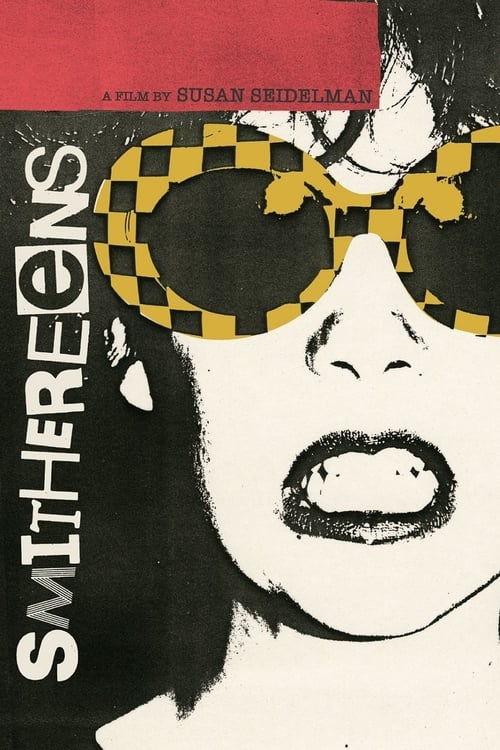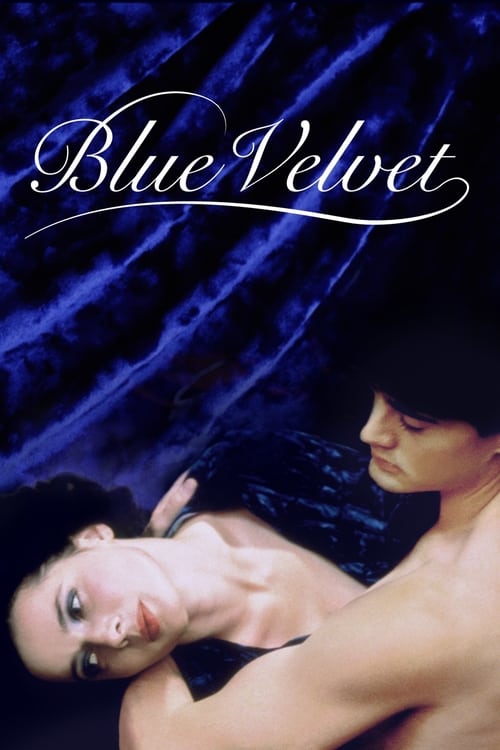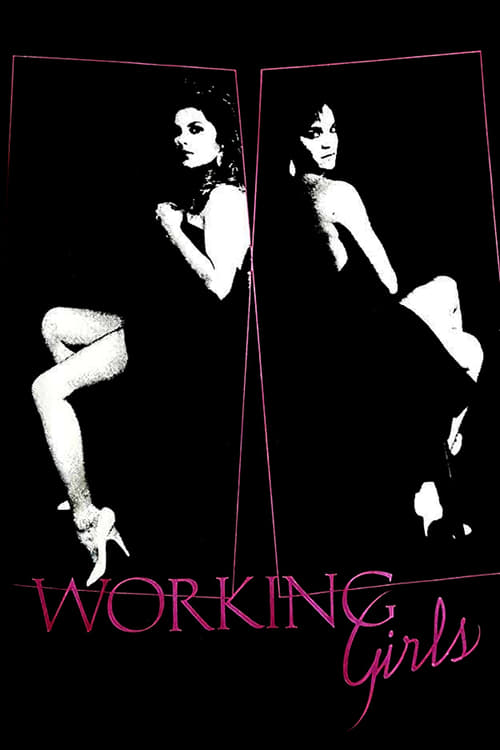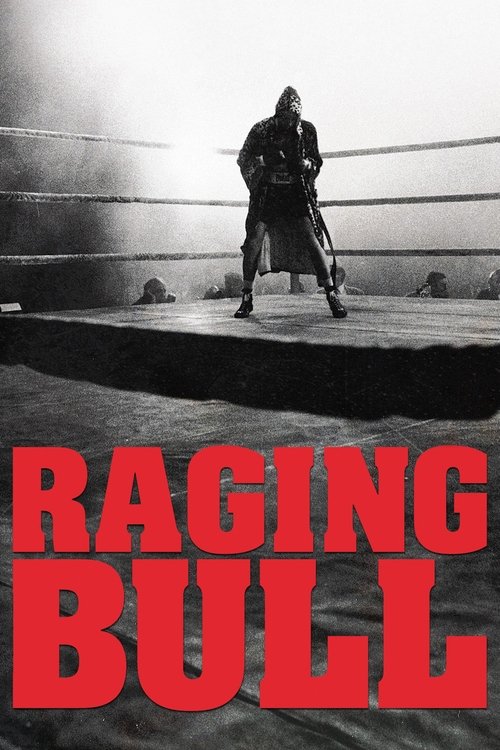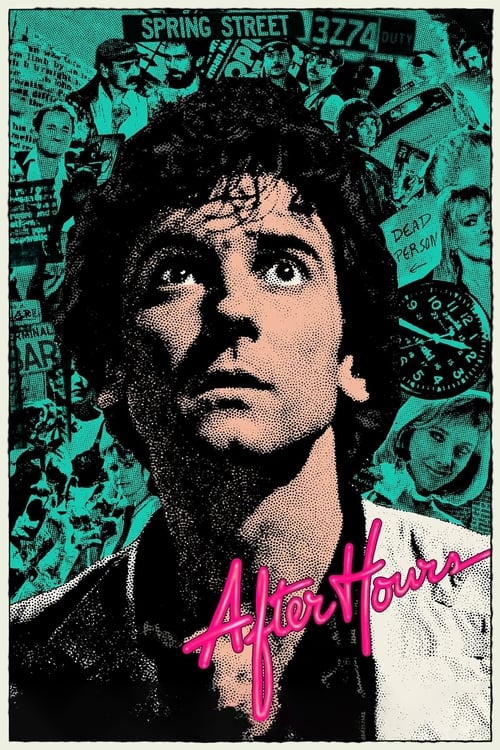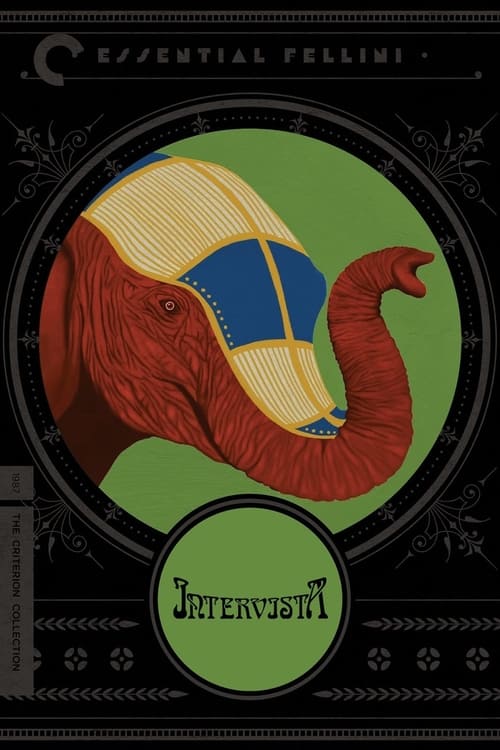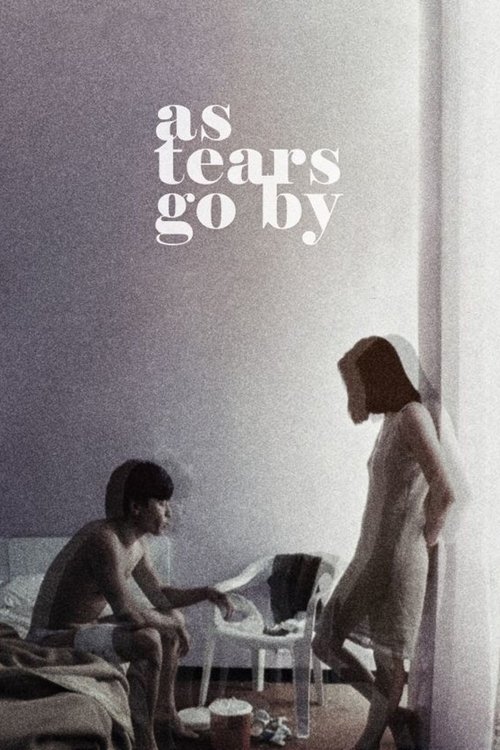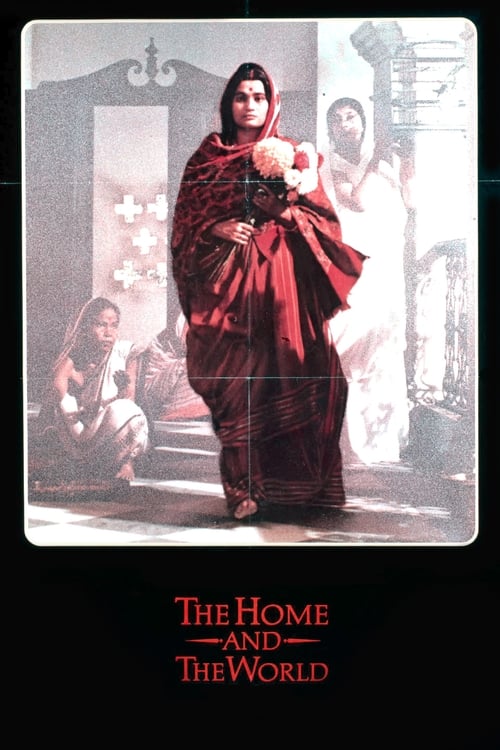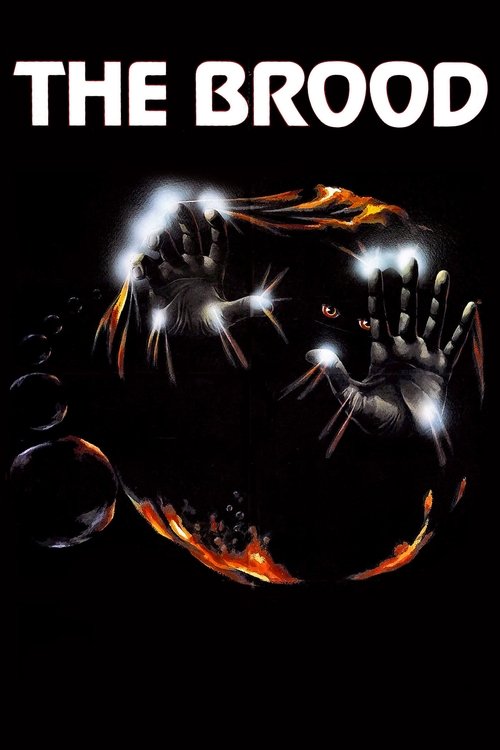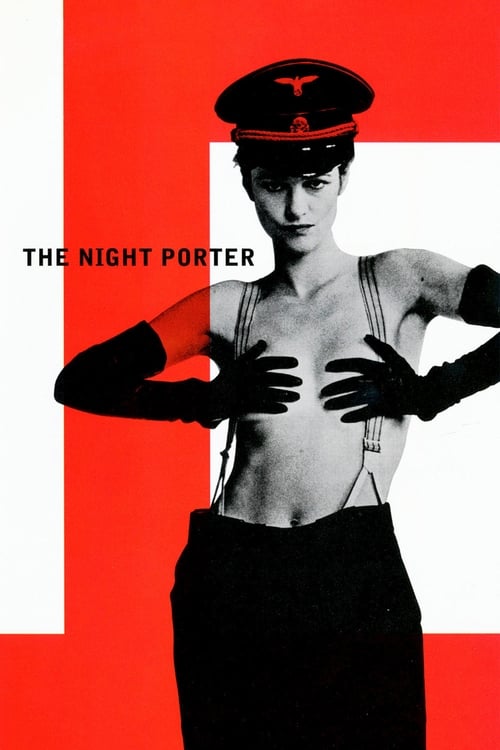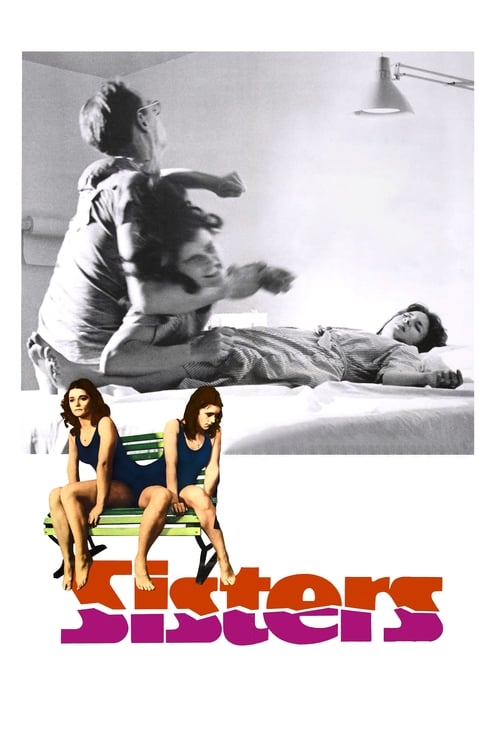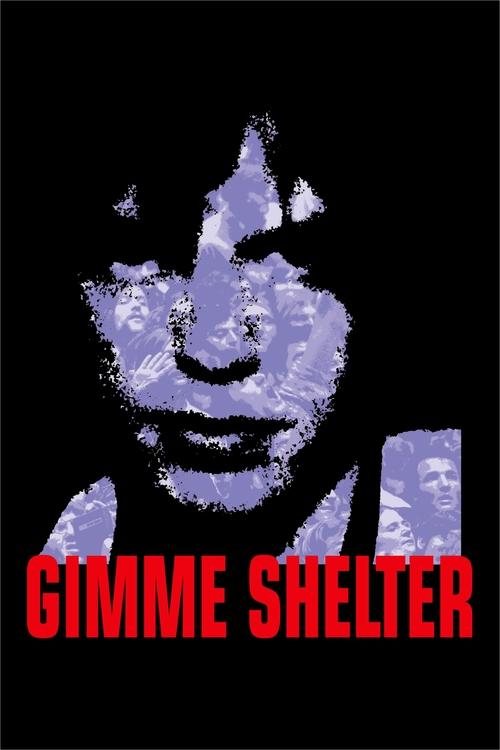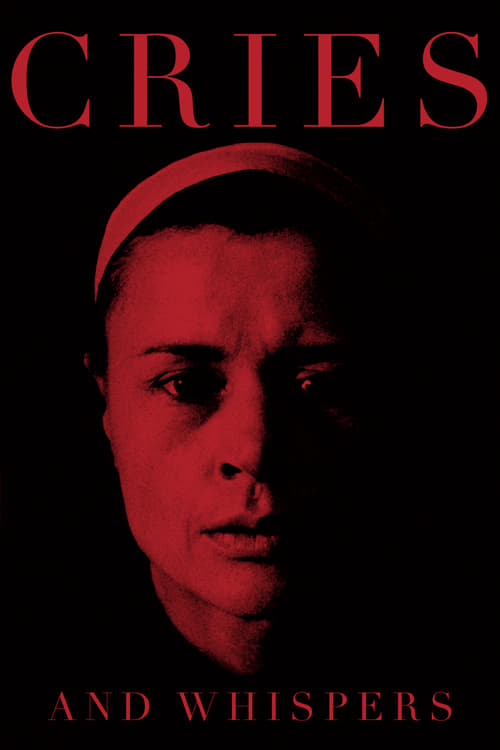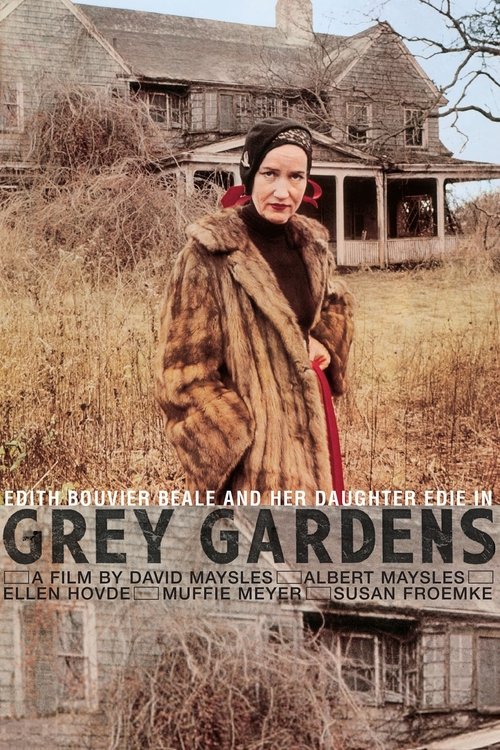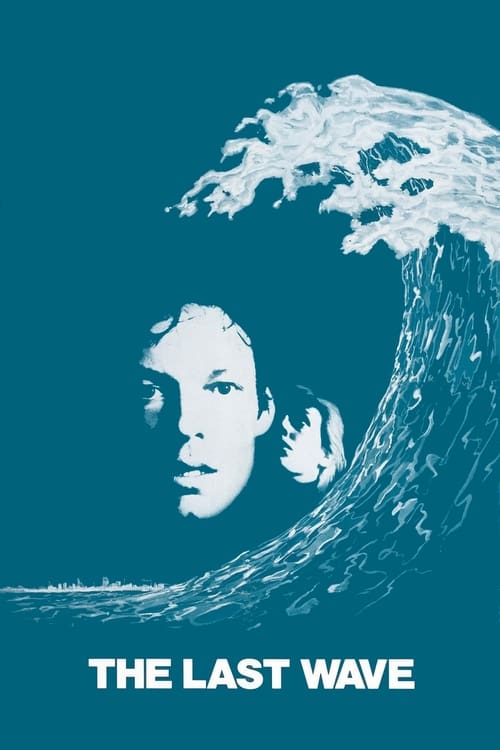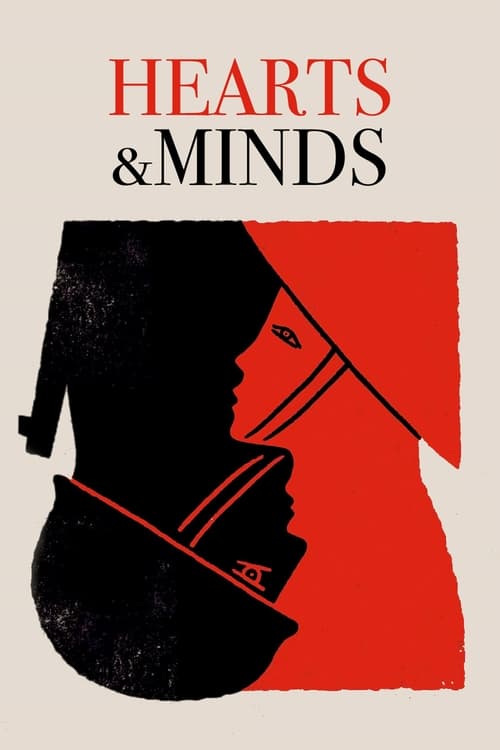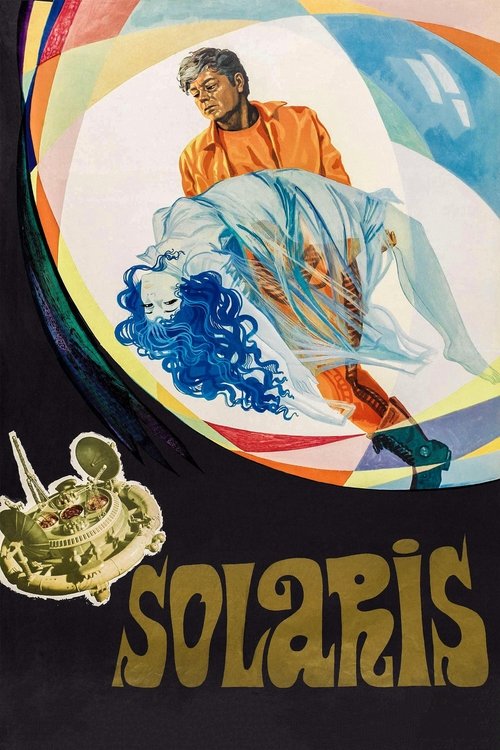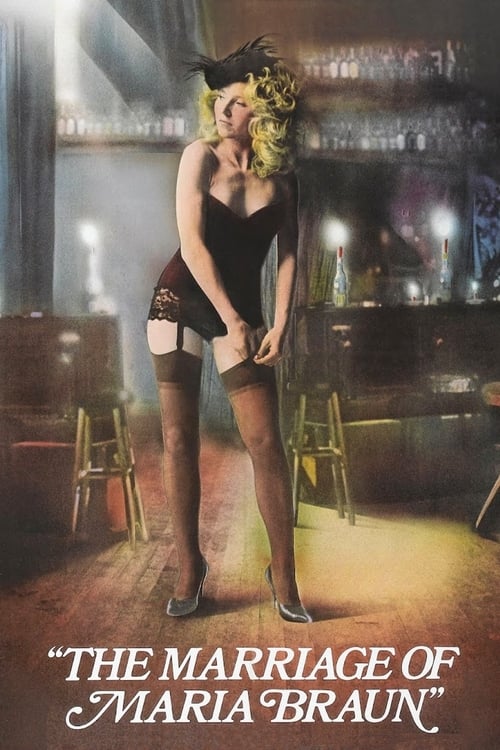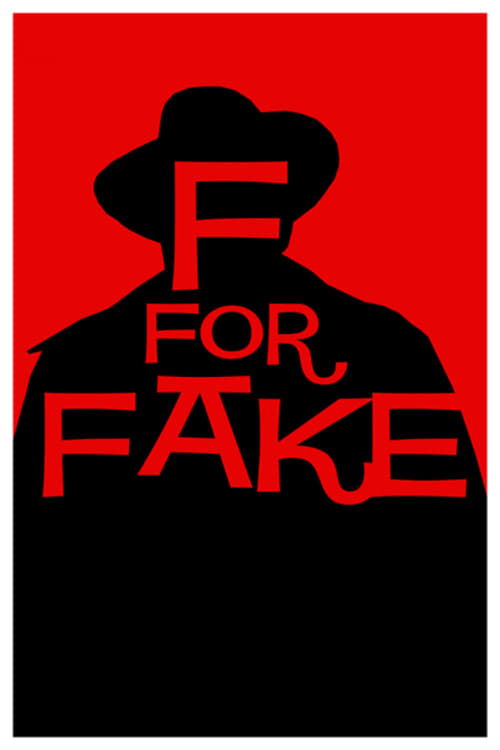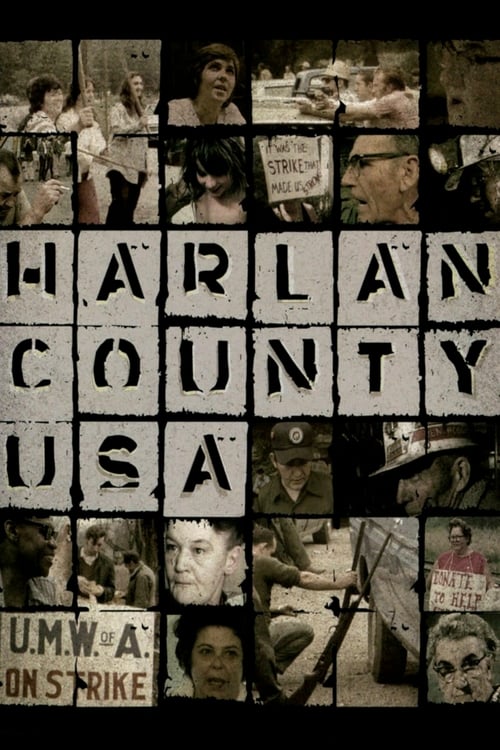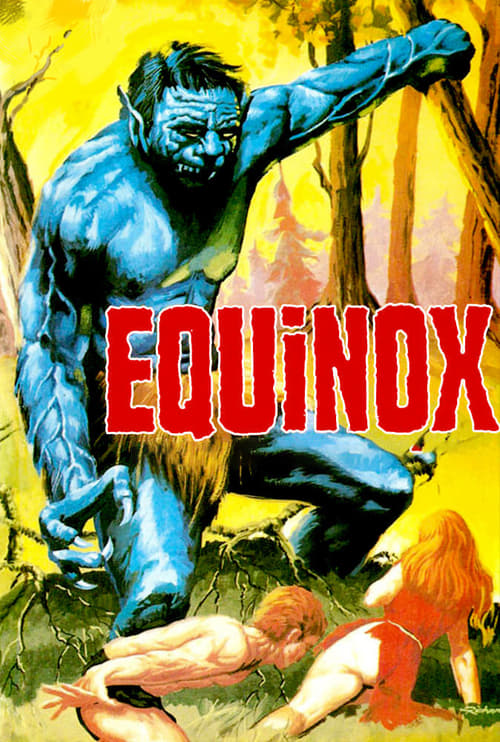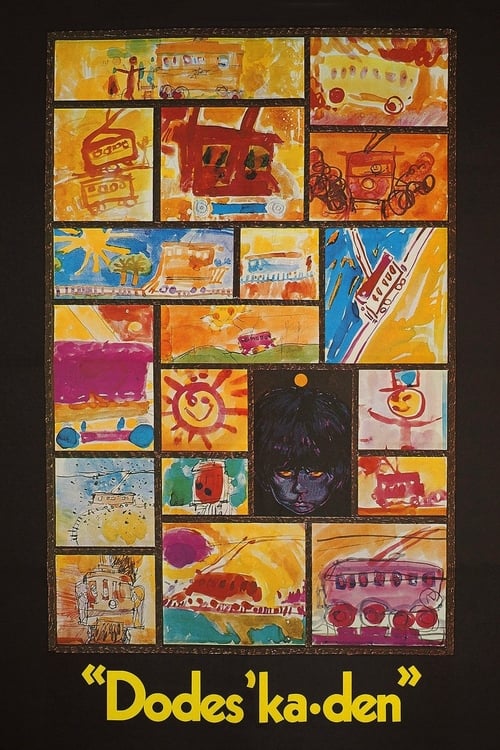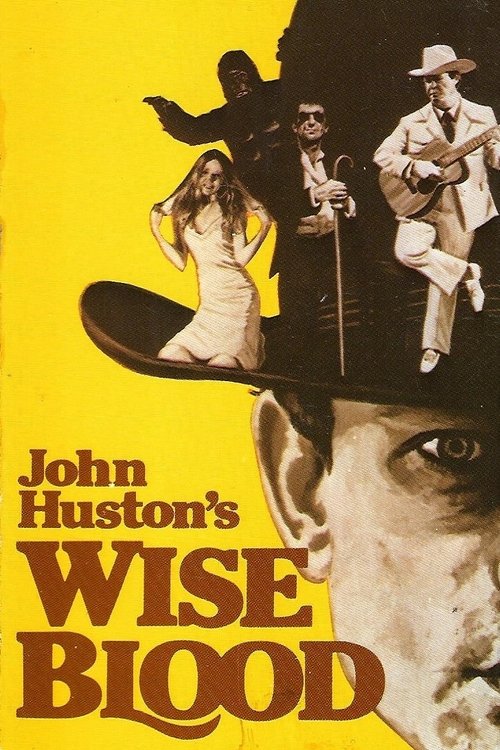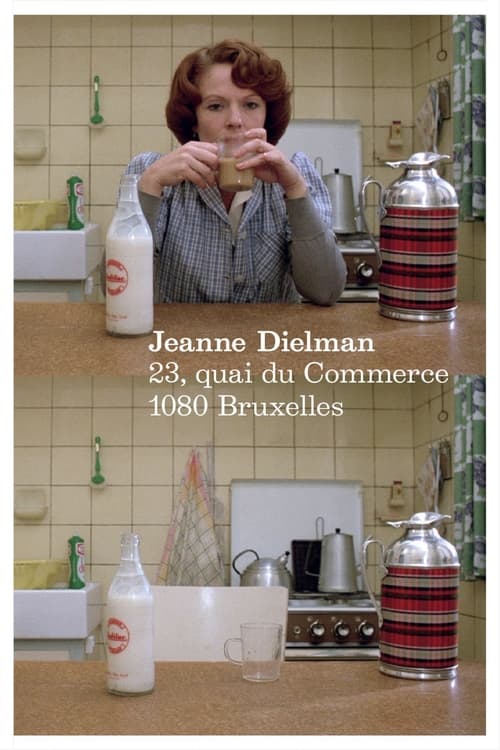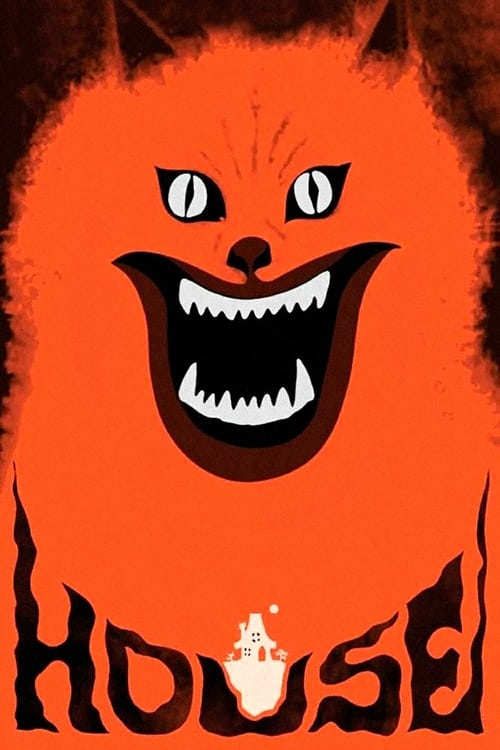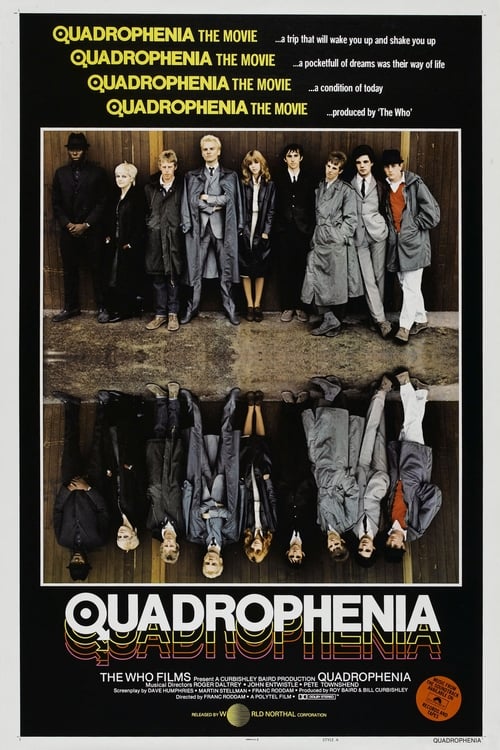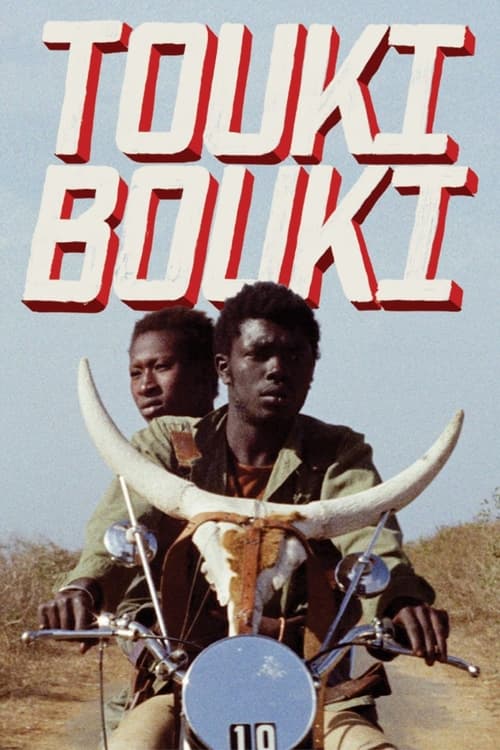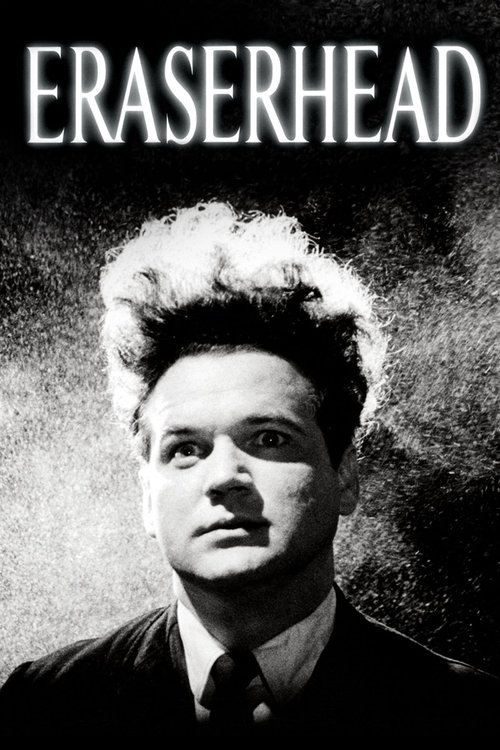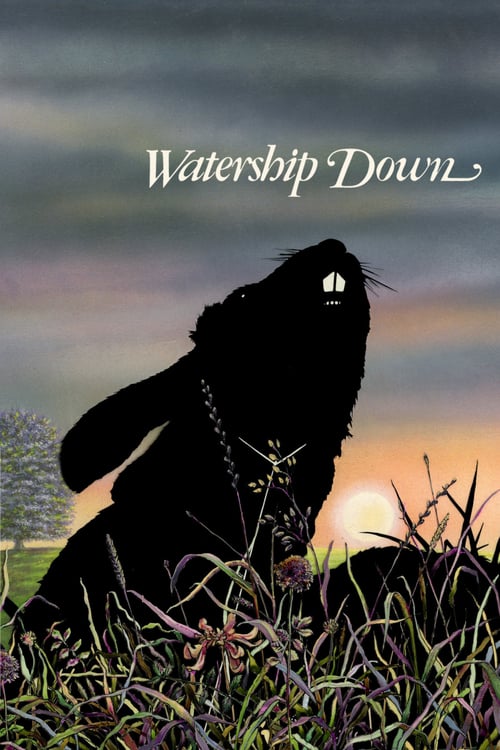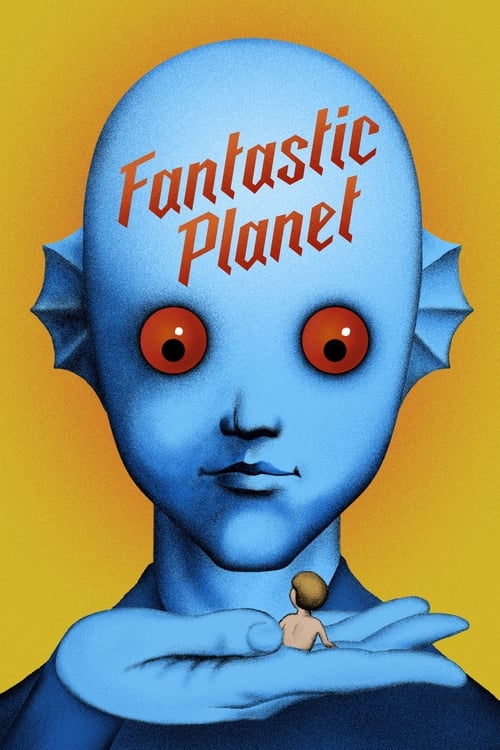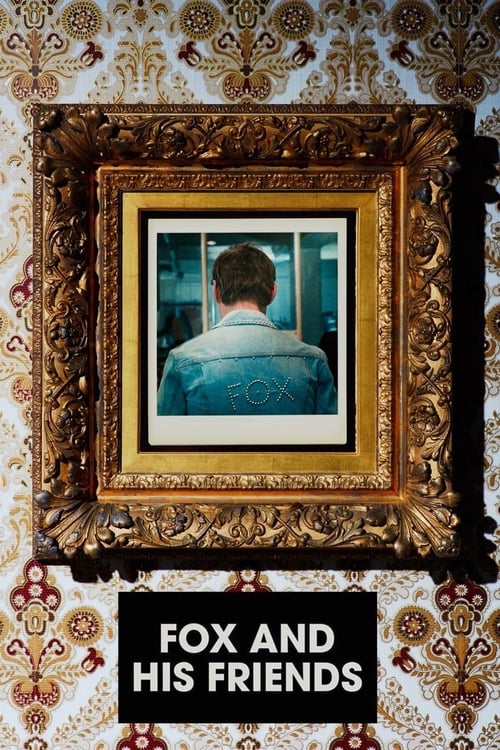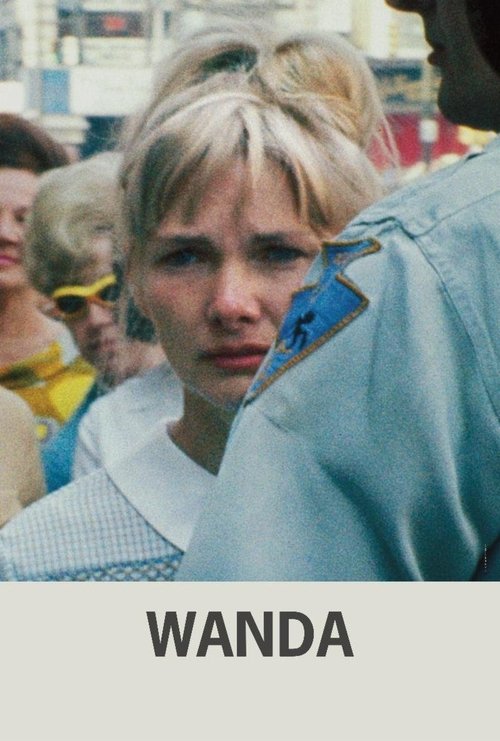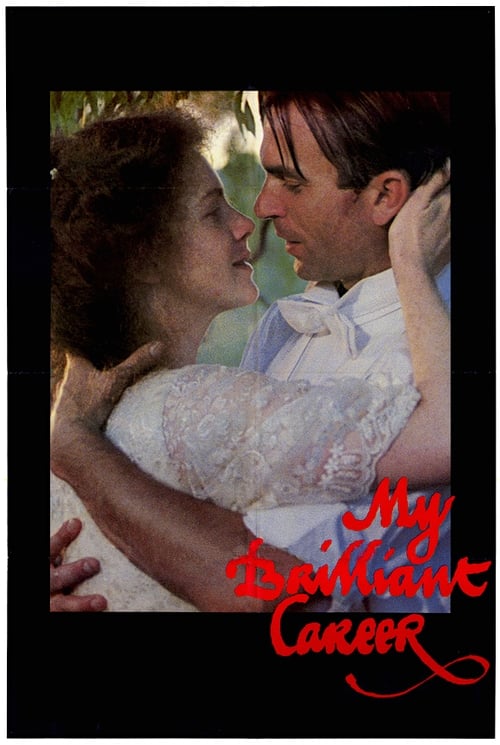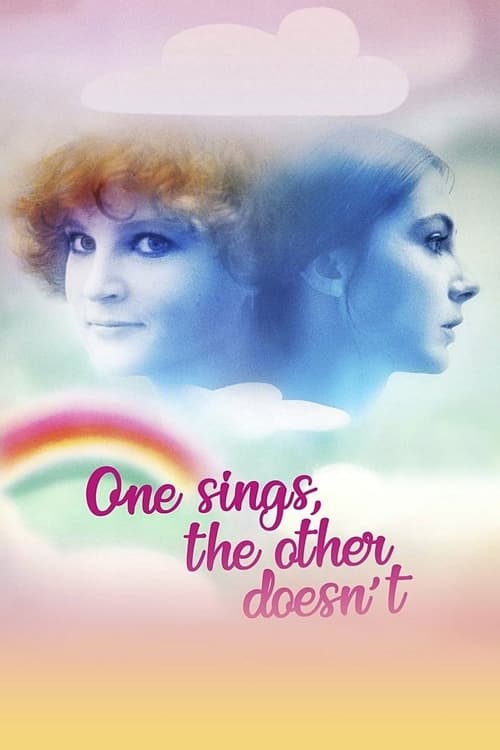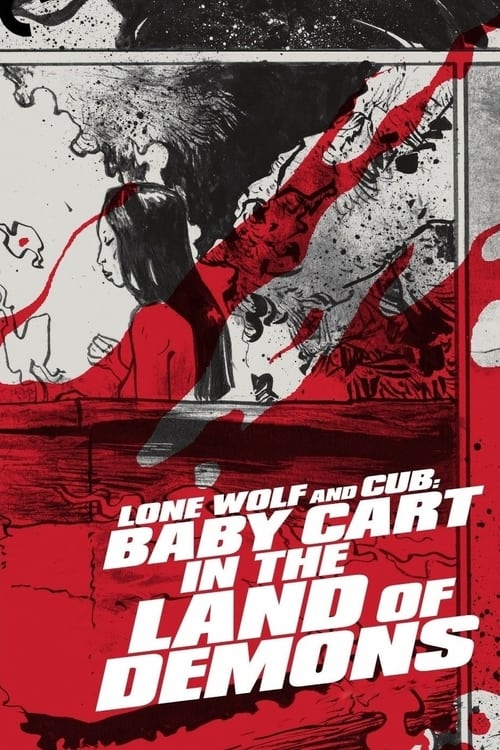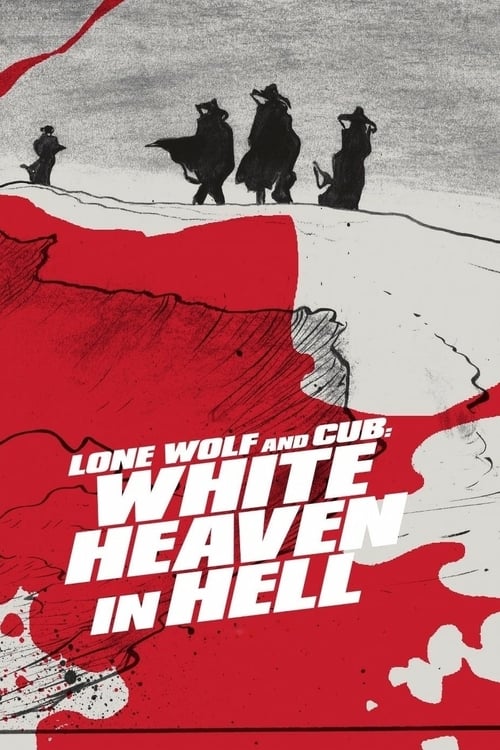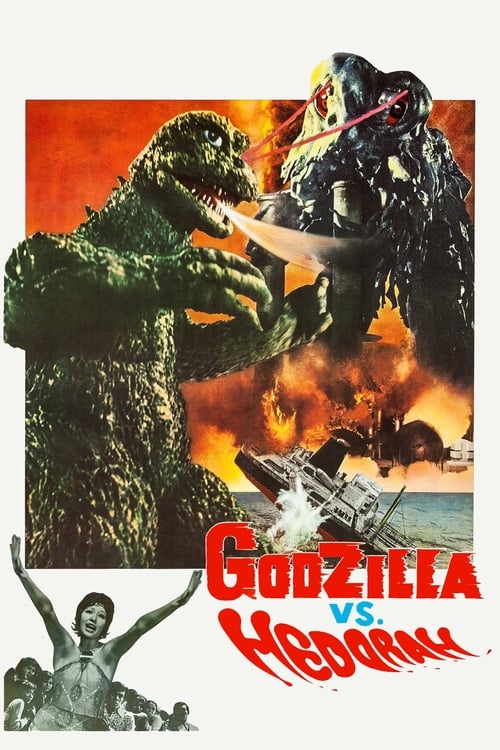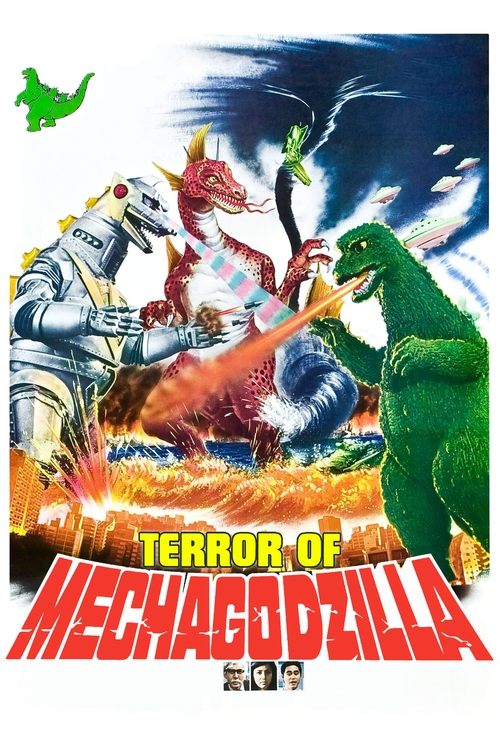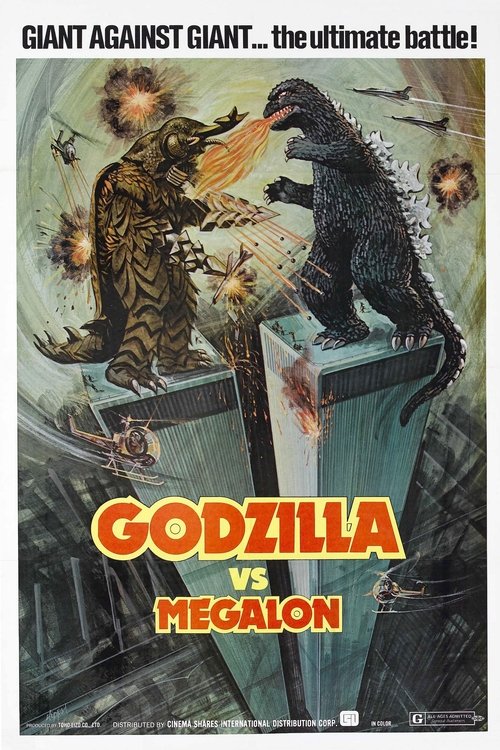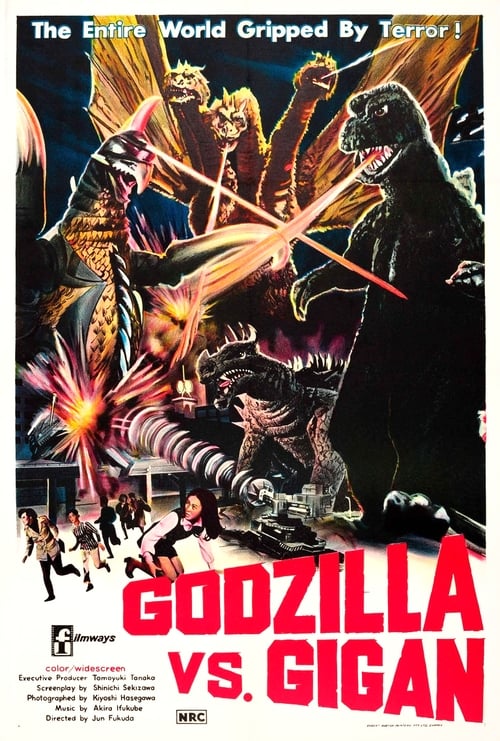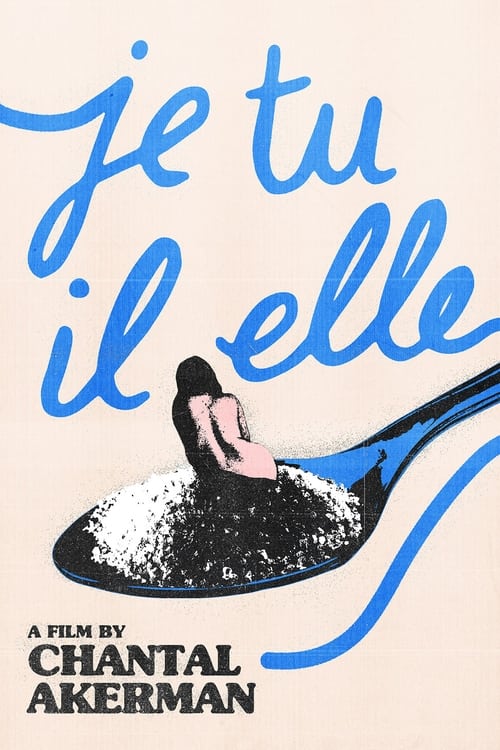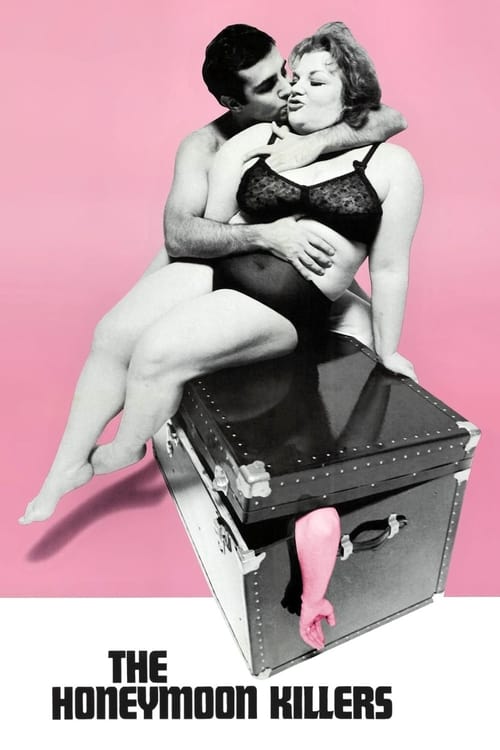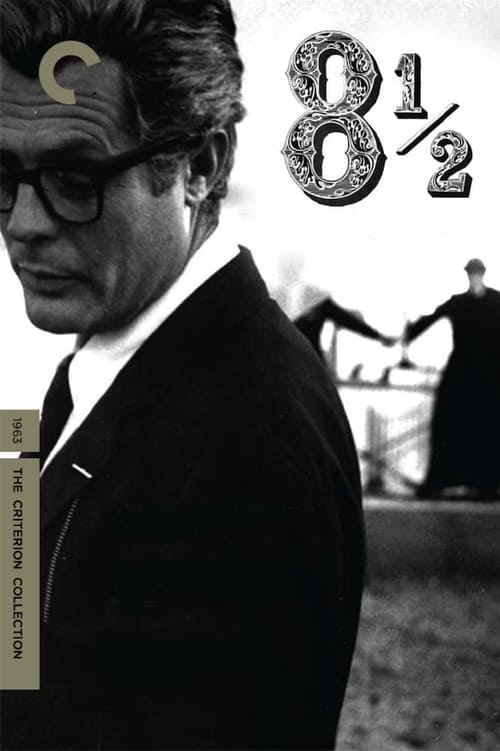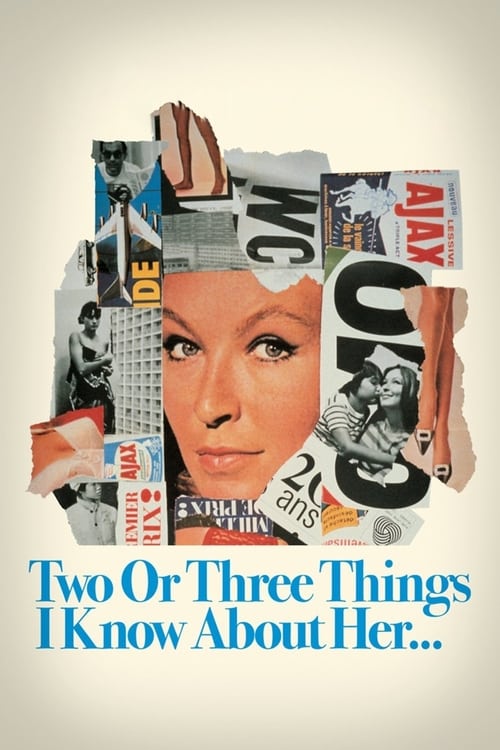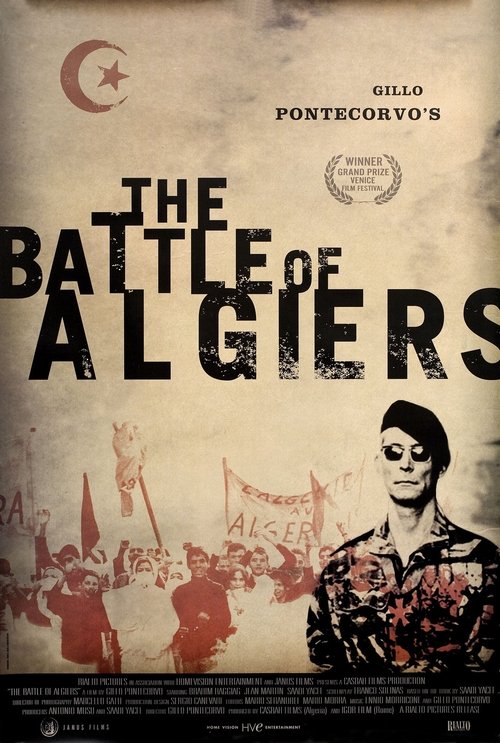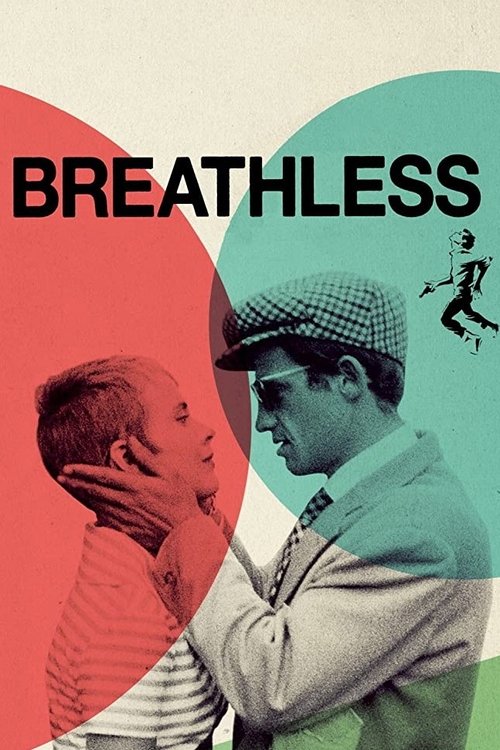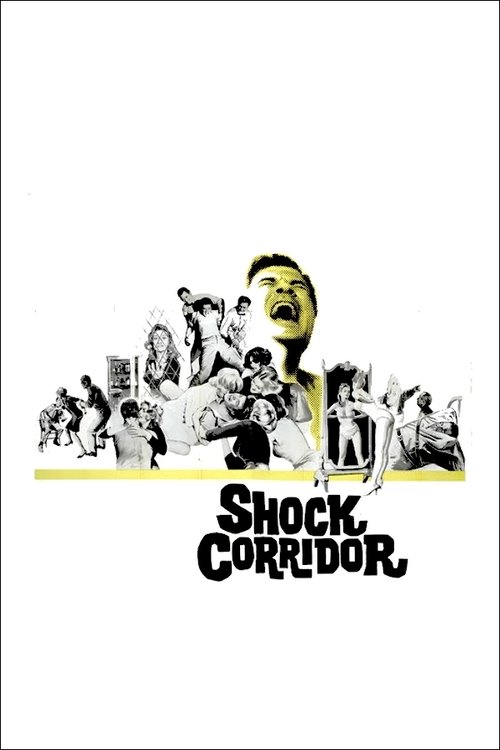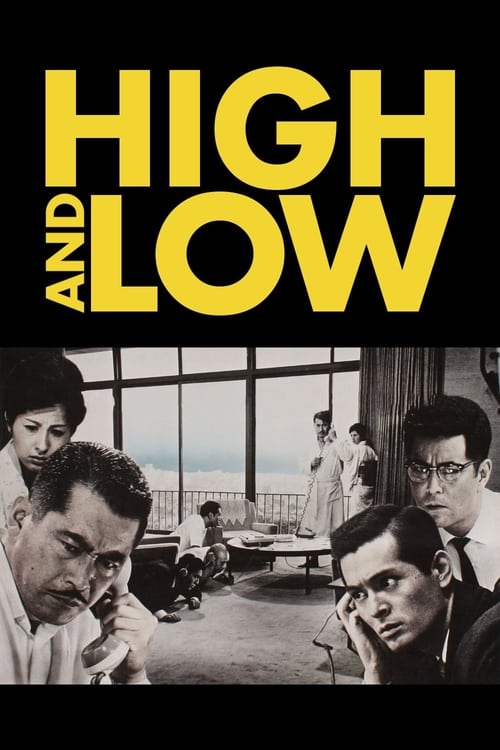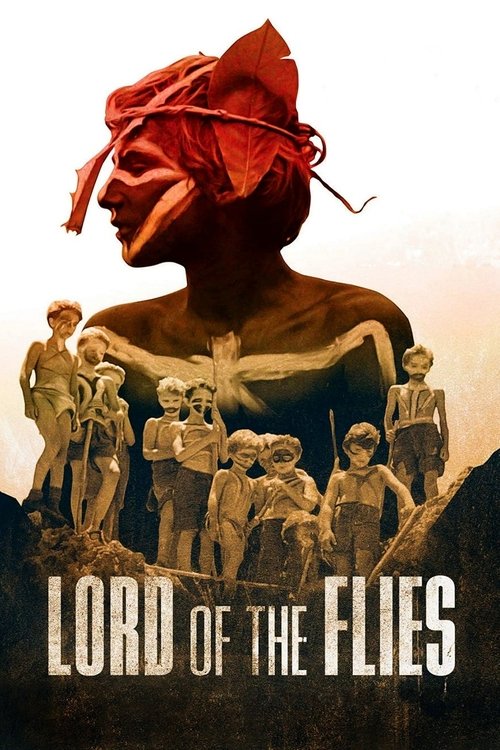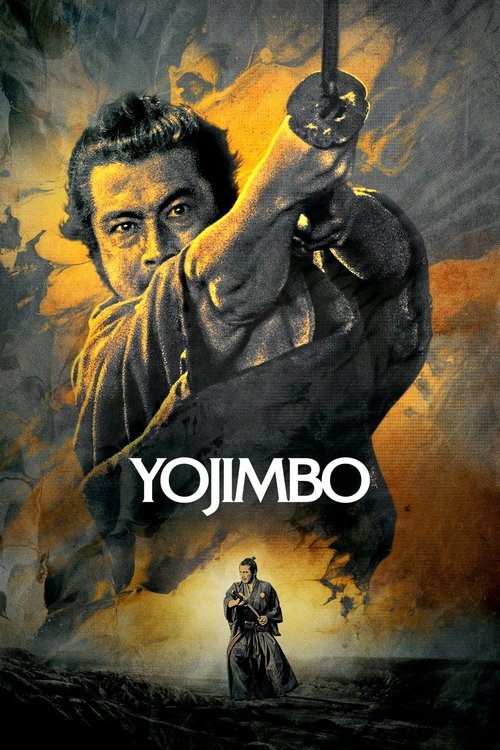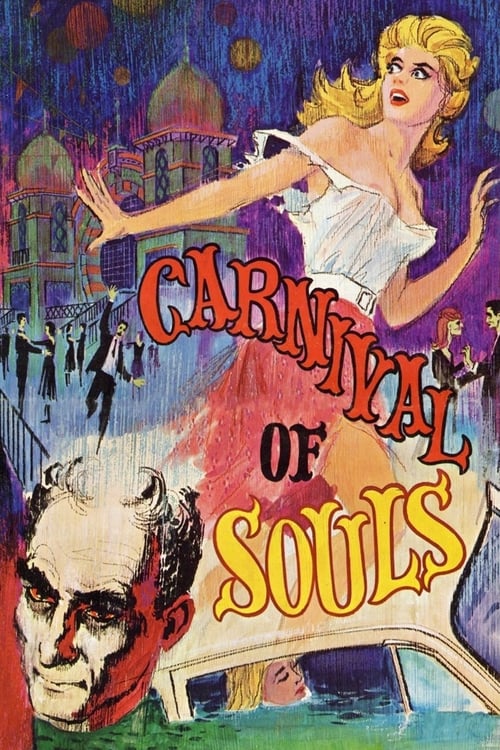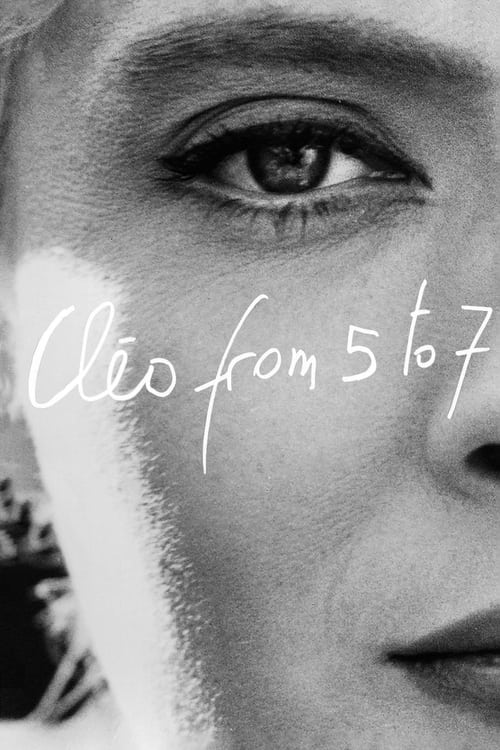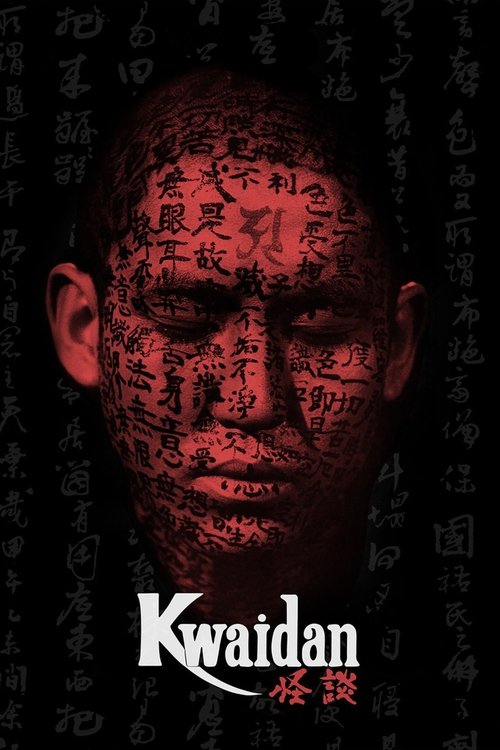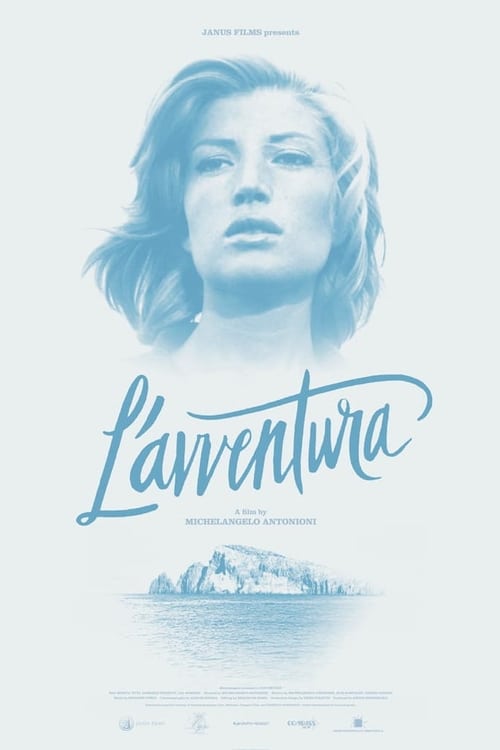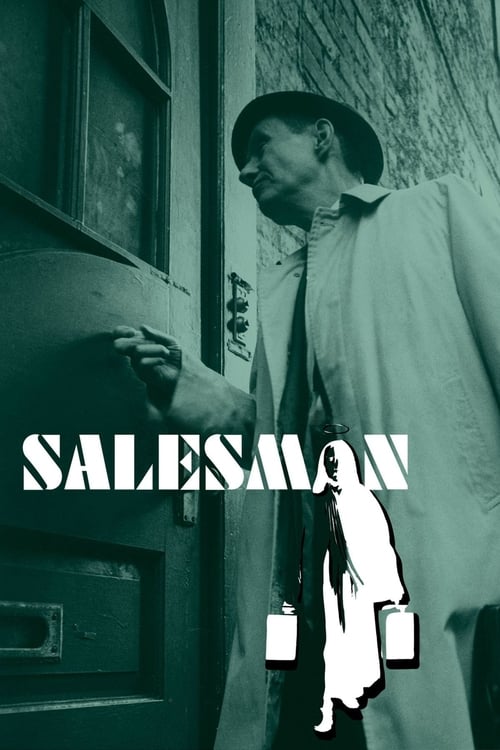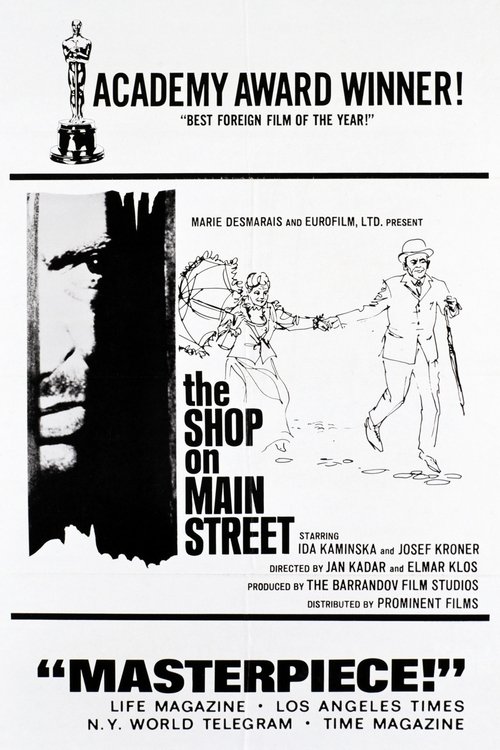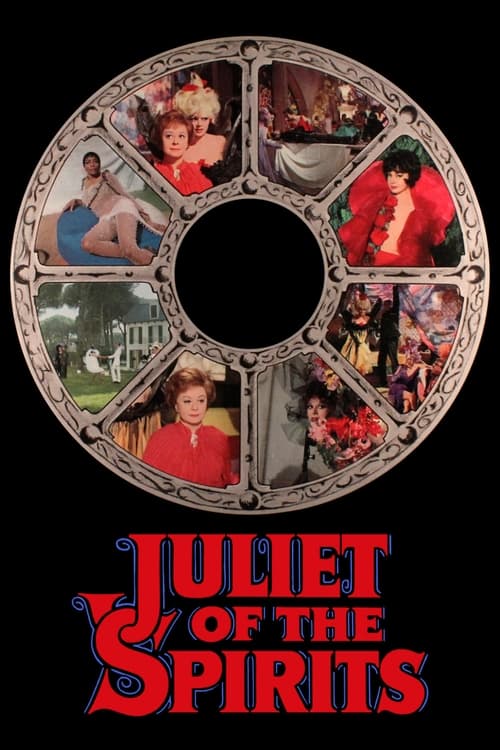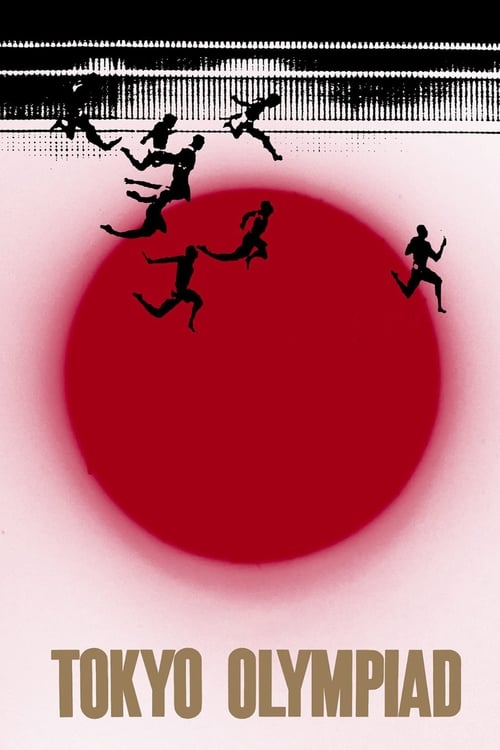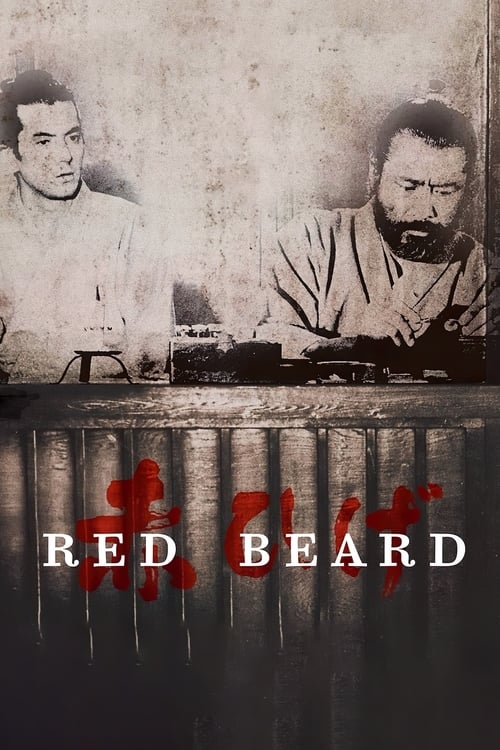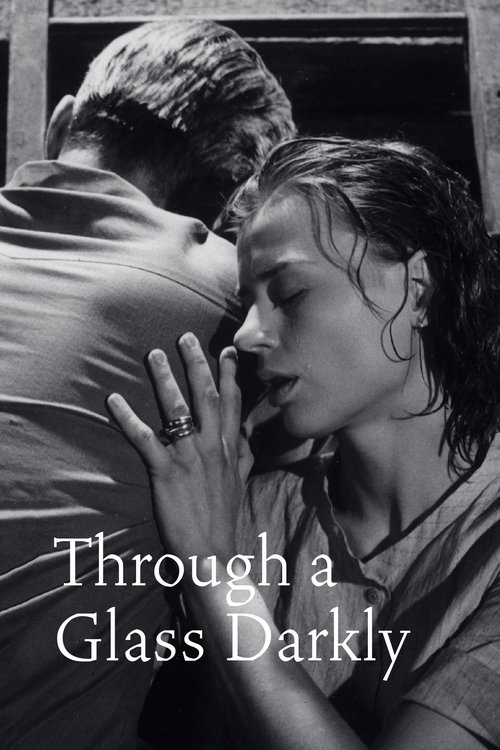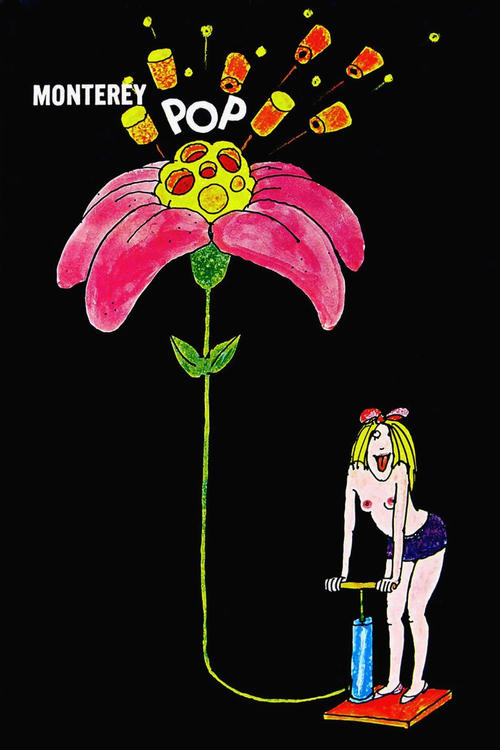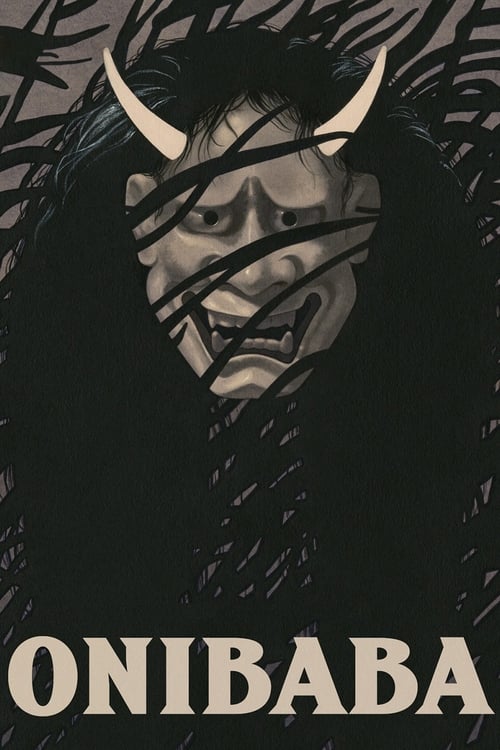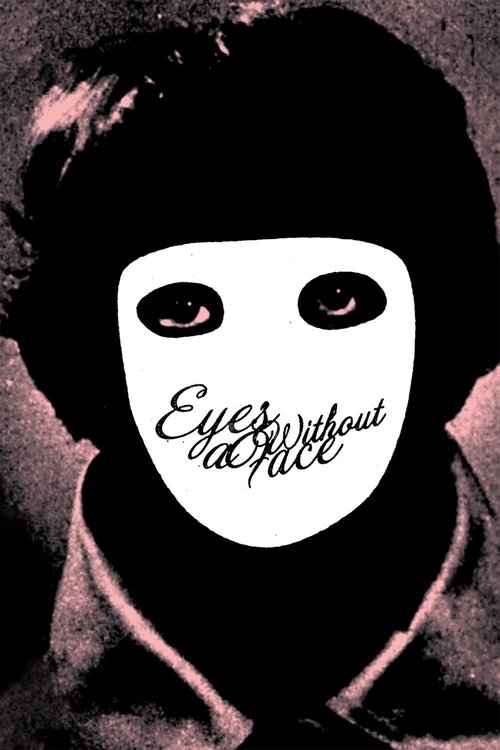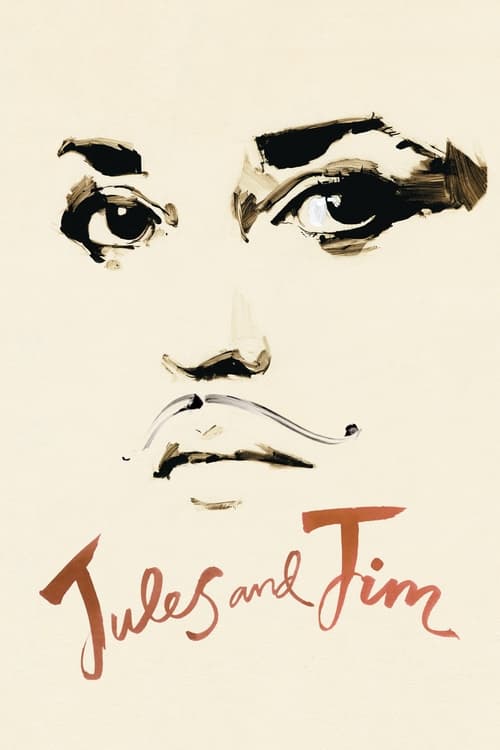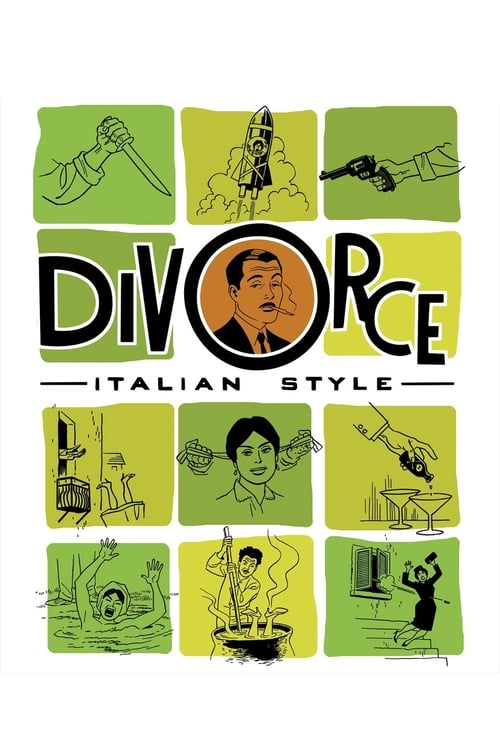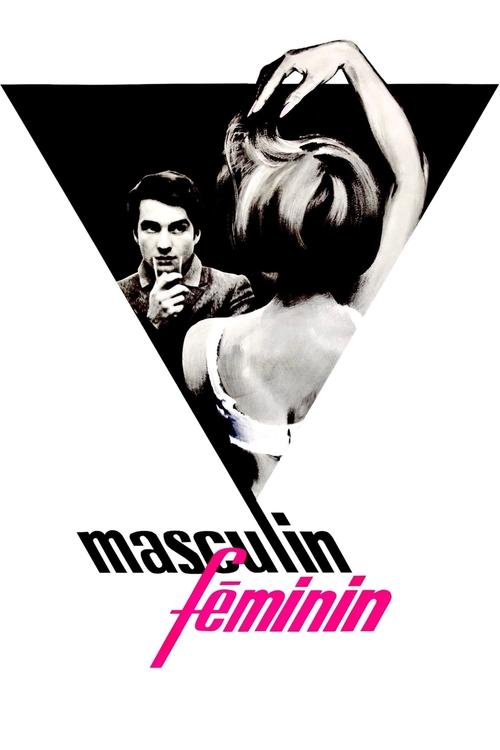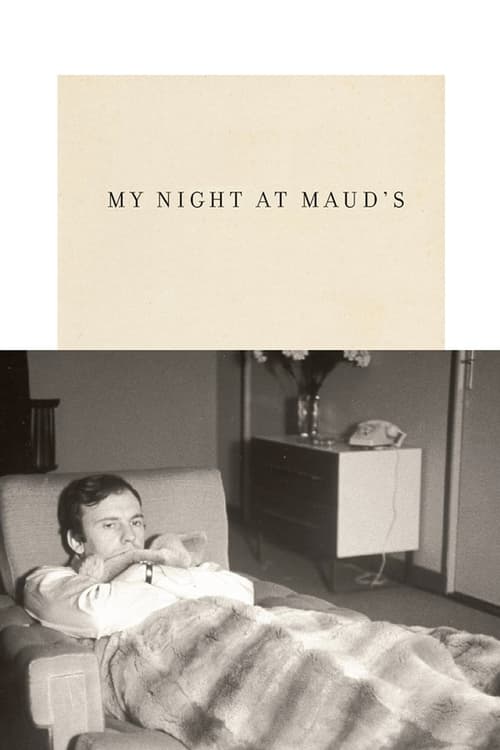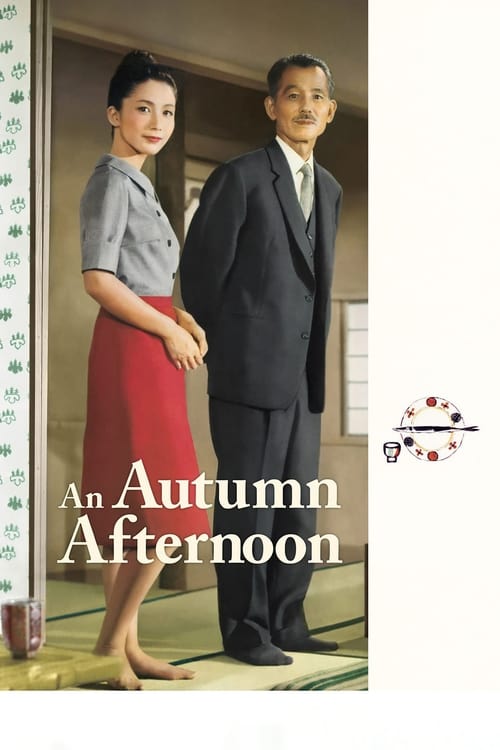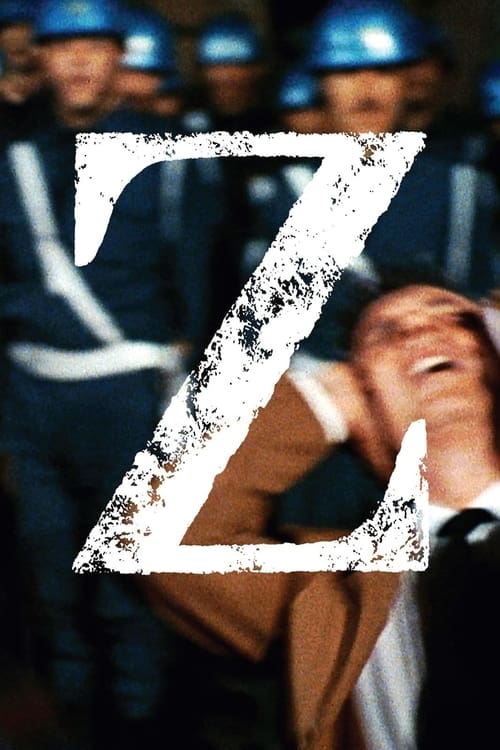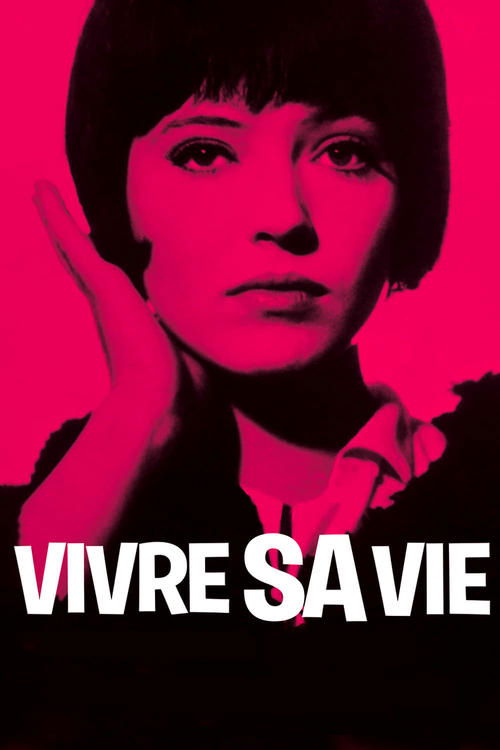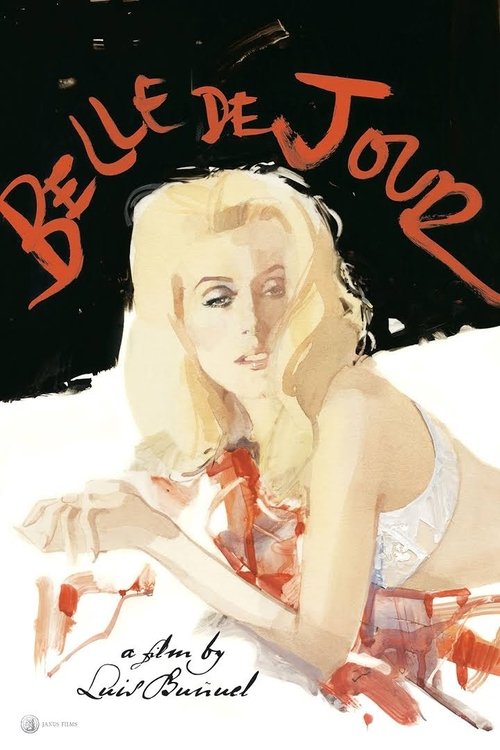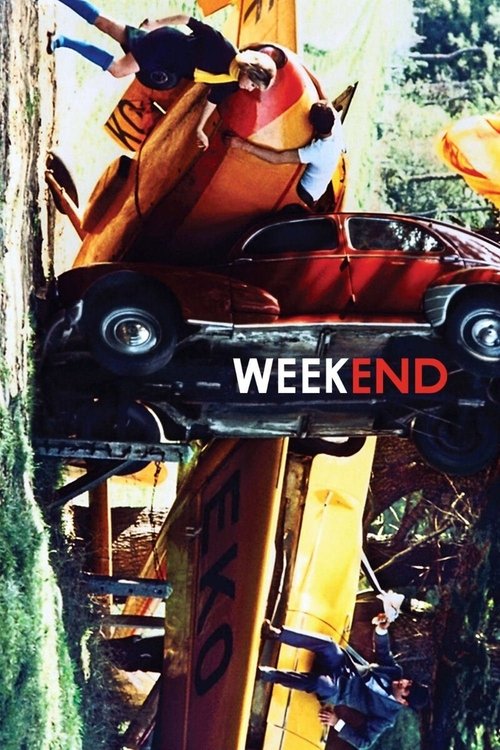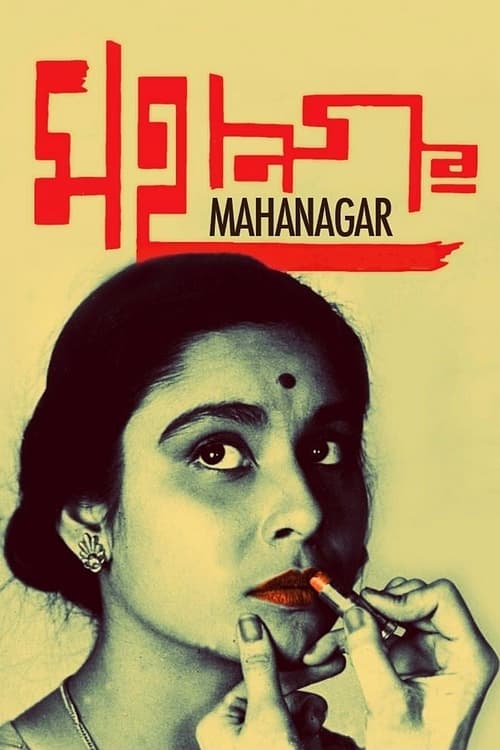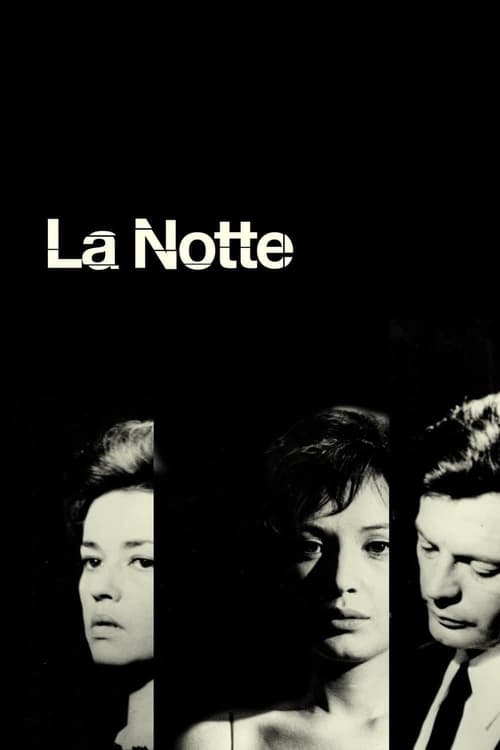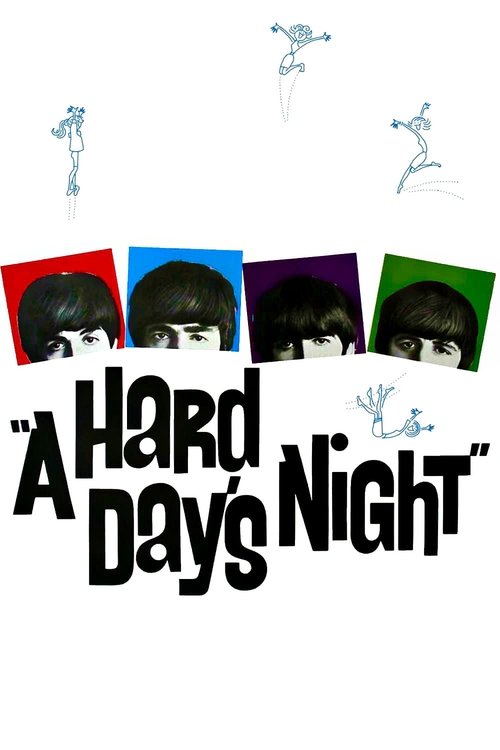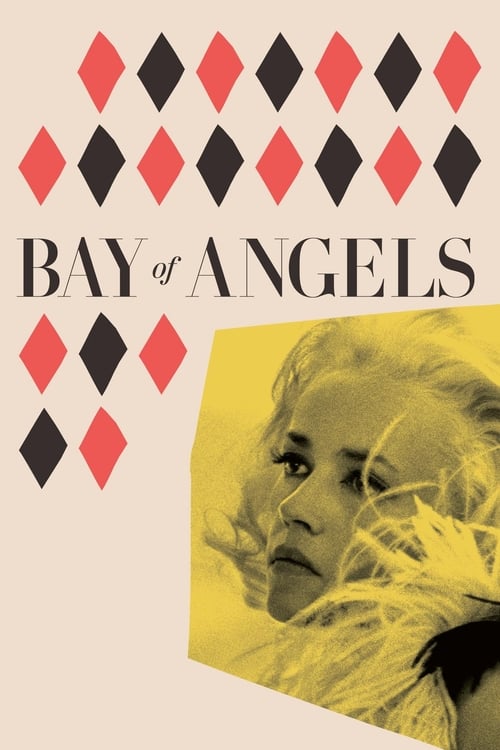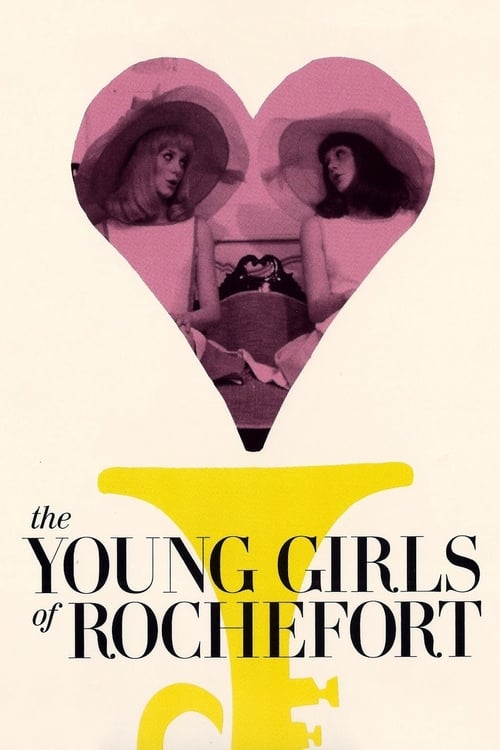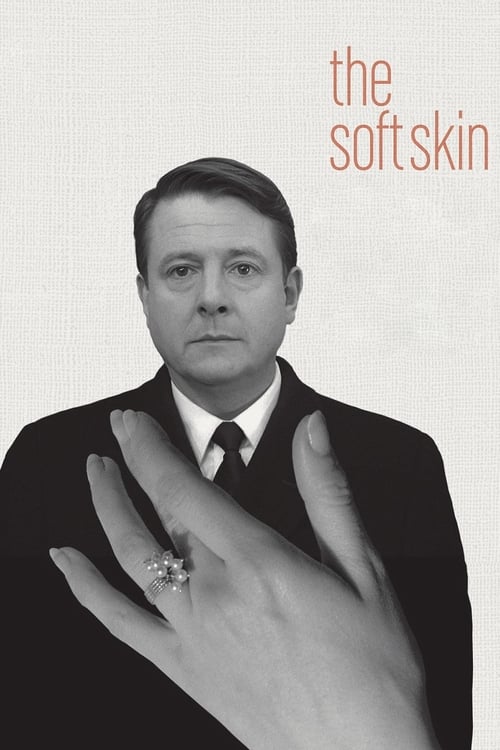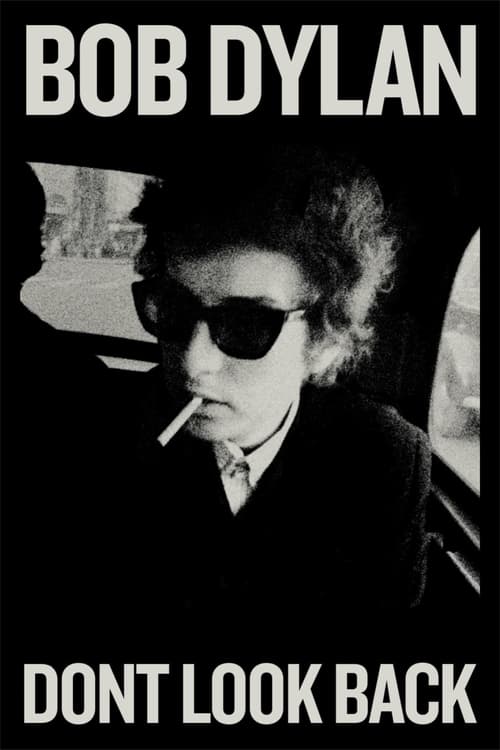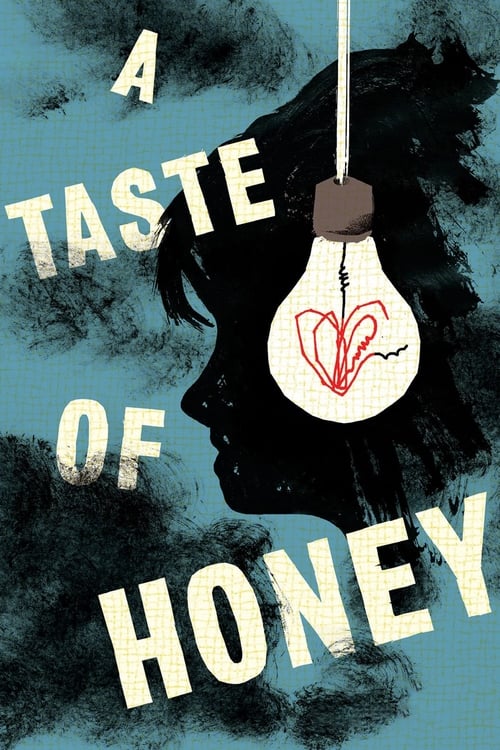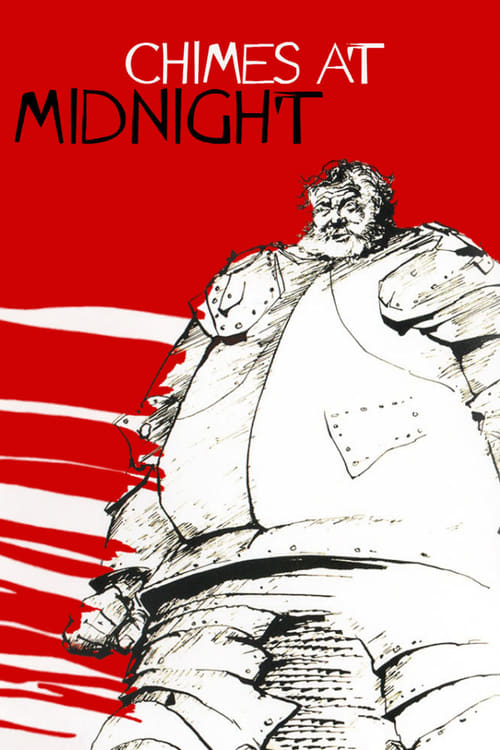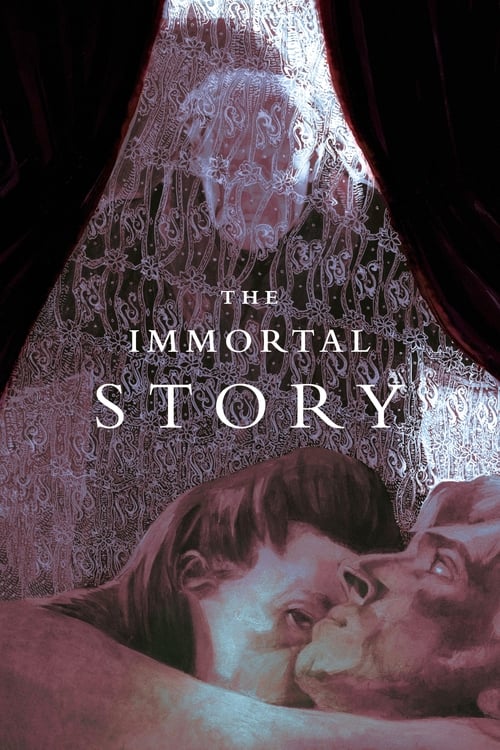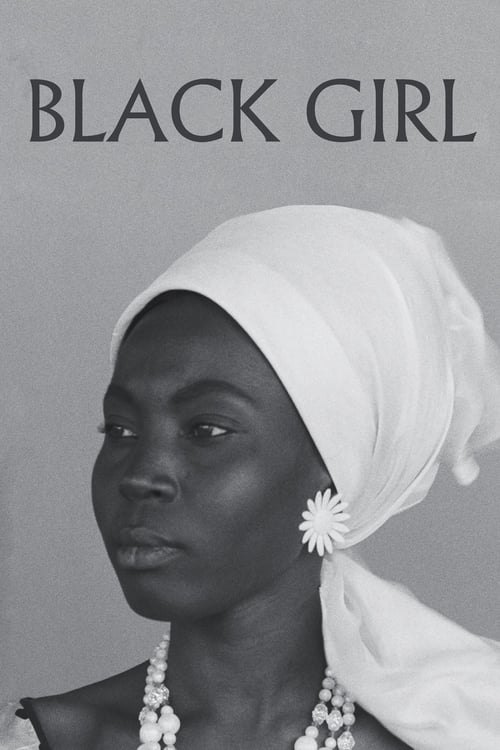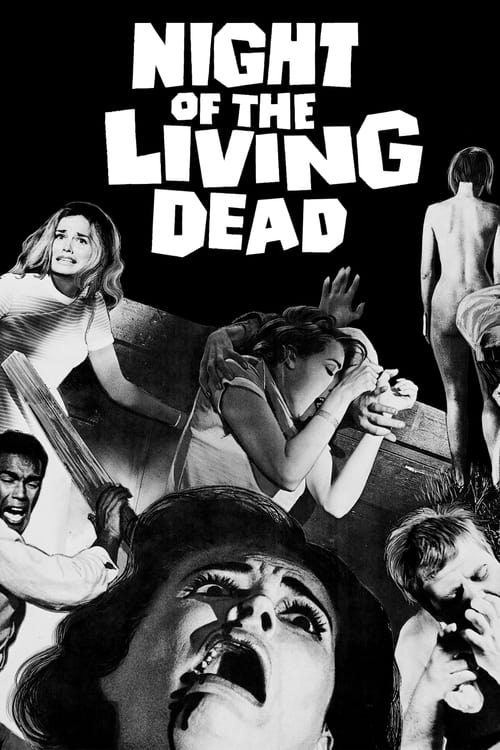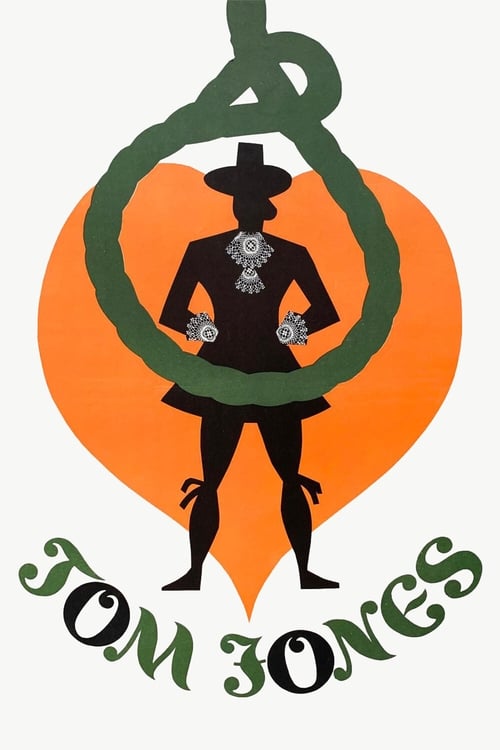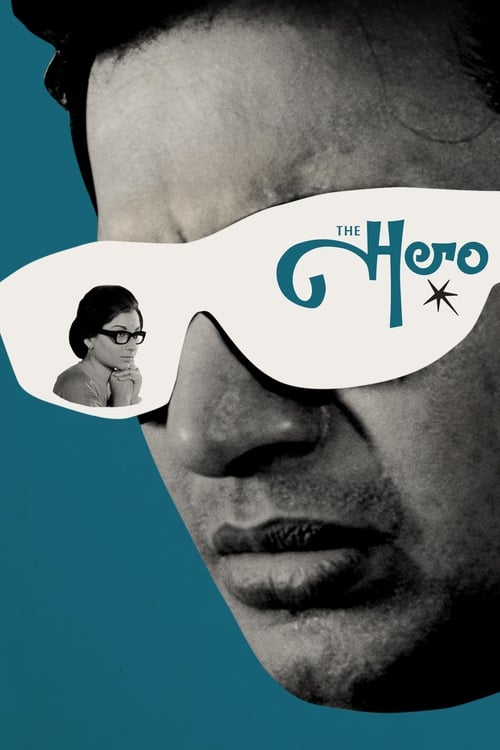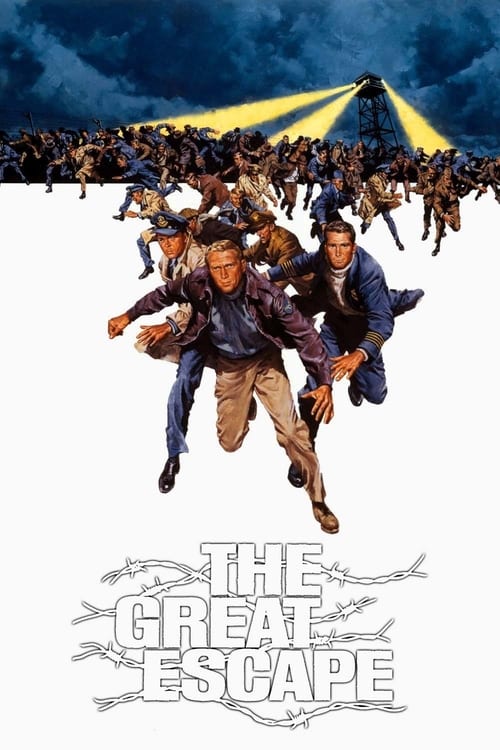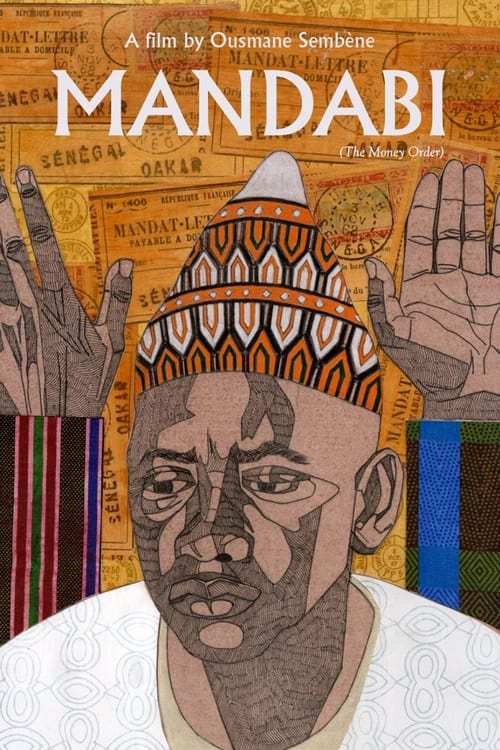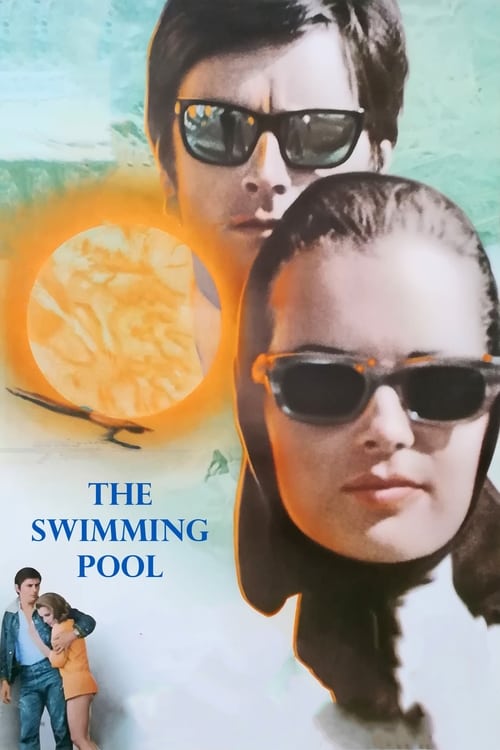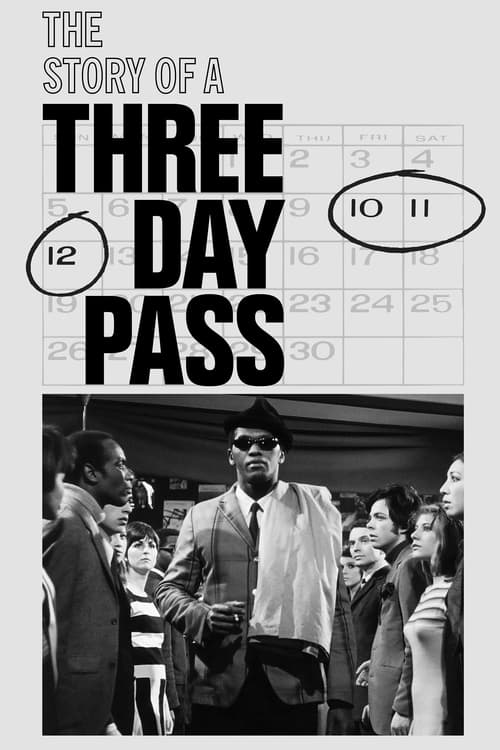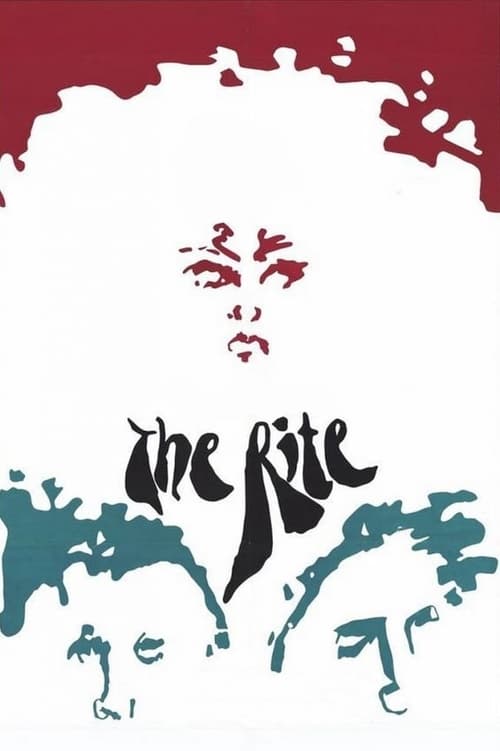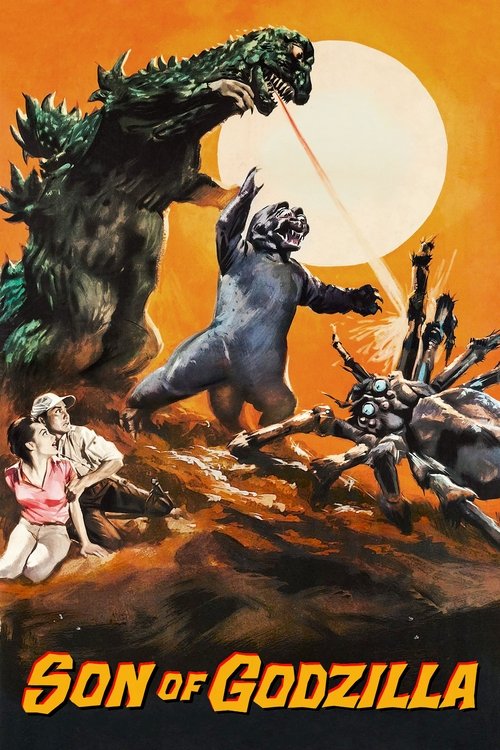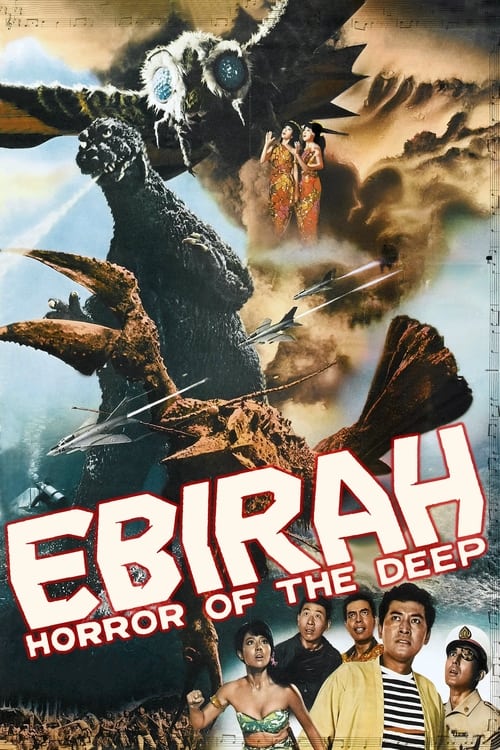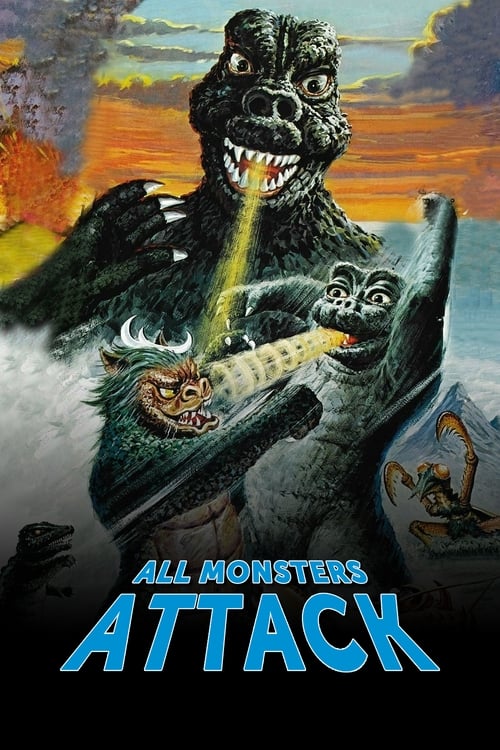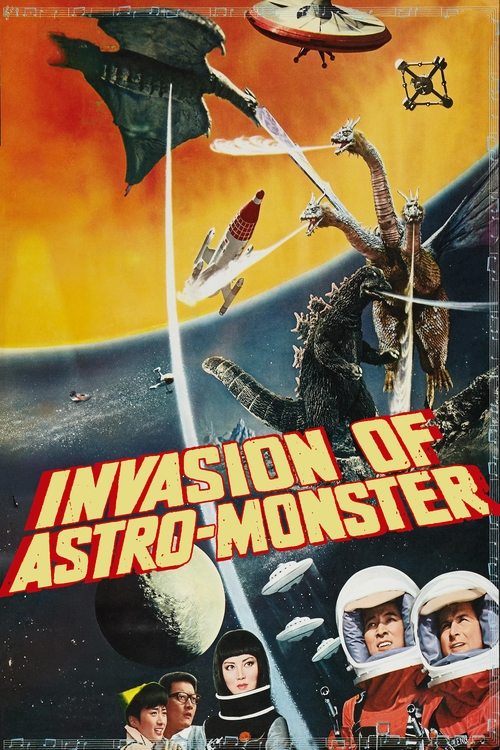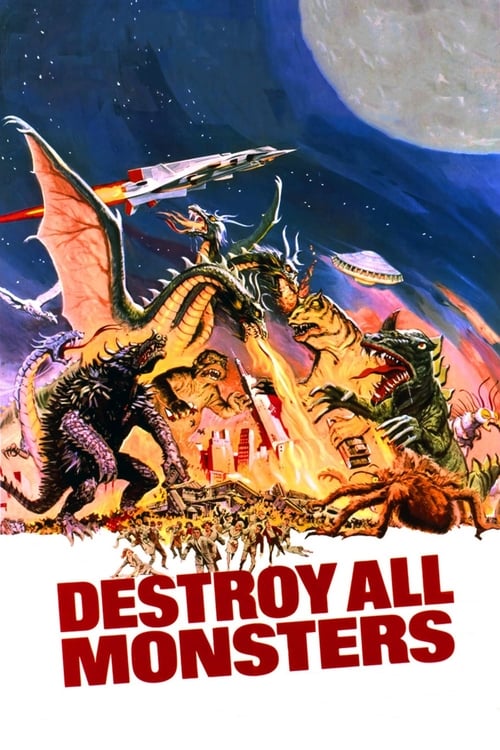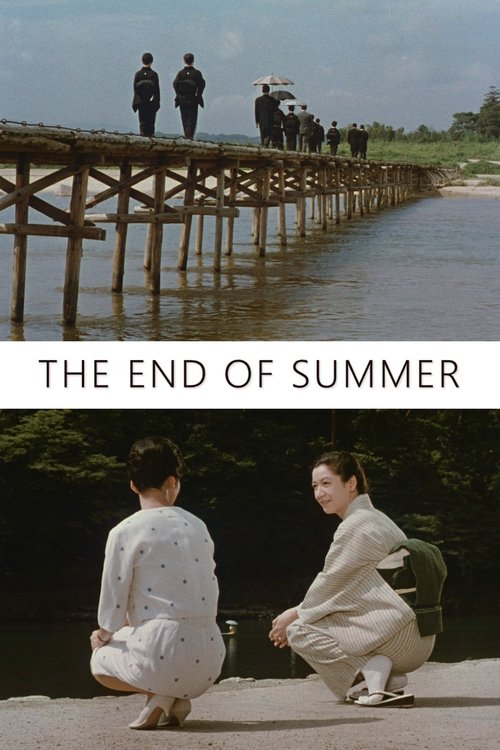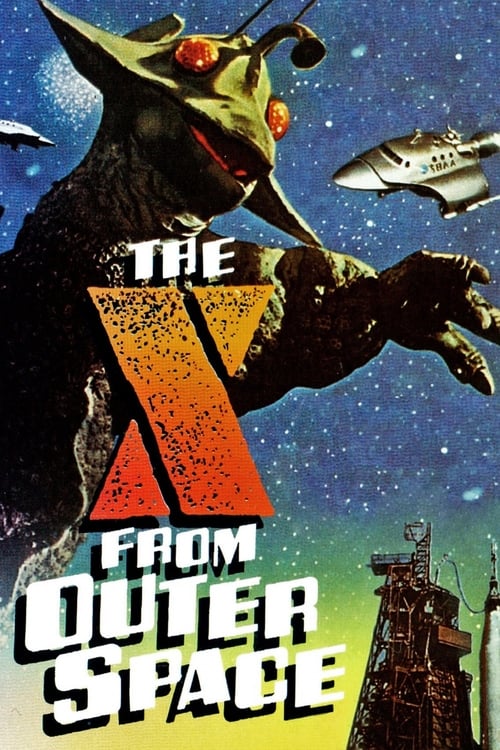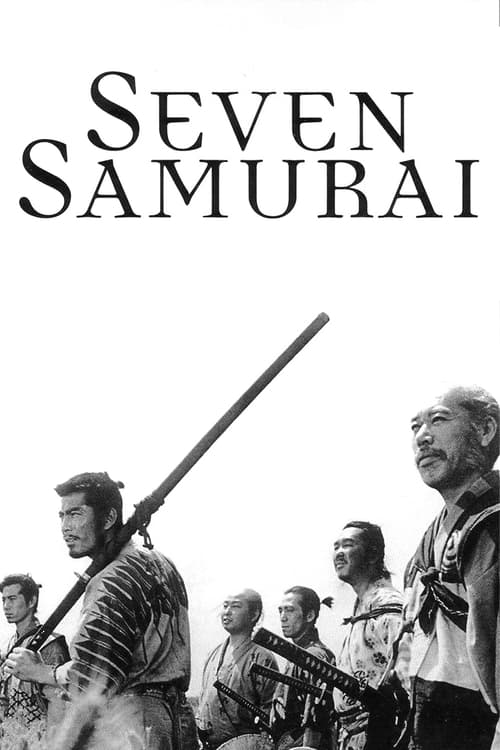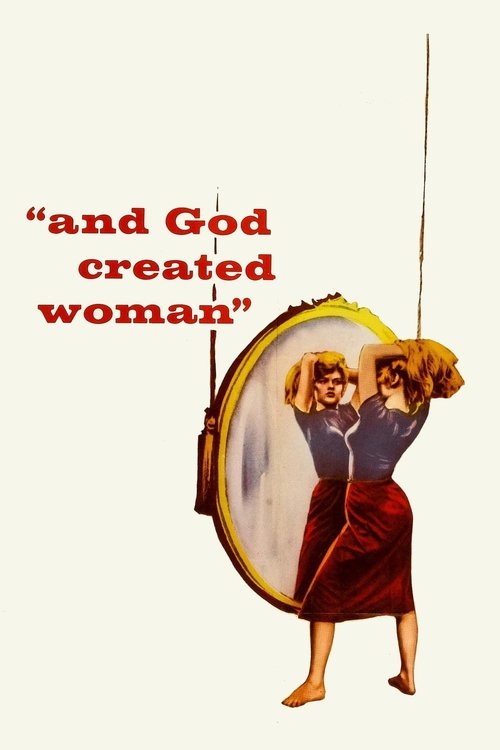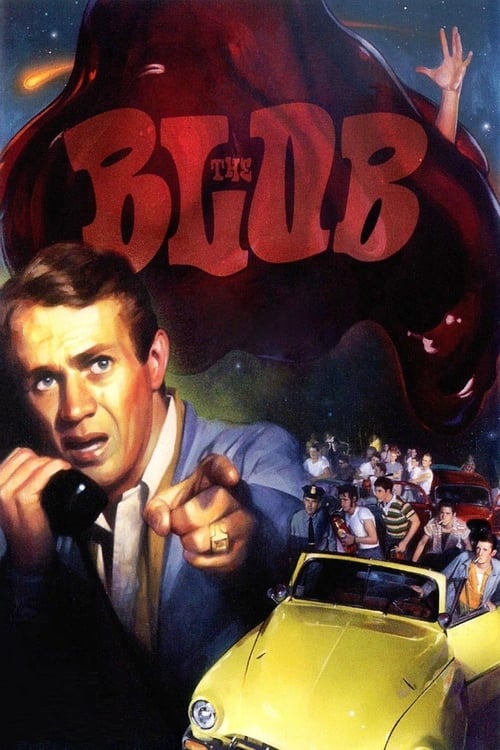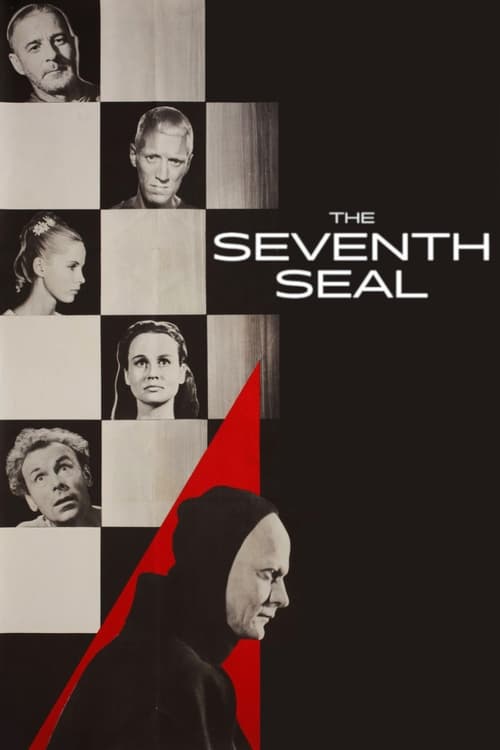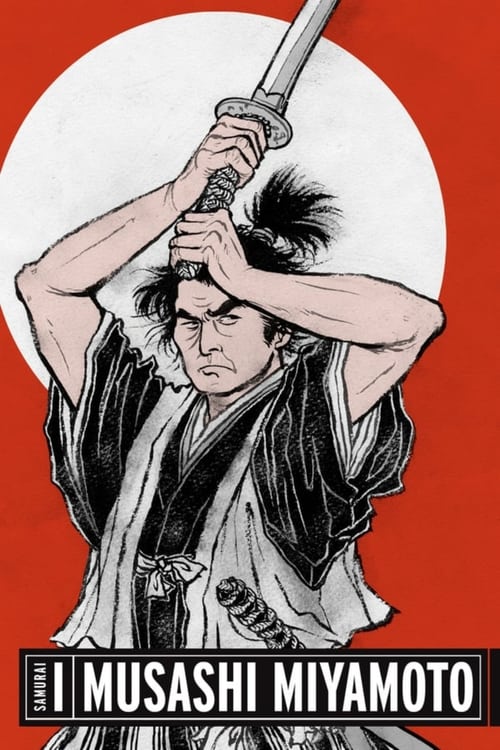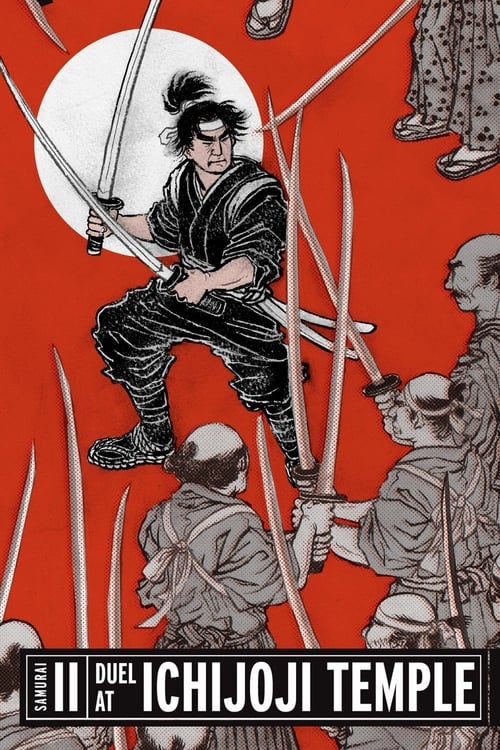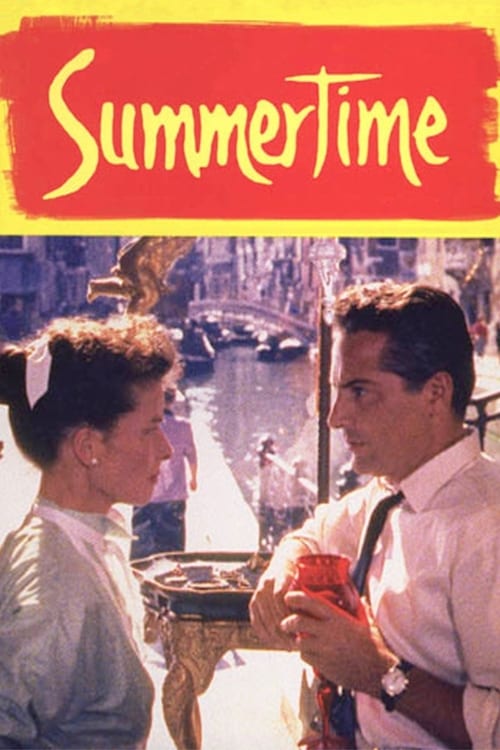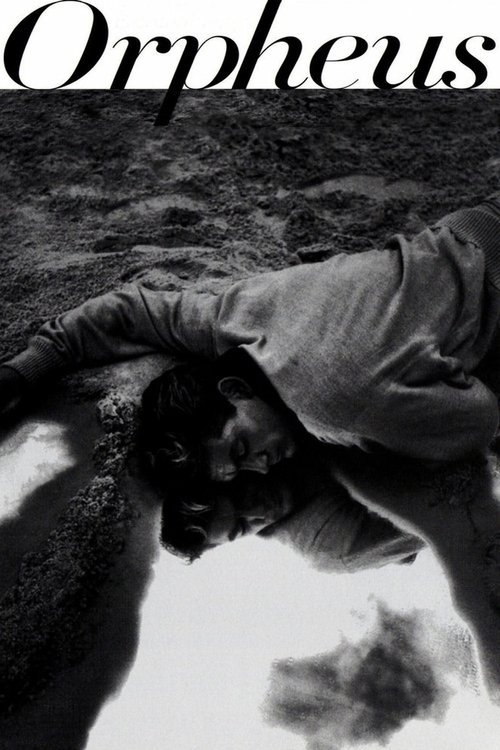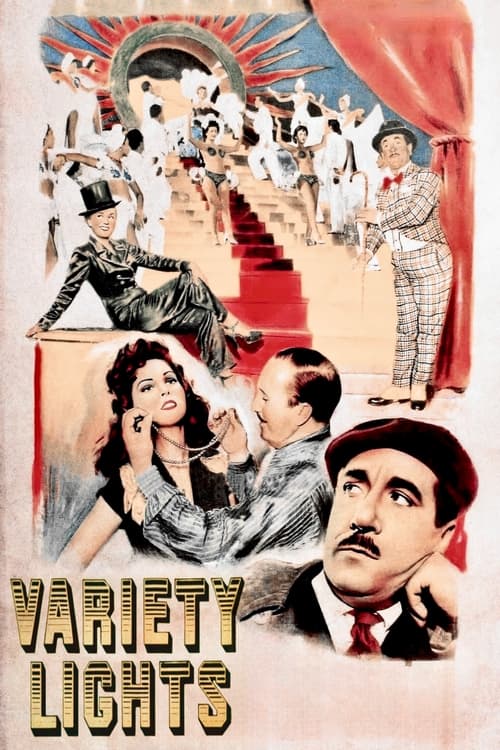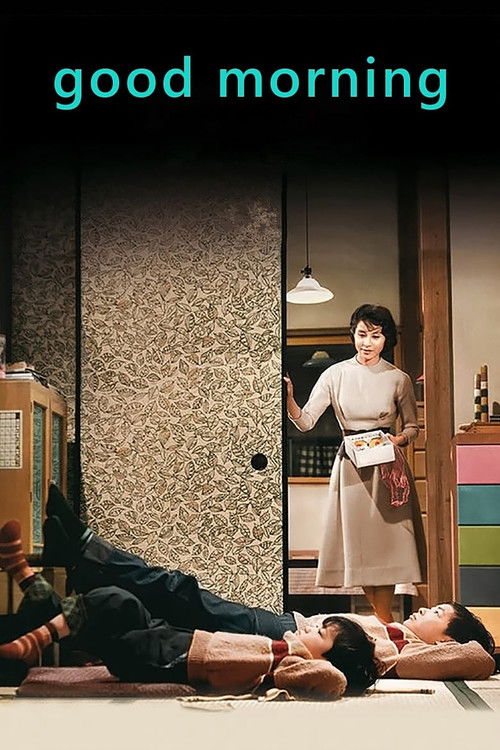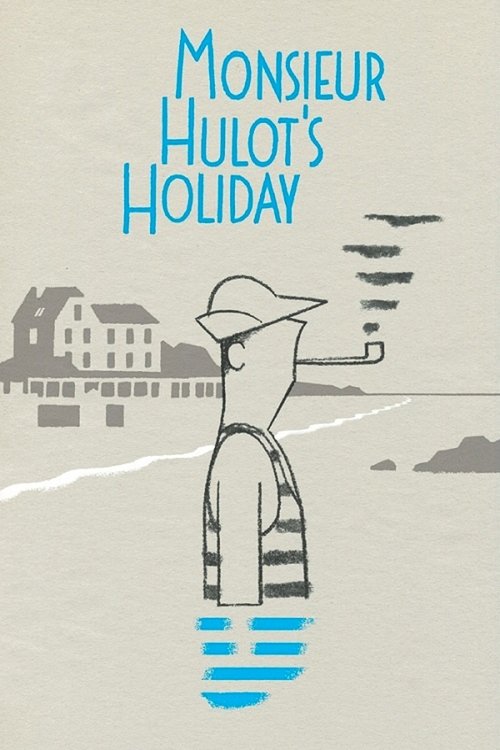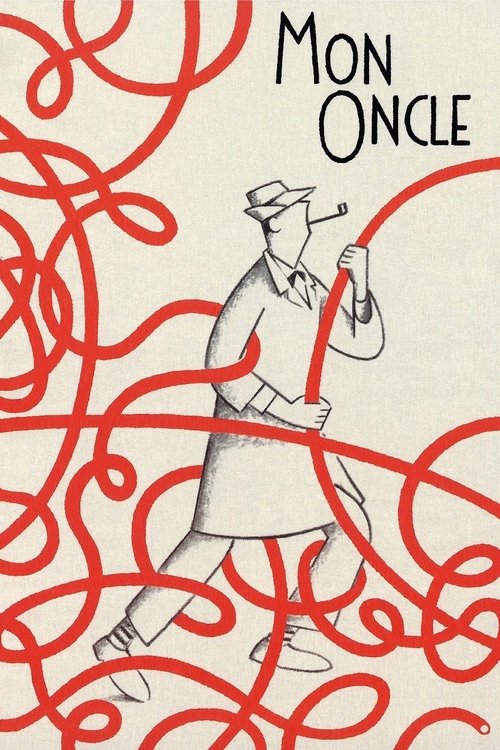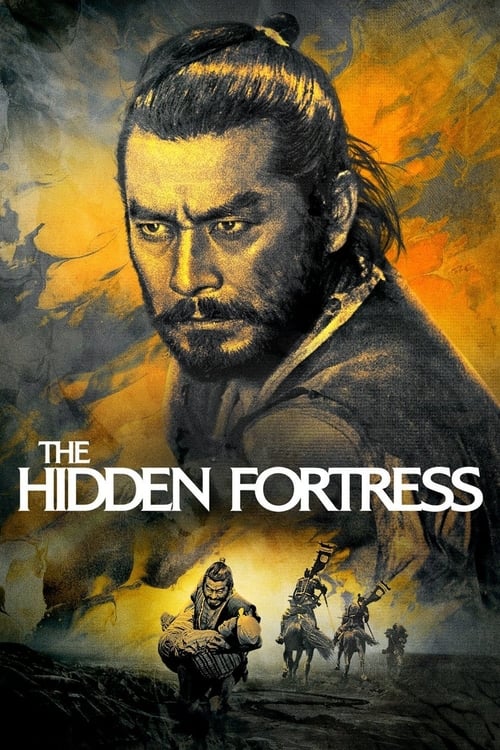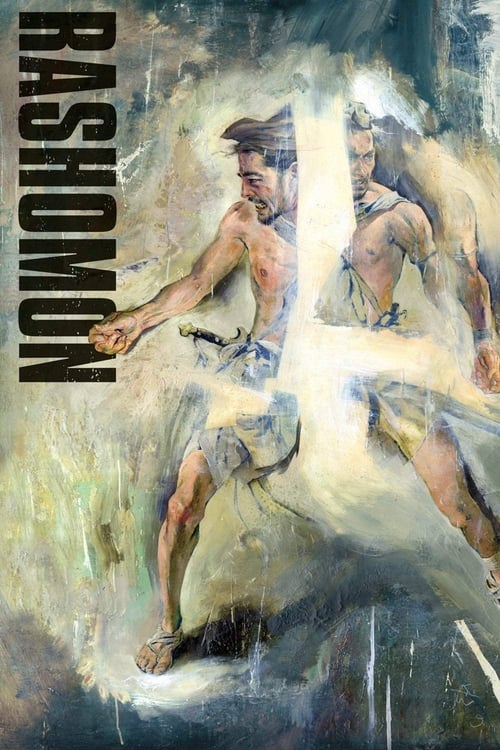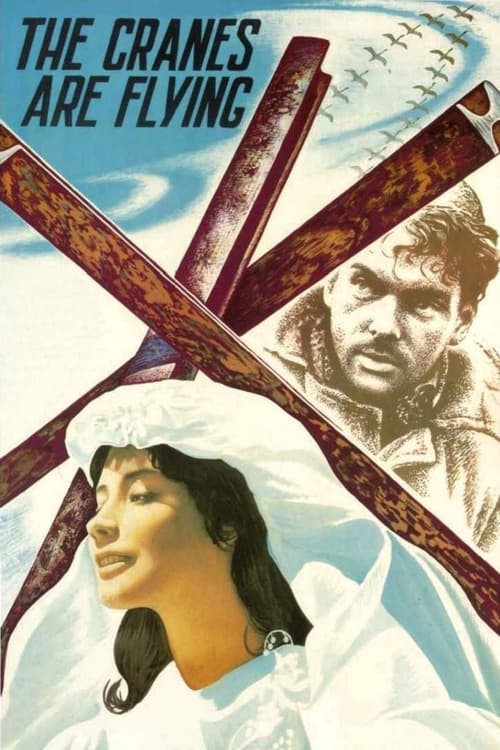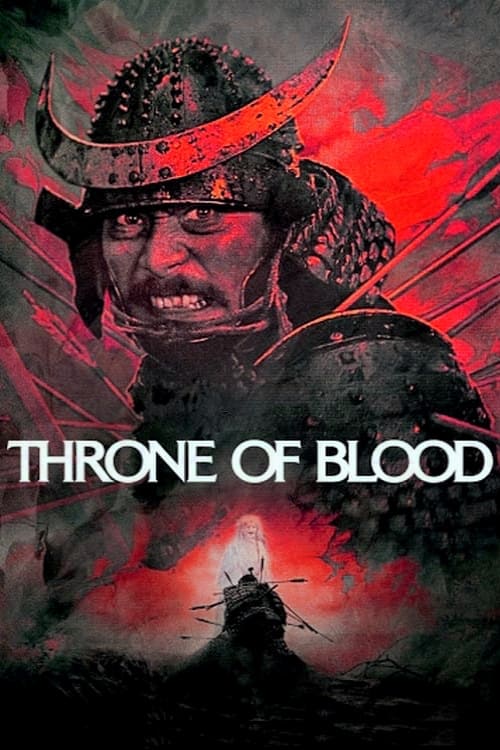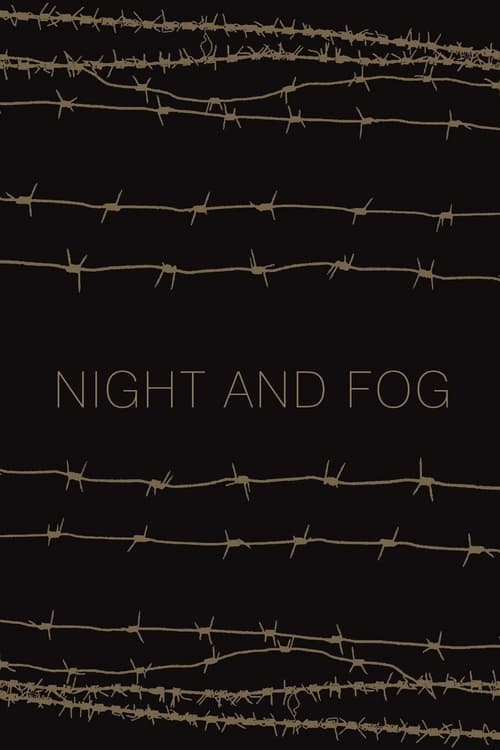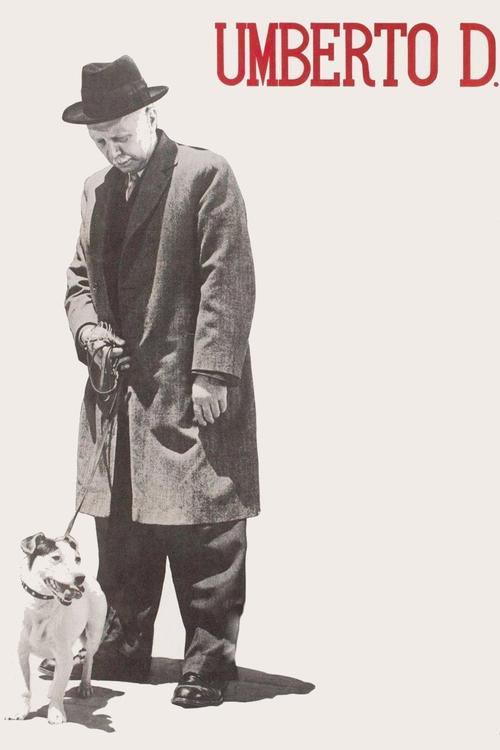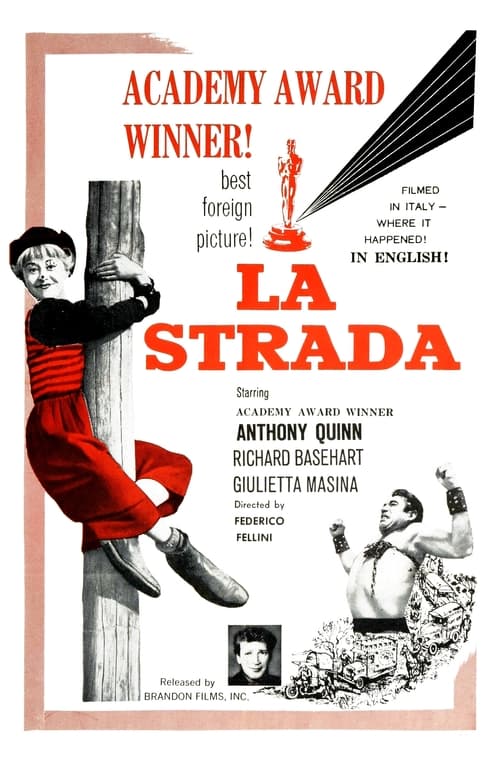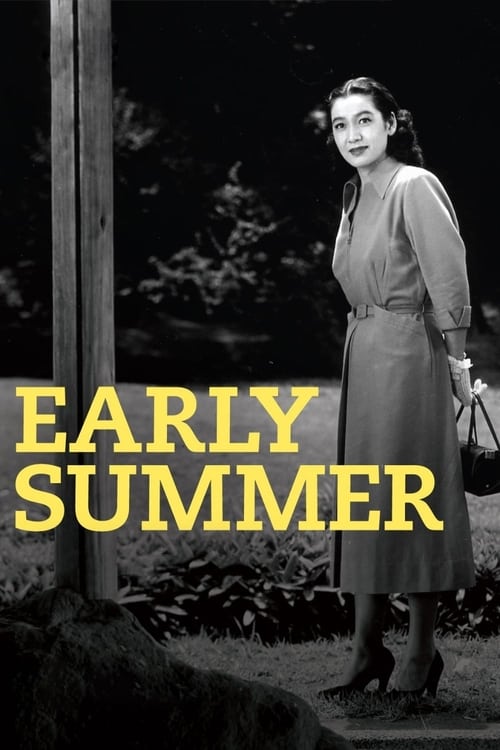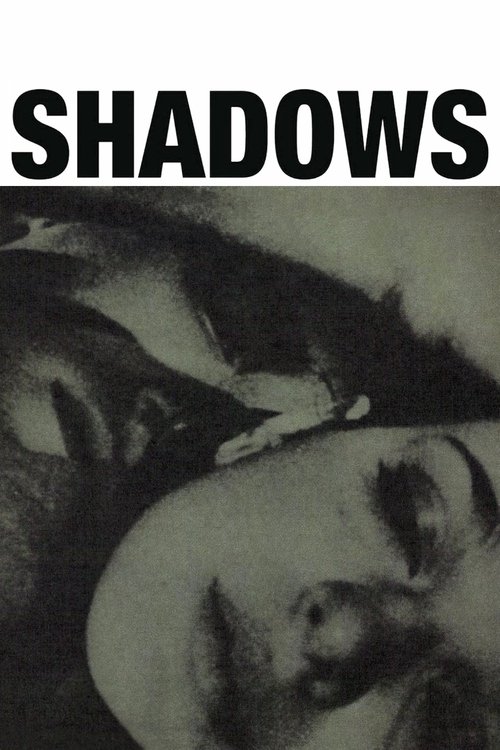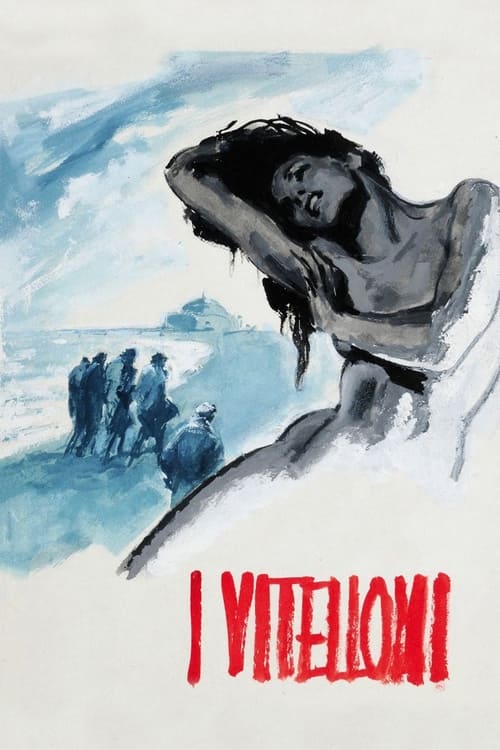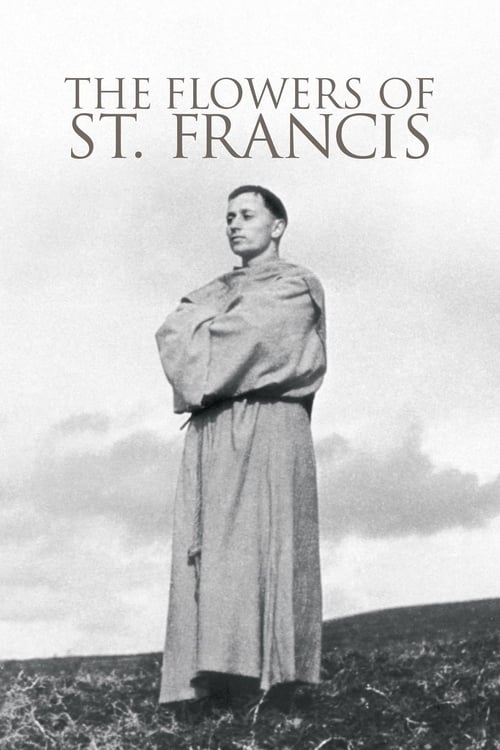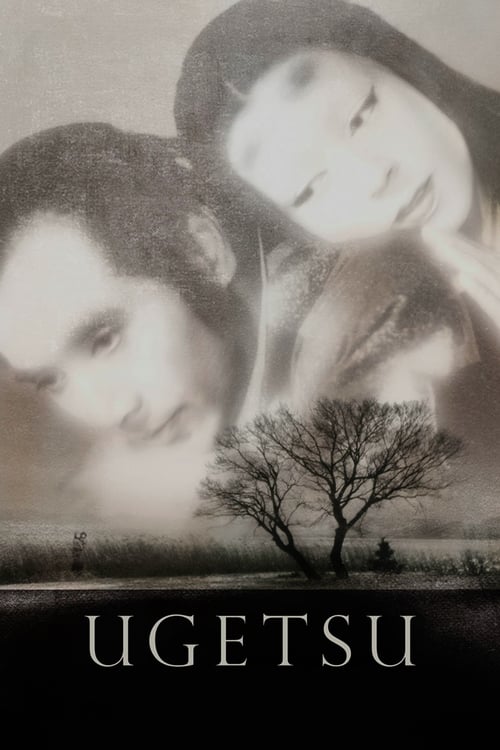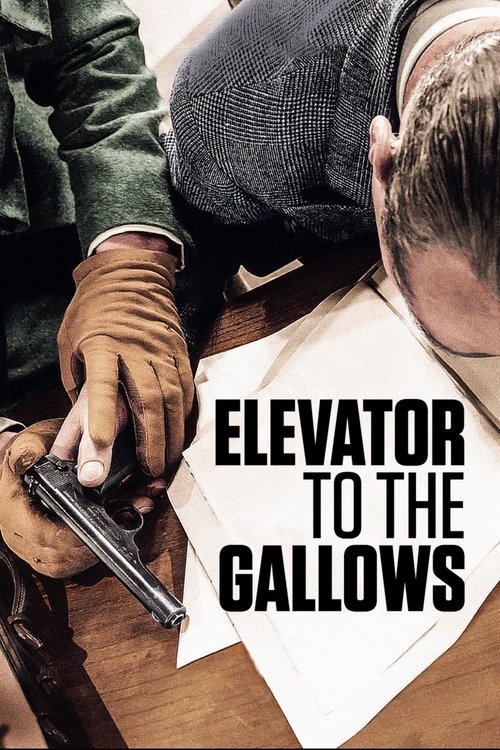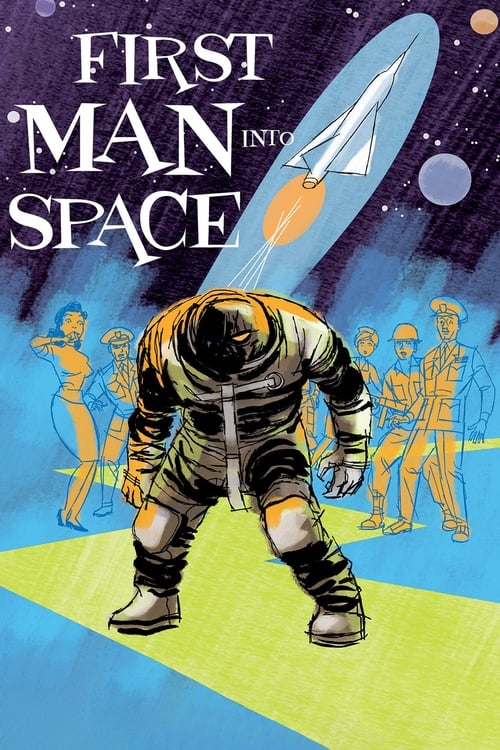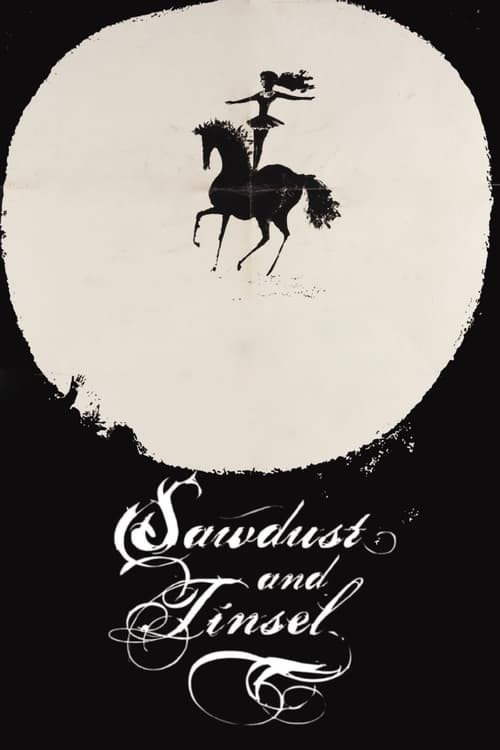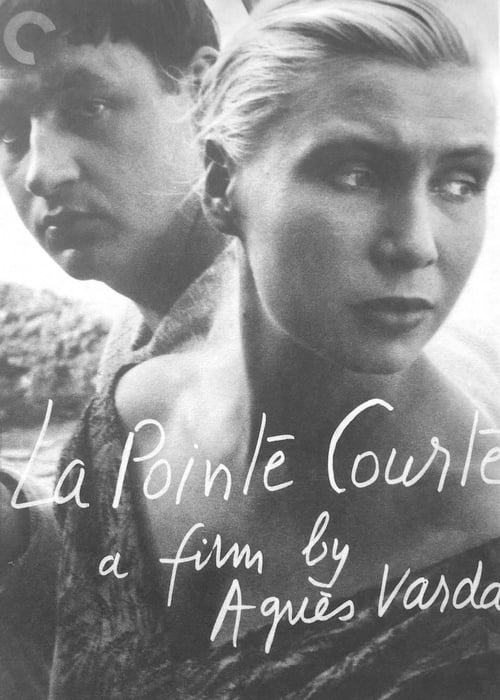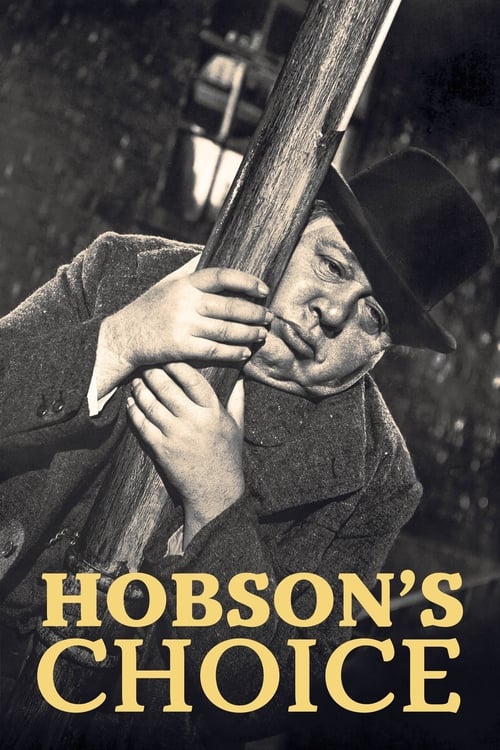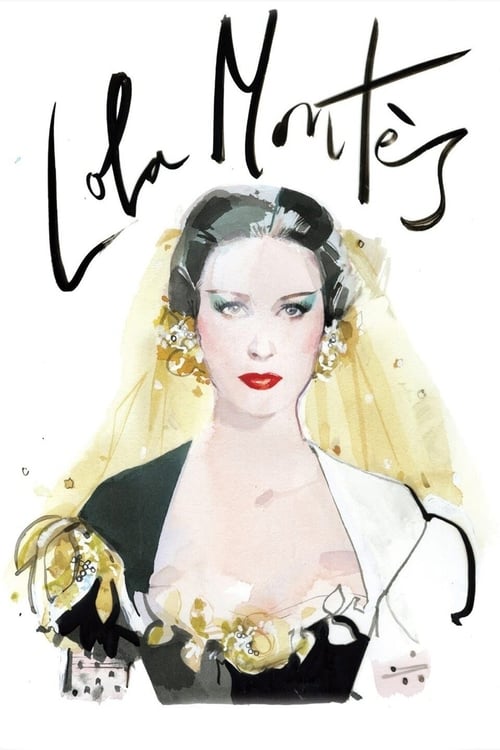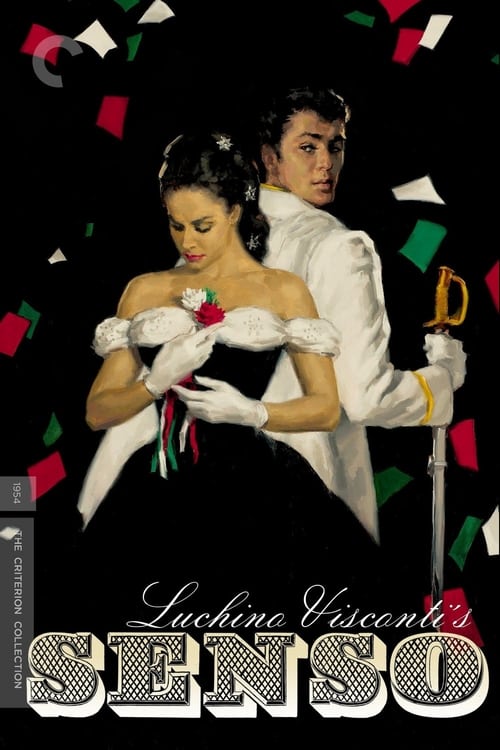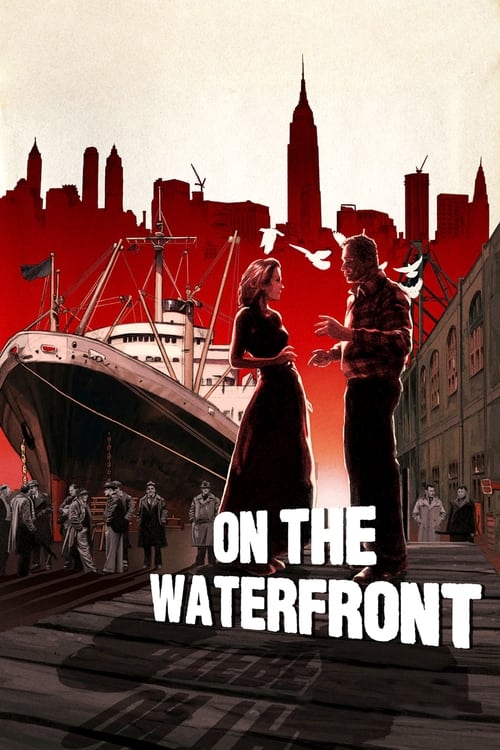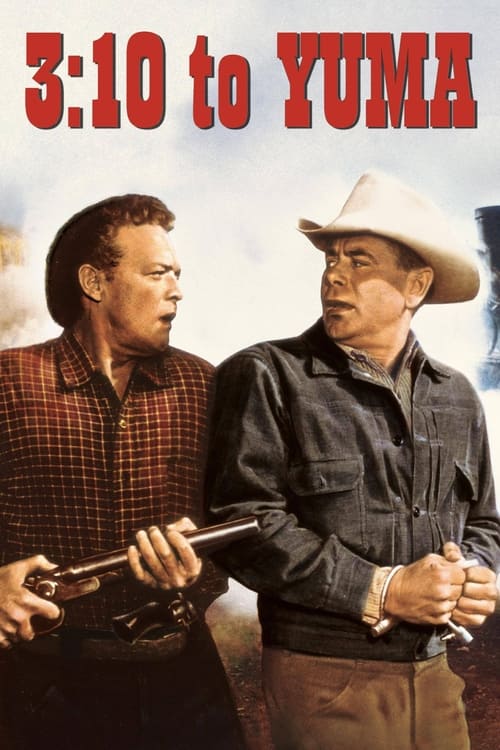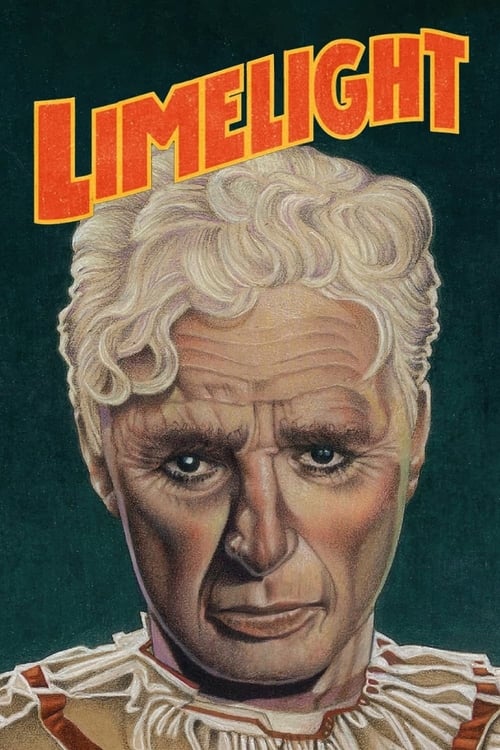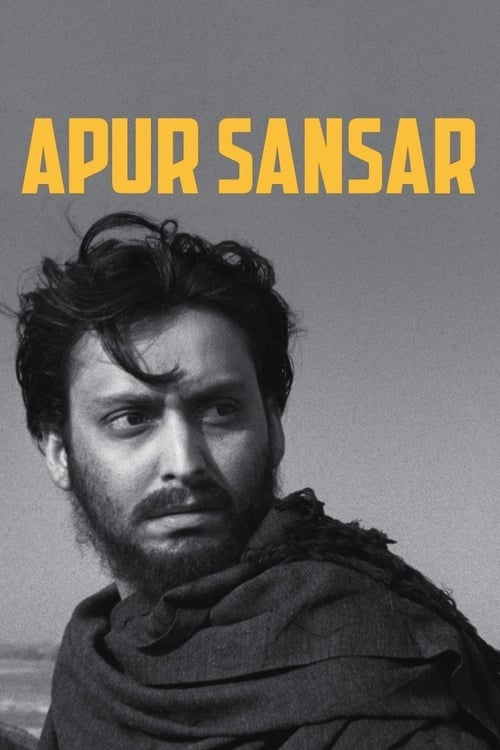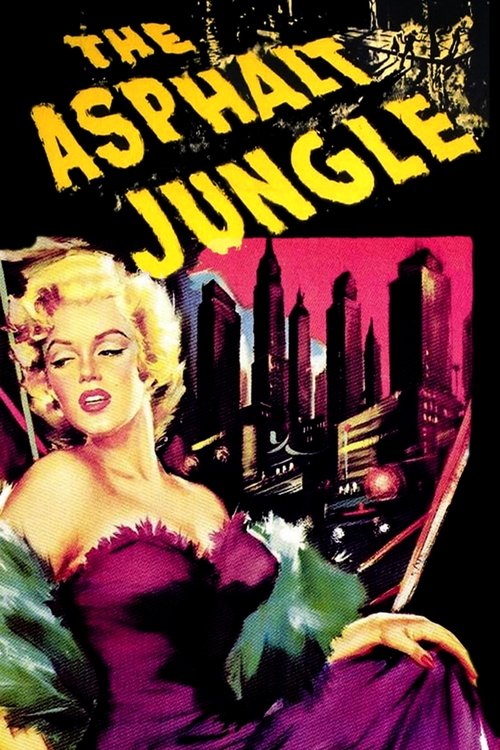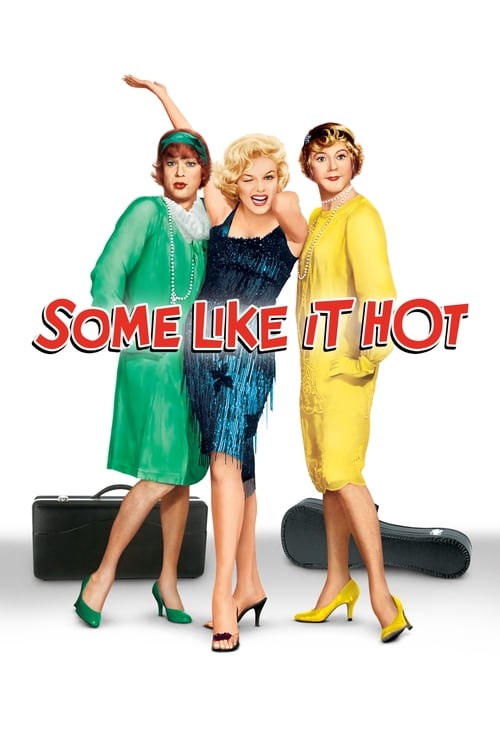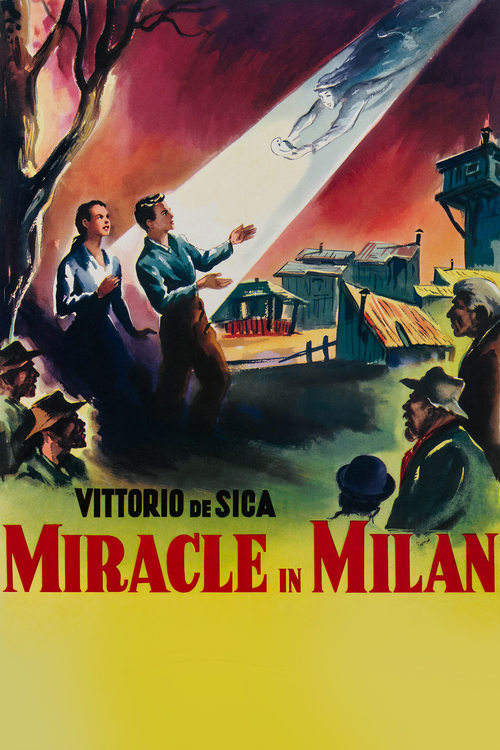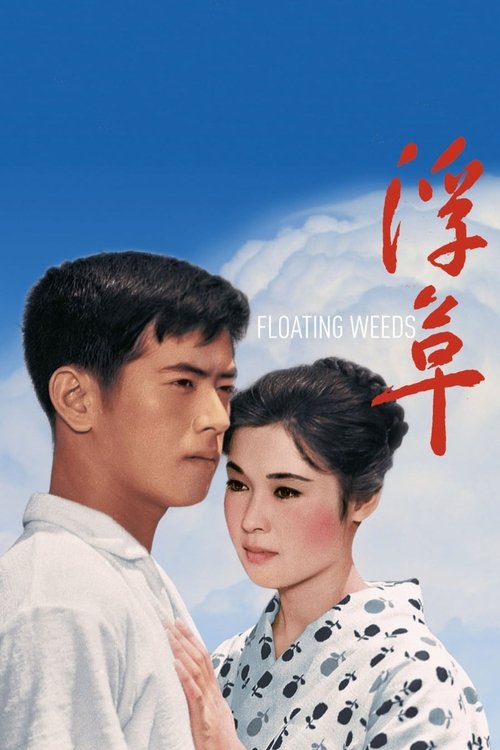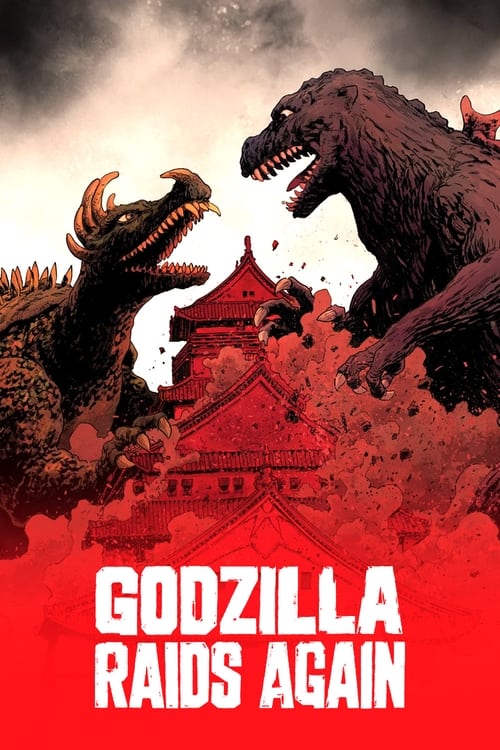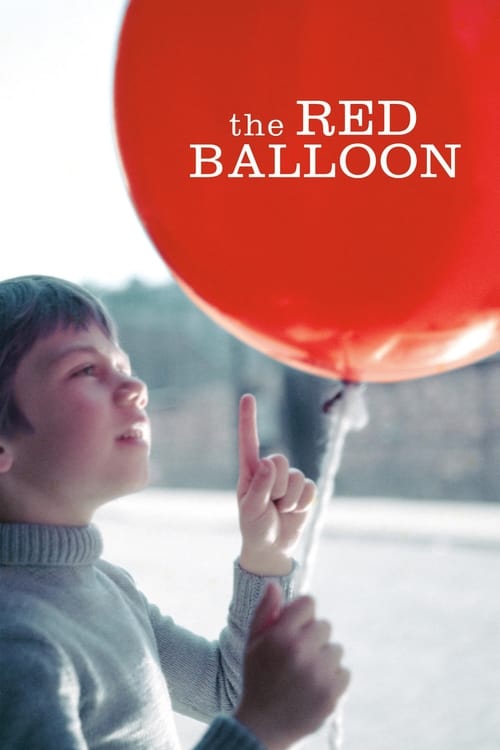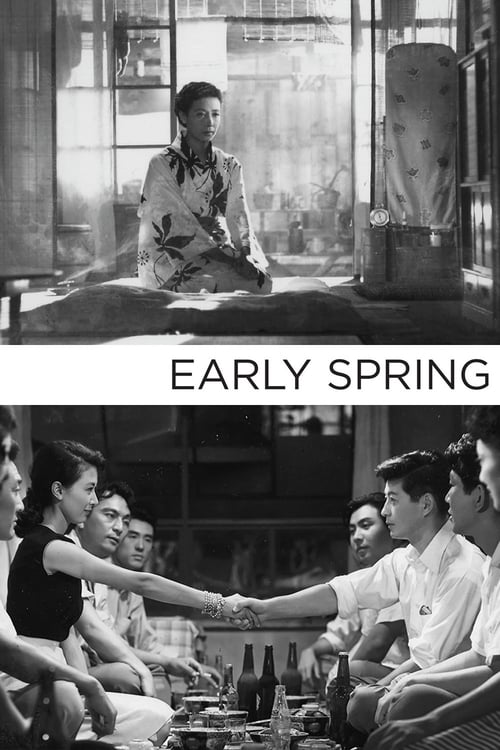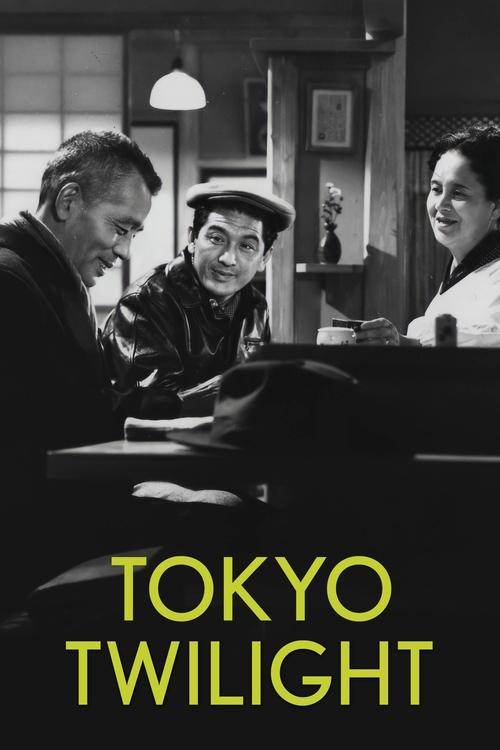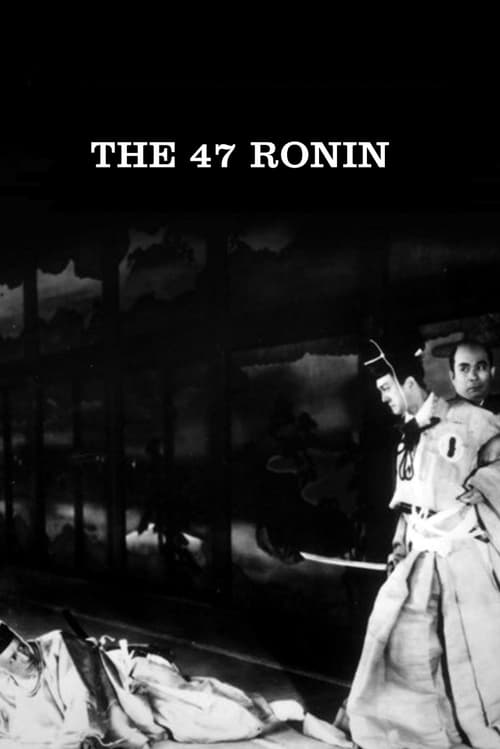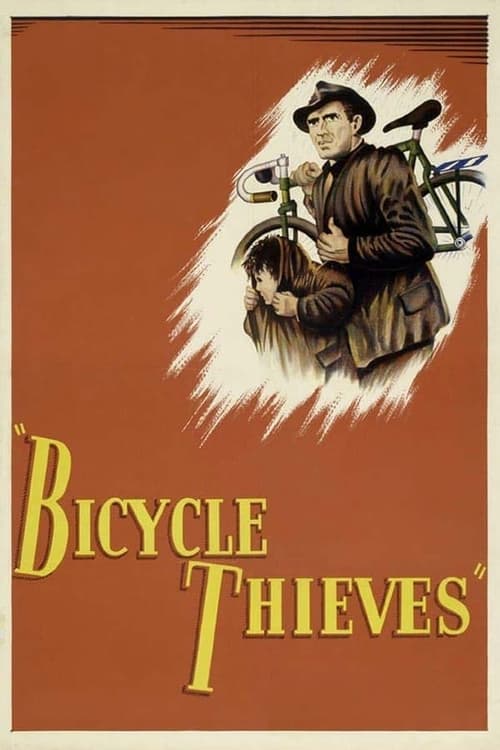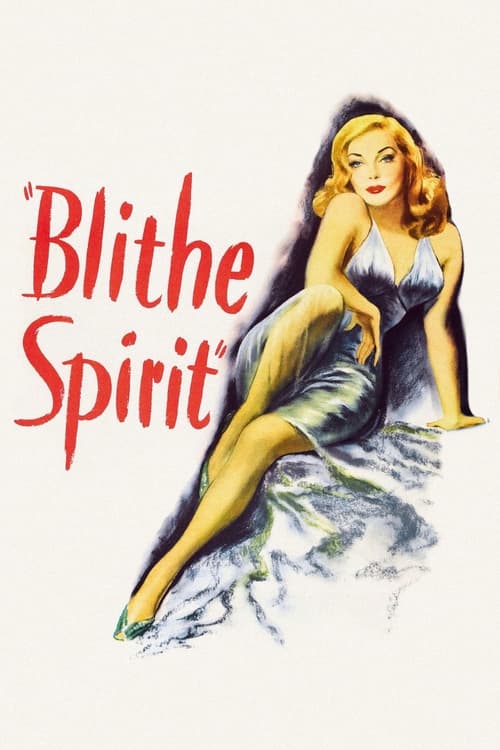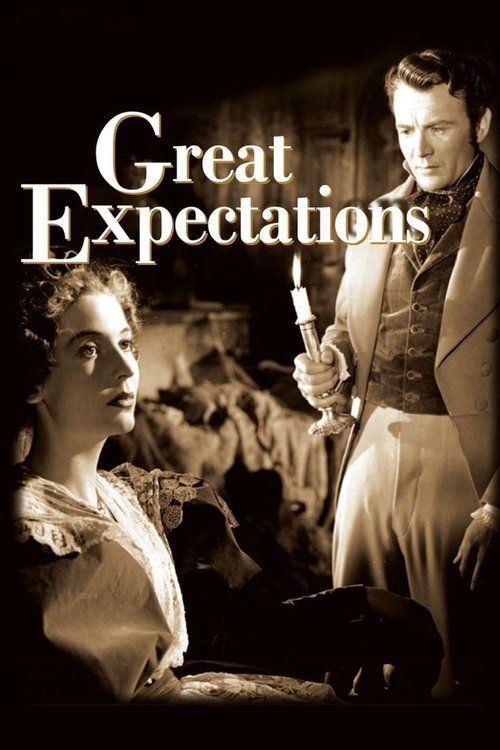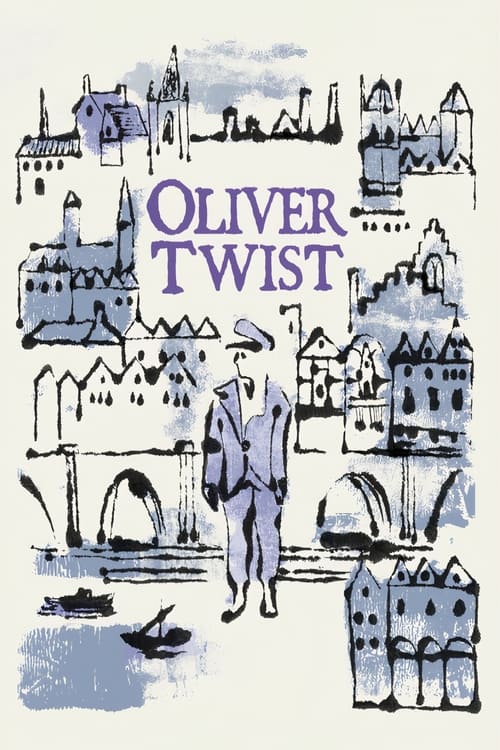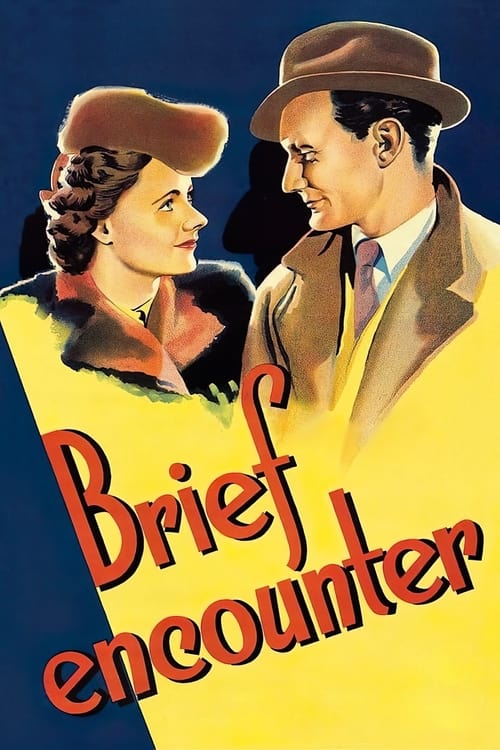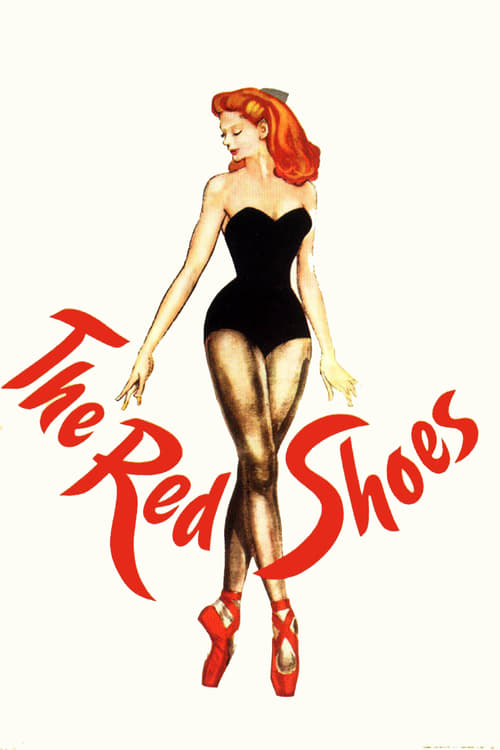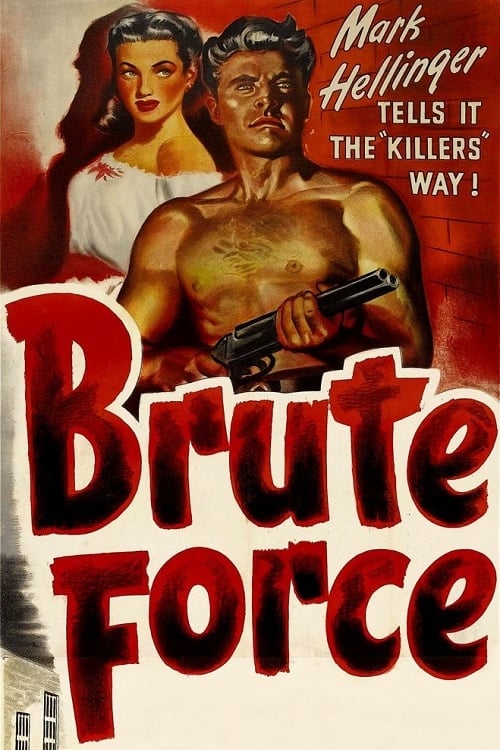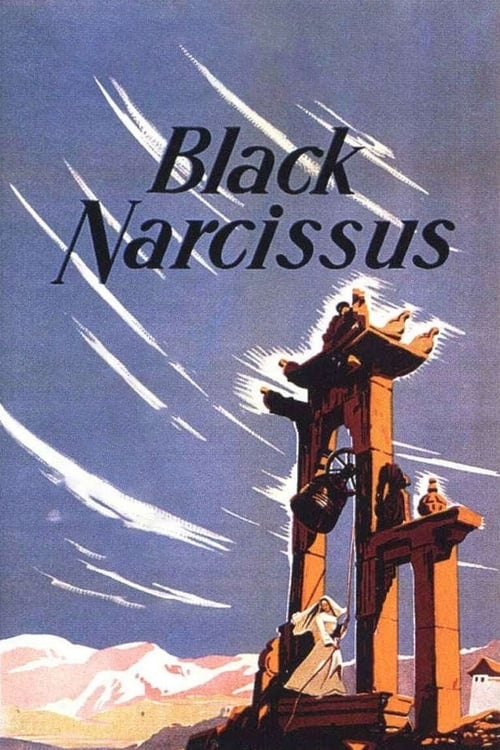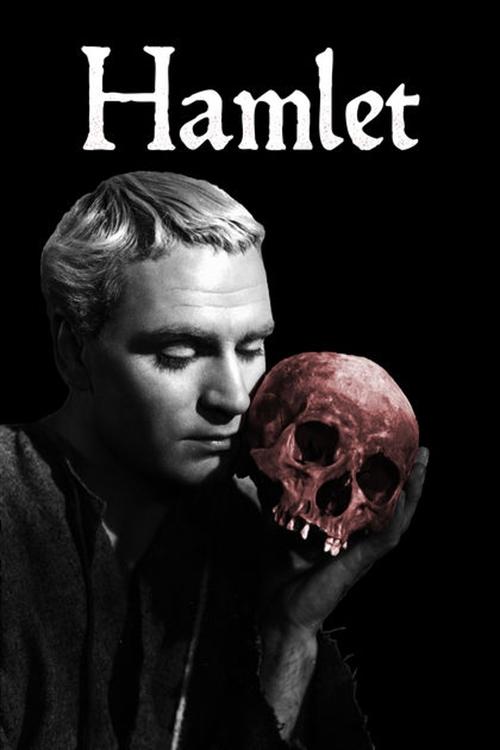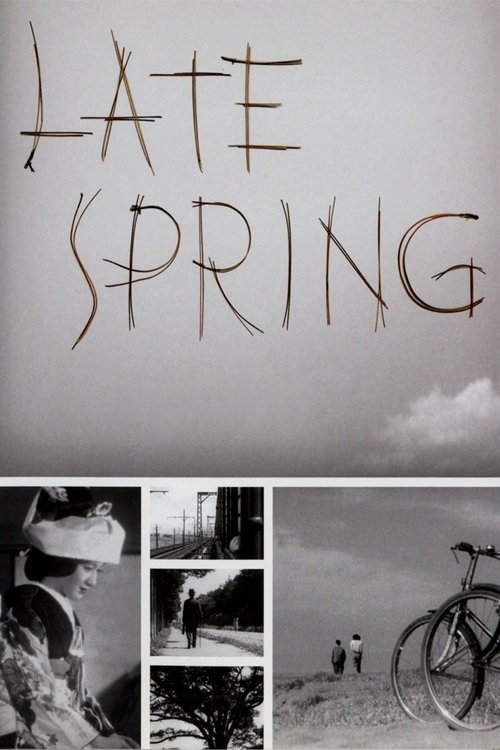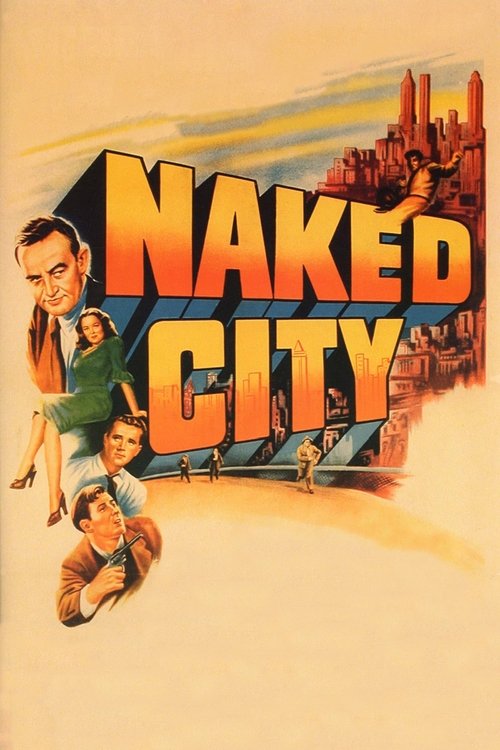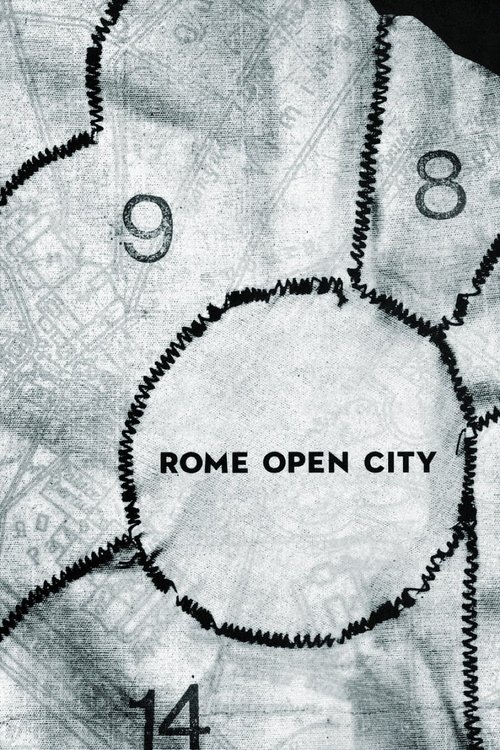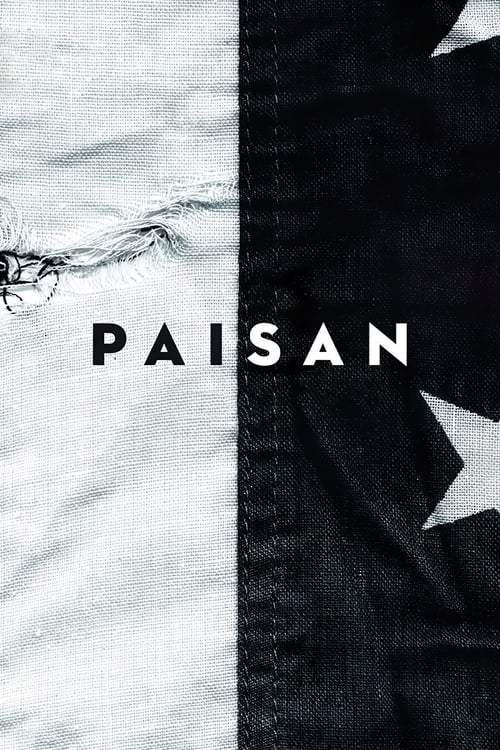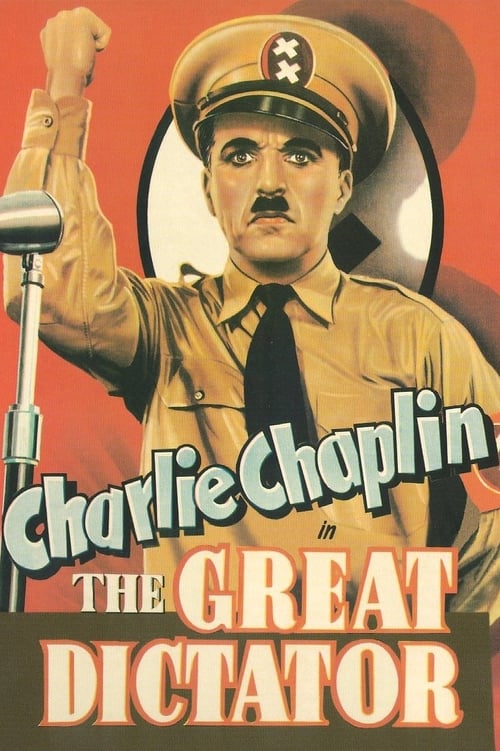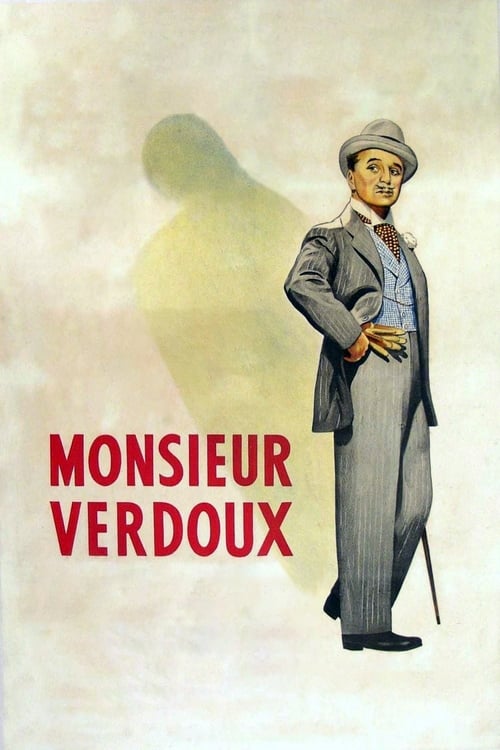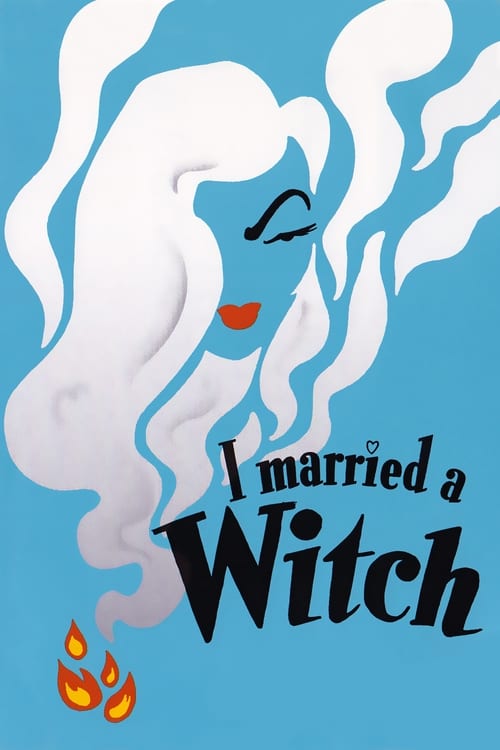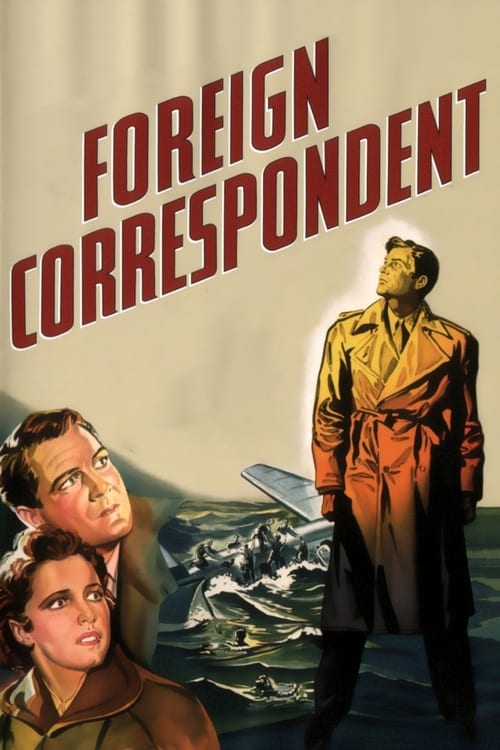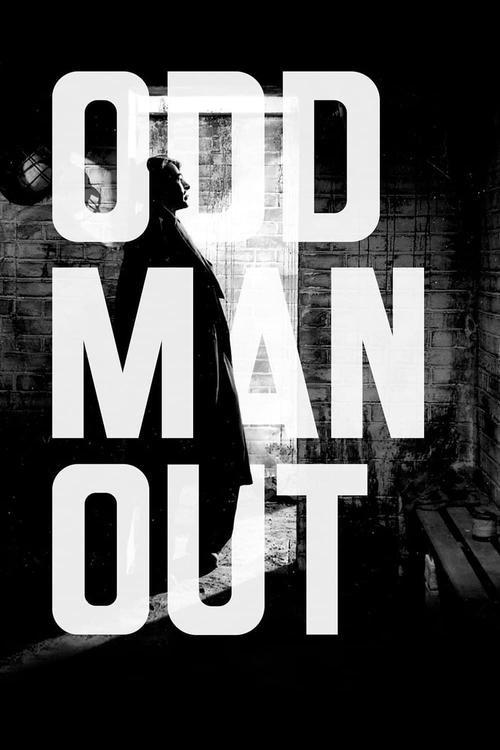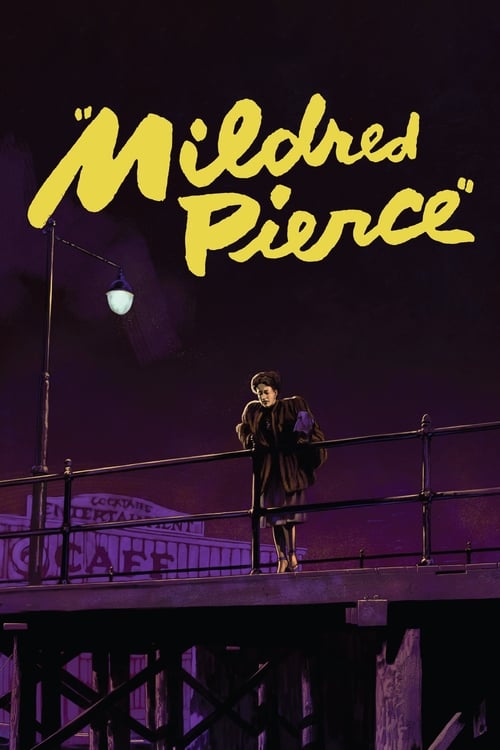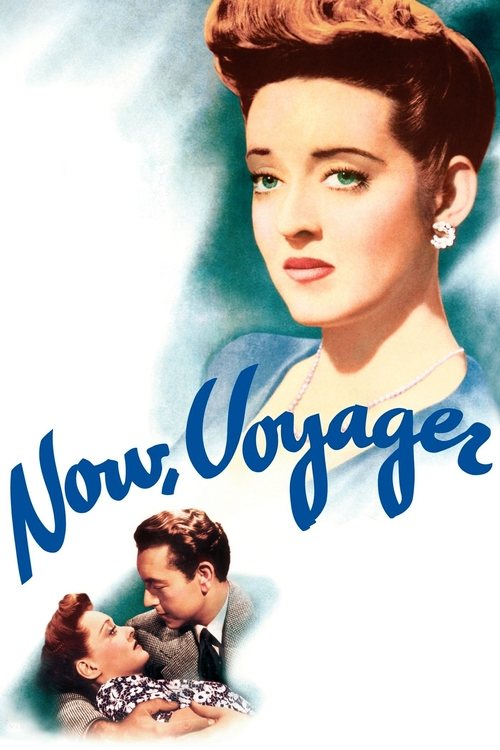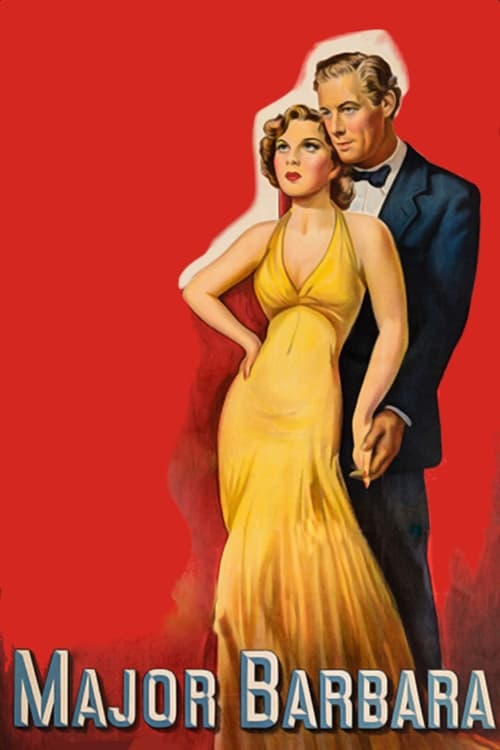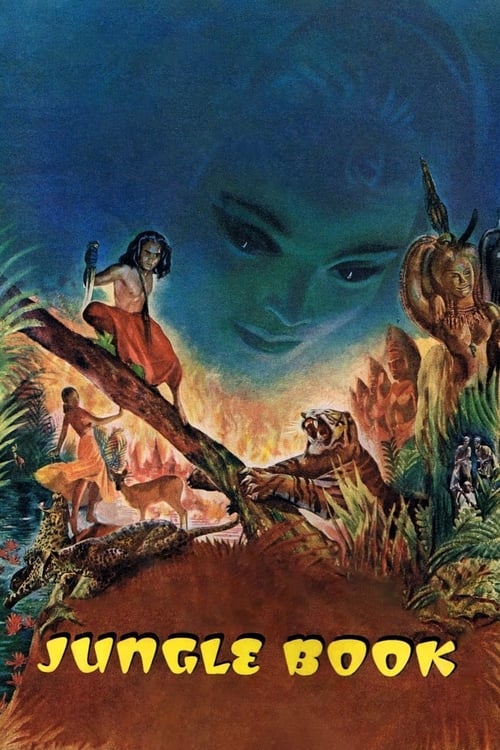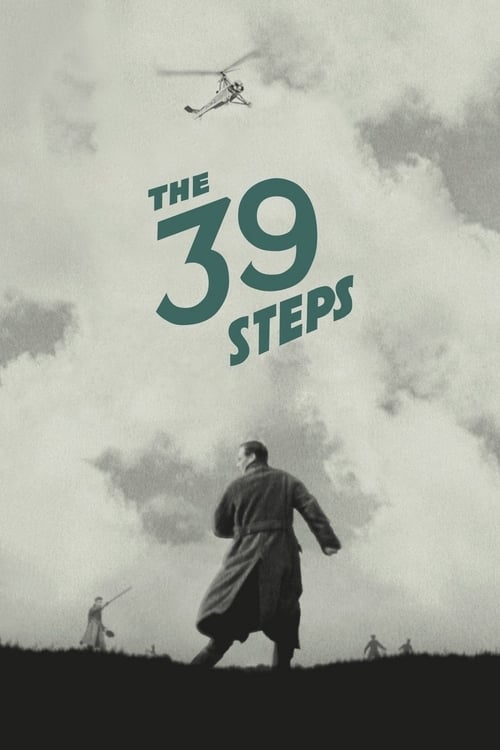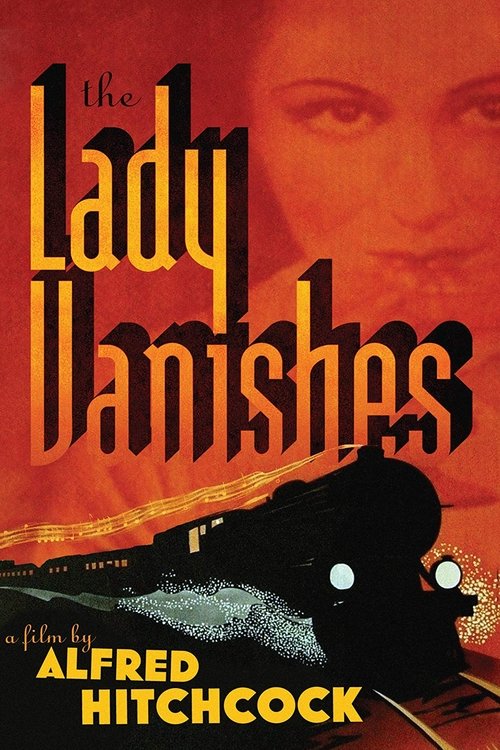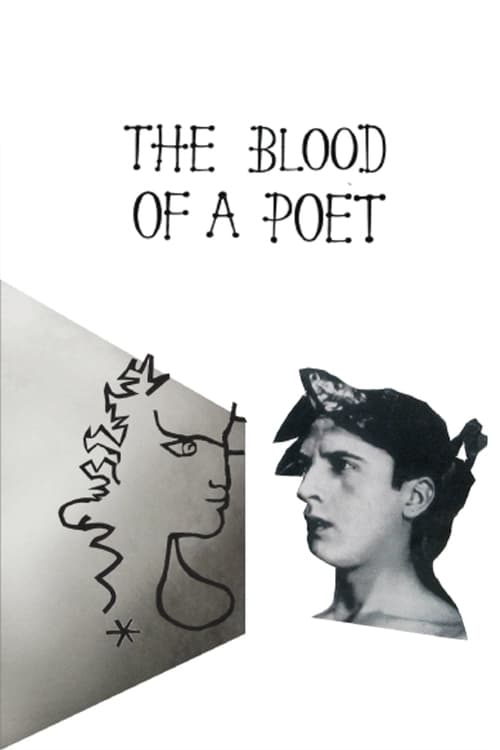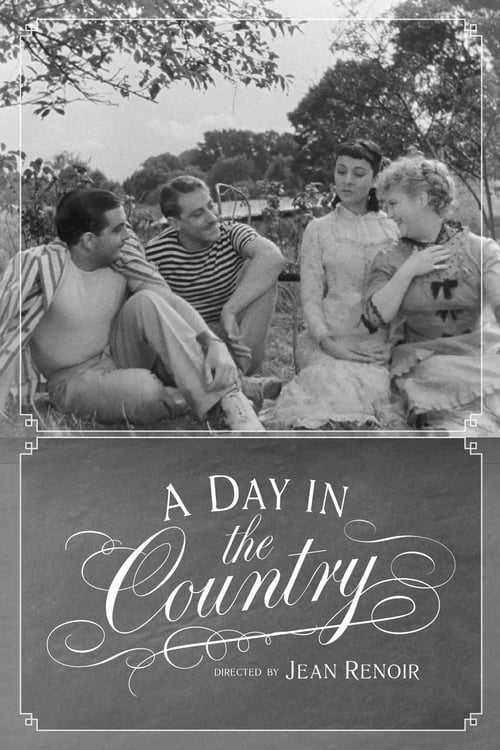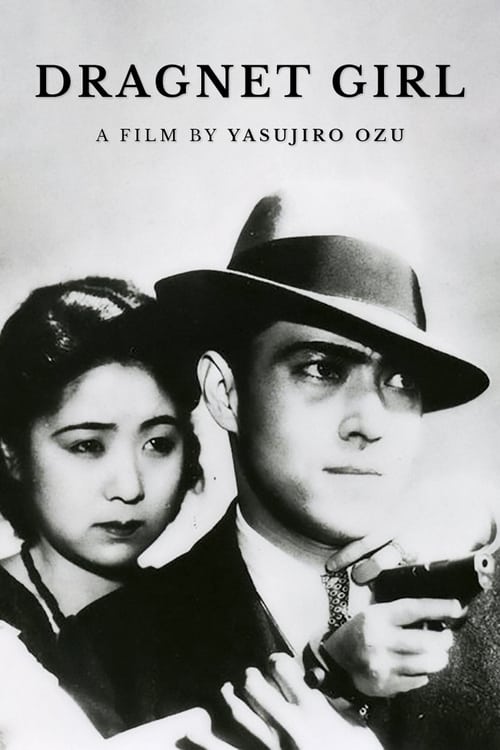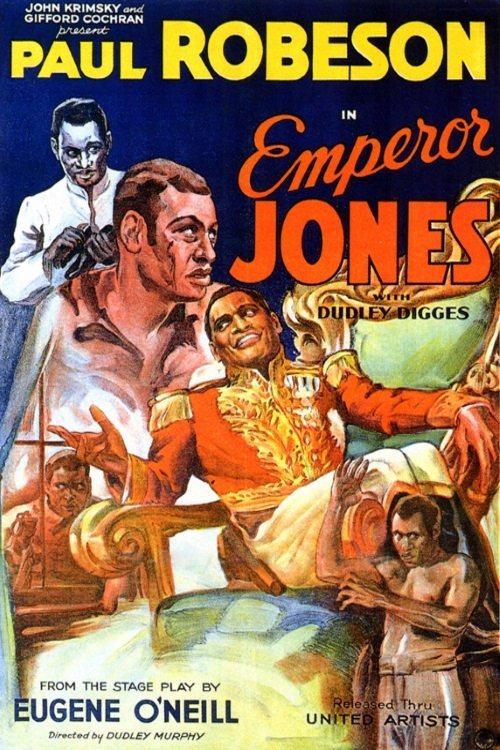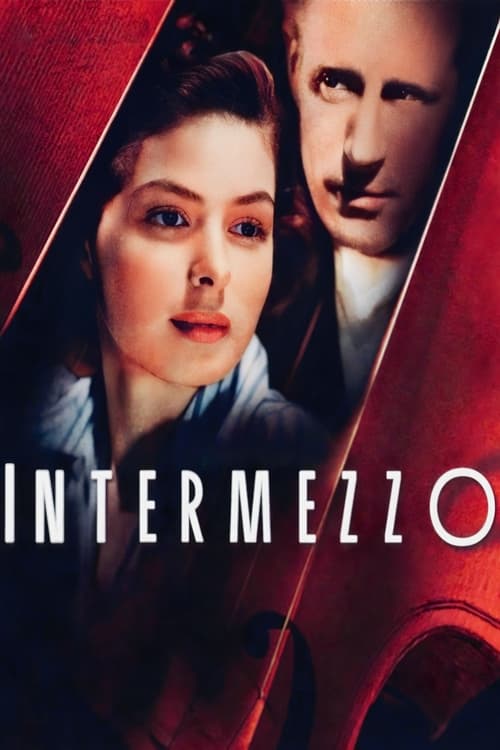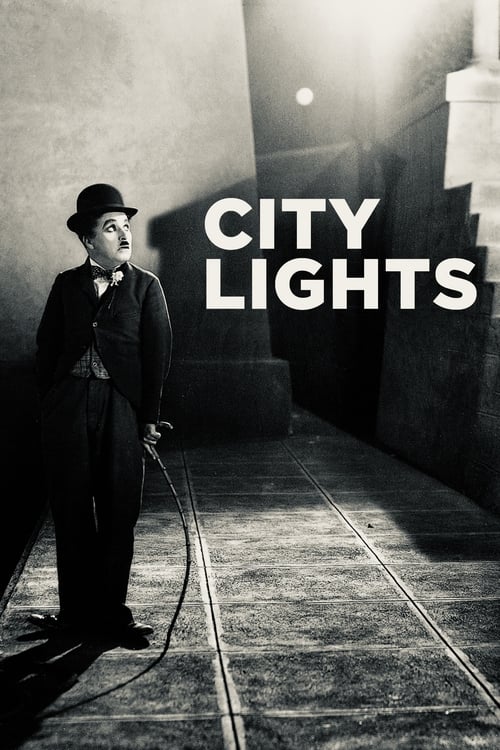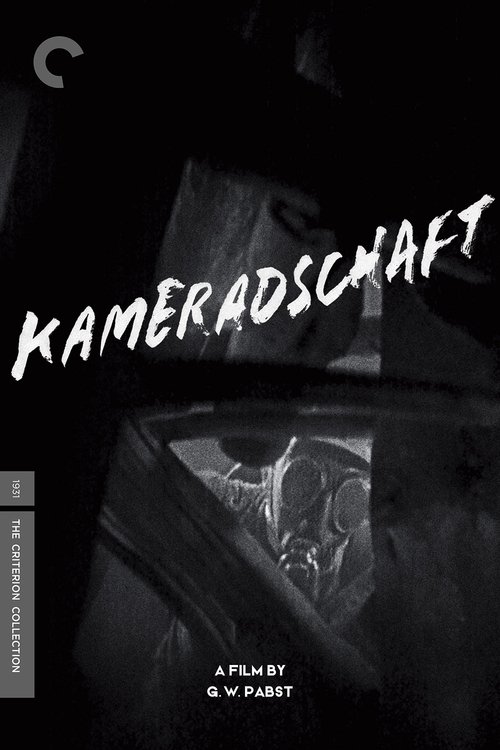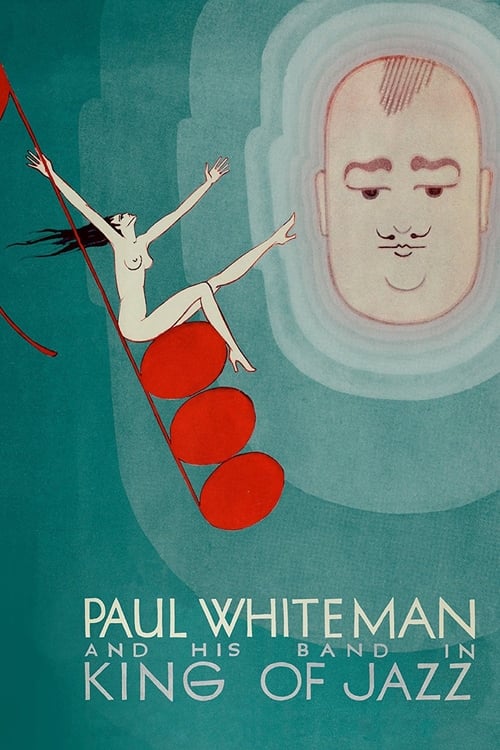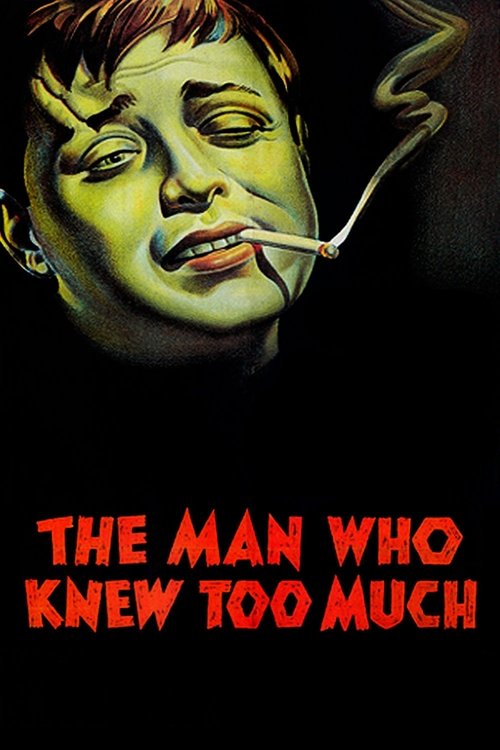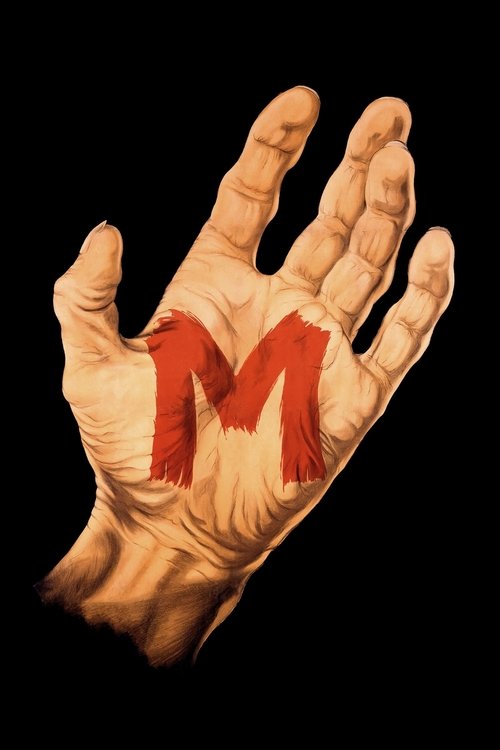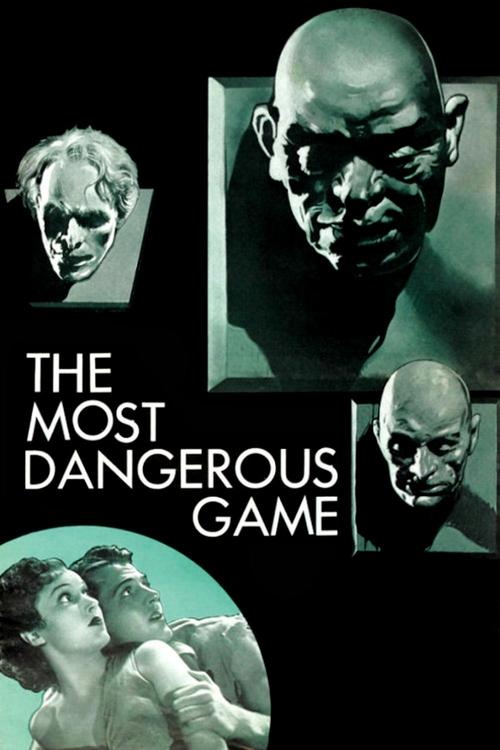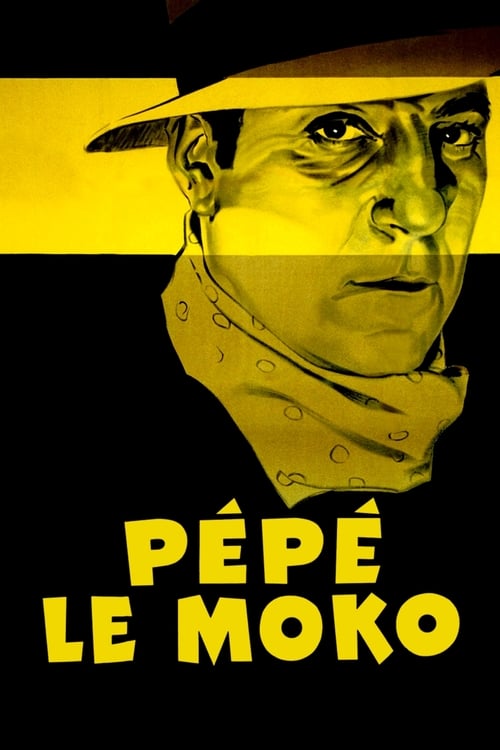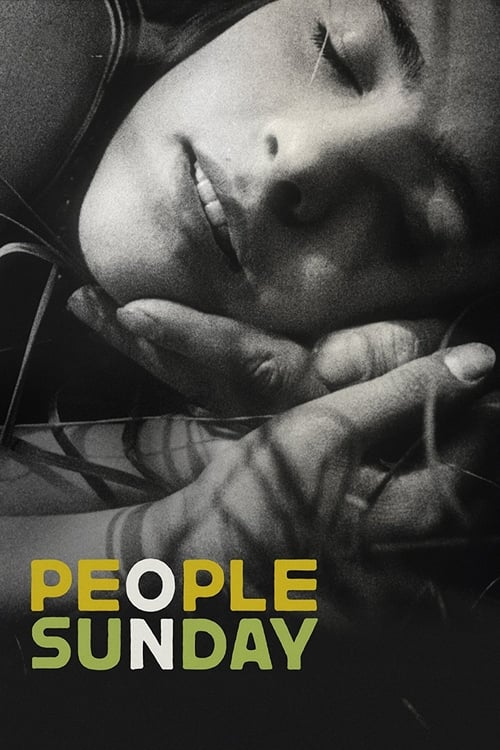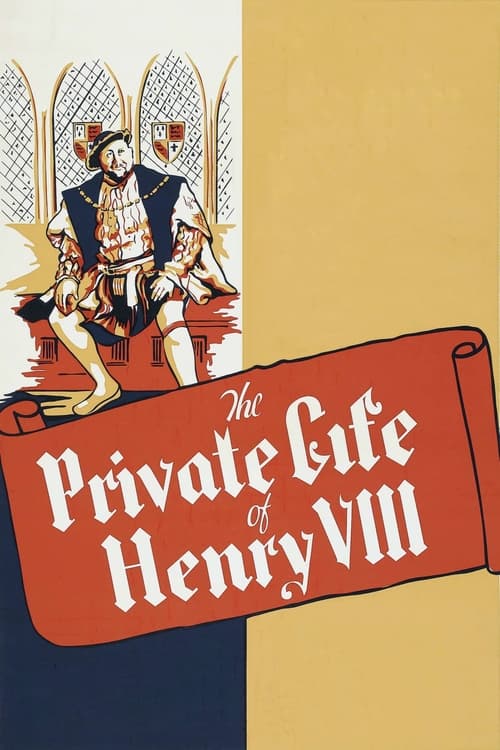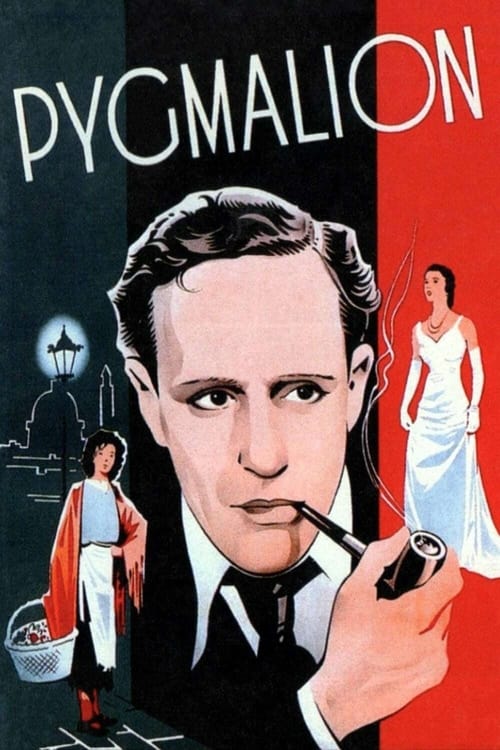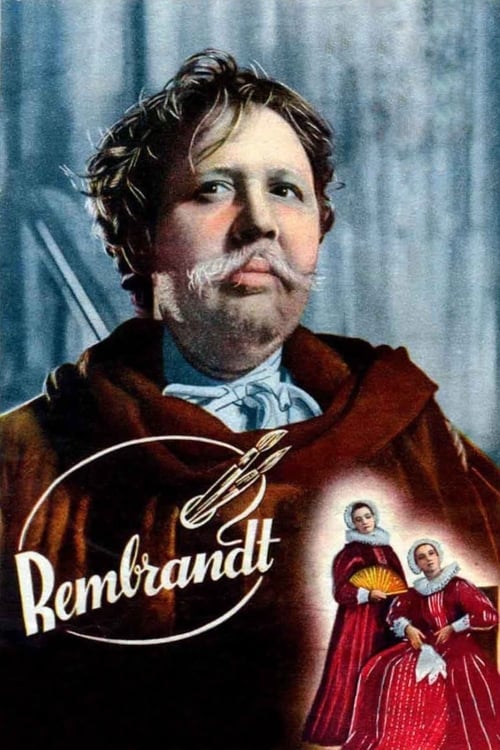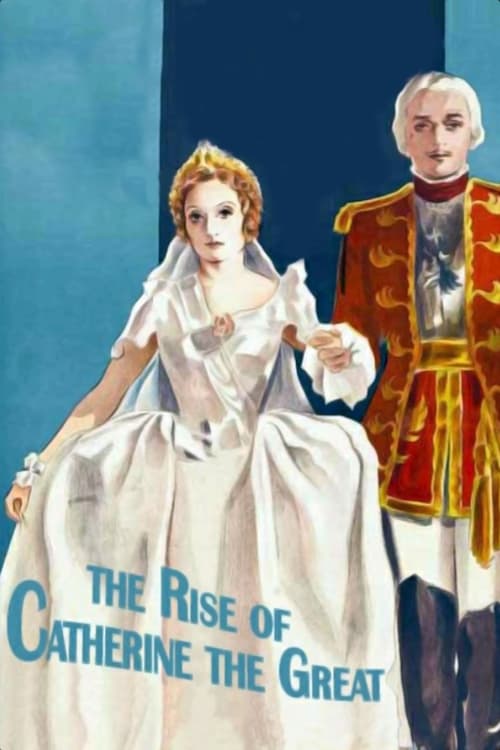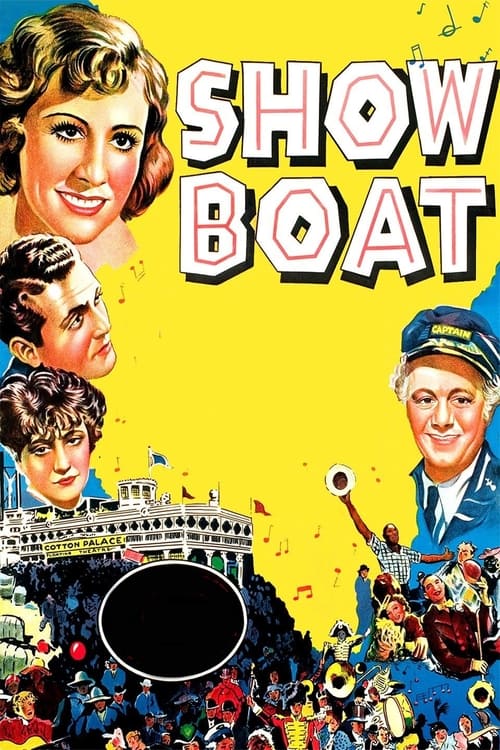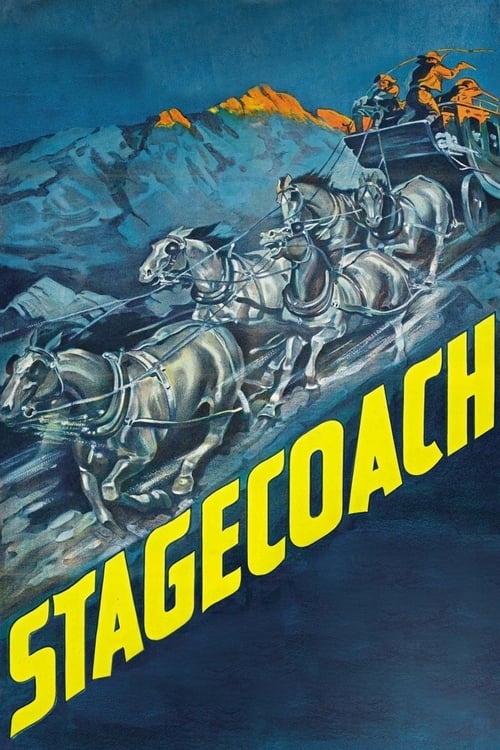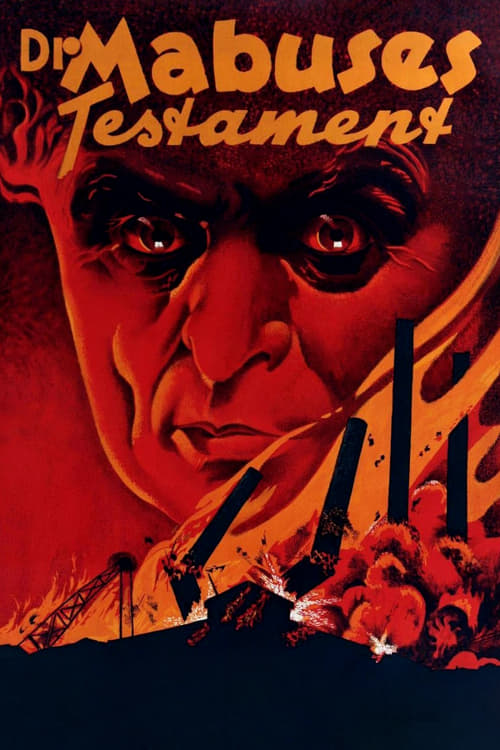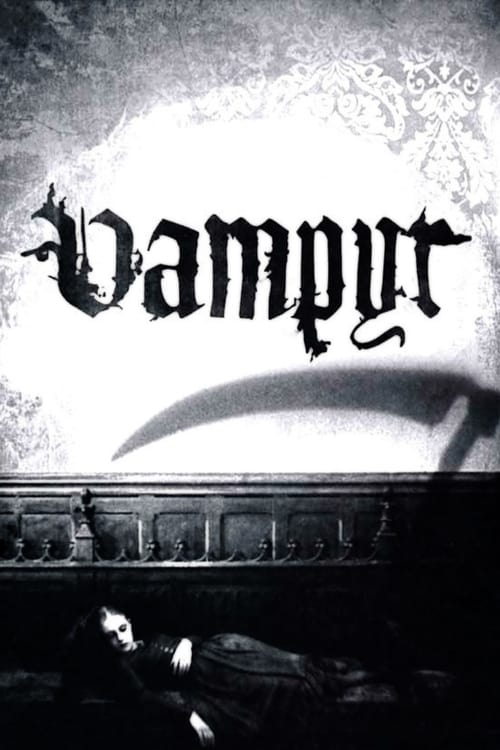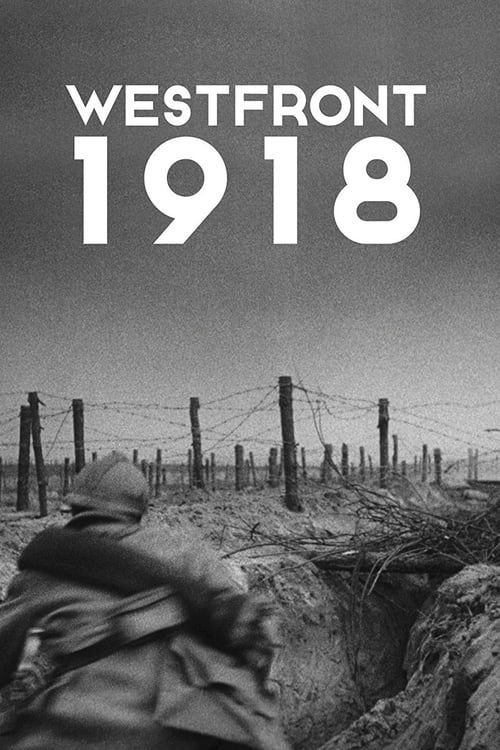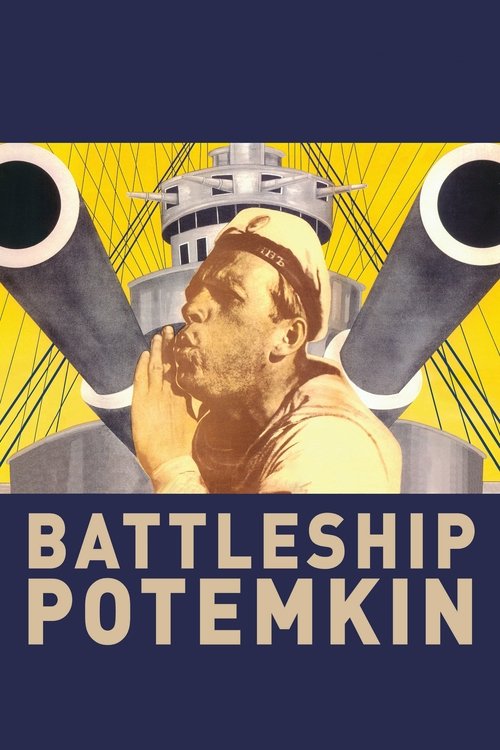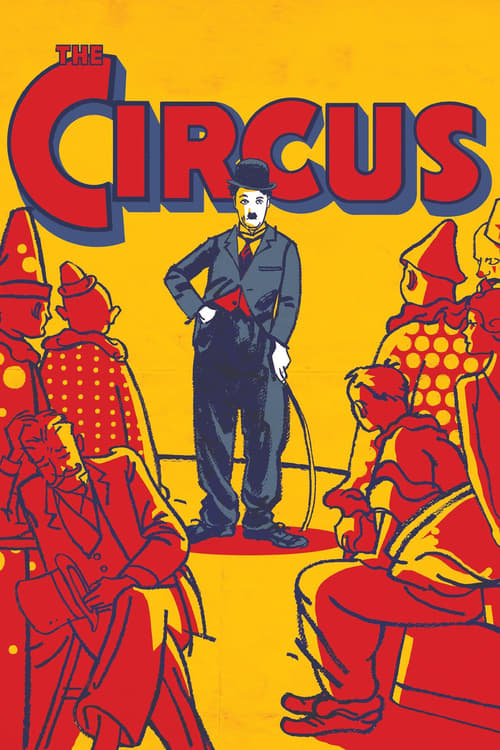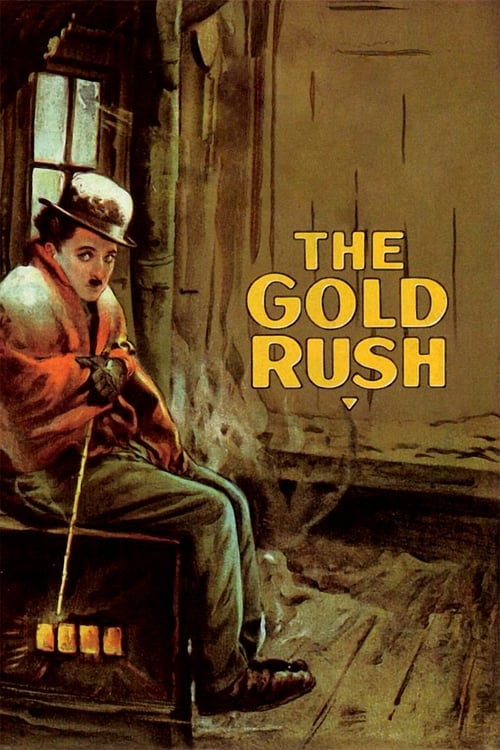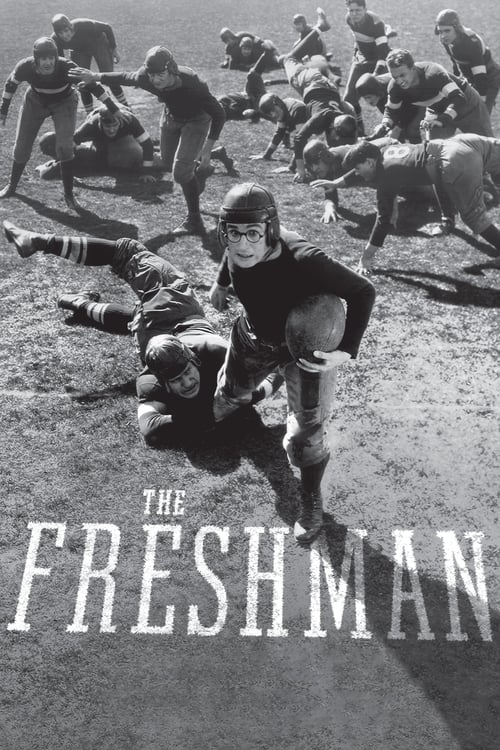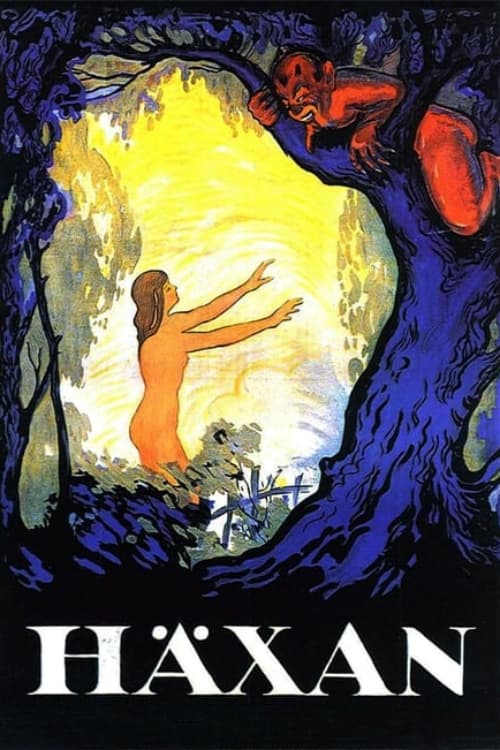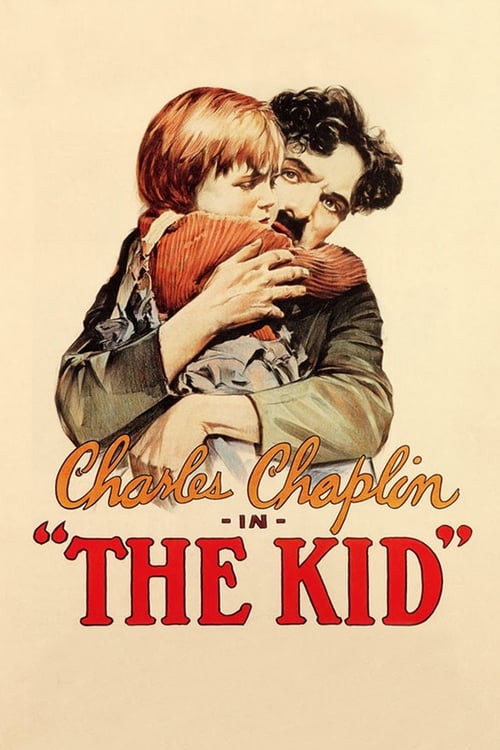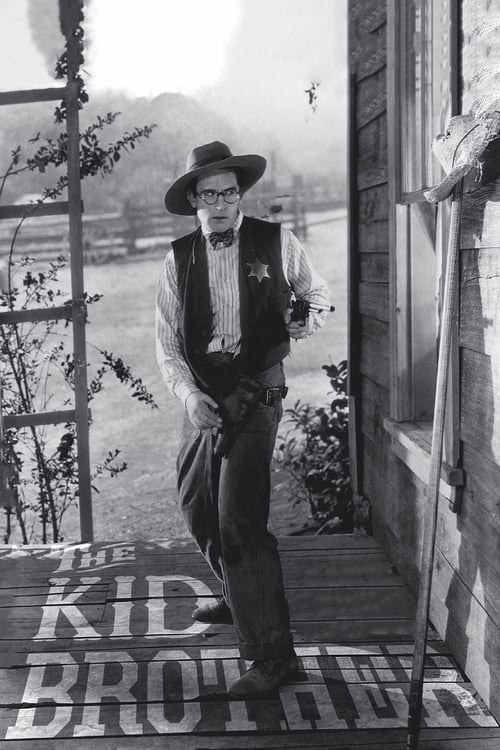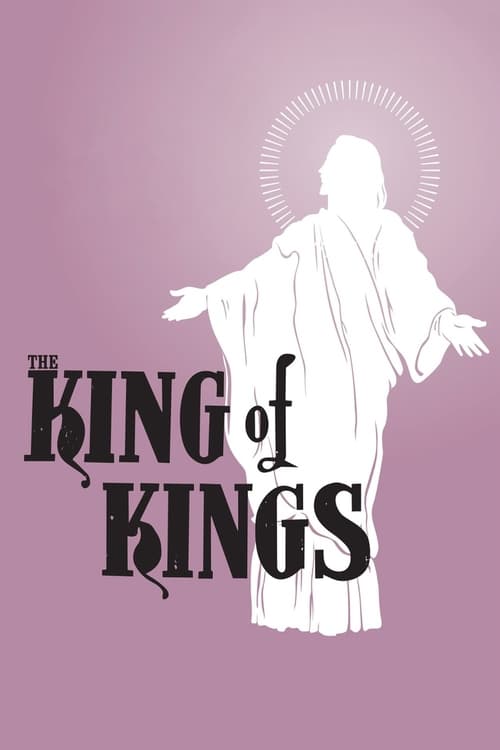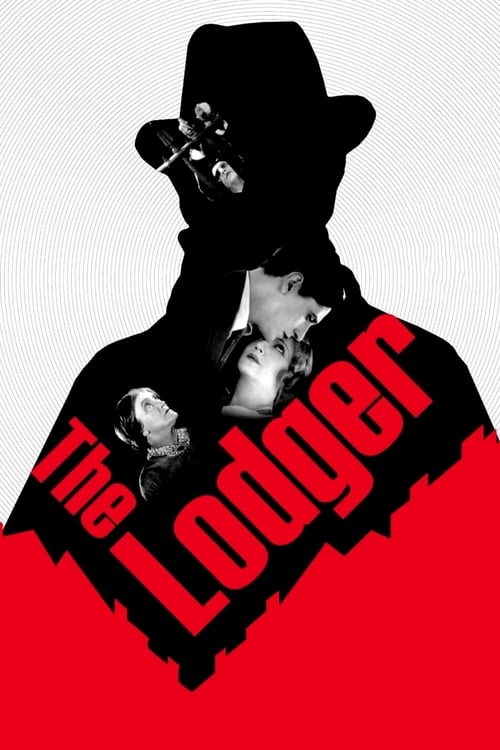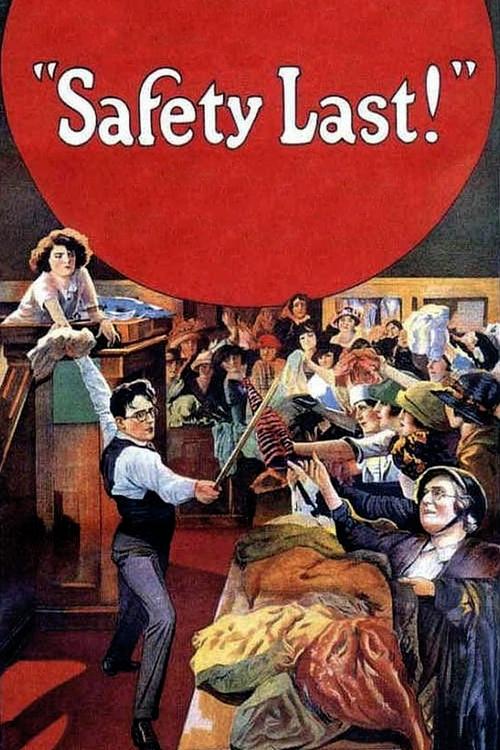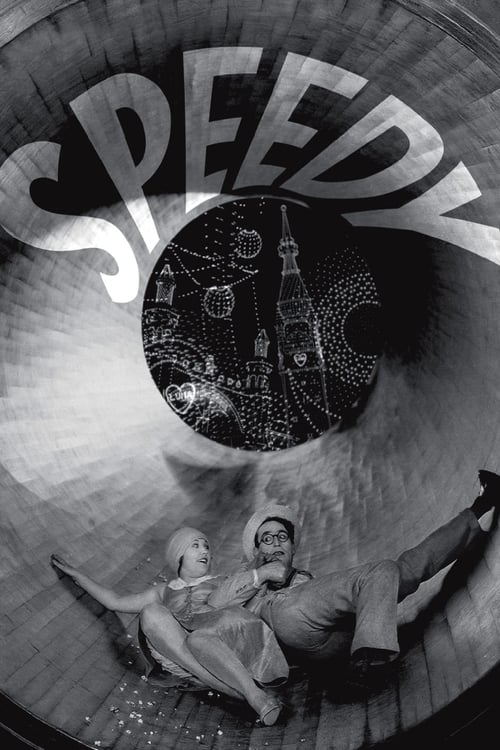Here Are the Criterion Collection Films Streaming on Max
Here Are the Criterion Collection Films Streaming on Max

One bonus of a Max subscription is access to part of the Criterion Collection, which amasses classic films from both the U.S. and abroad. While the Criterion Channel houses a much larger inventory of films, the Criterion Collection available on Max is seriously impressive.
It includes some of the finest foreign films by directors Fellini, Truffaut, and Kurosawa. Various Hitchcock films (“The 39 Steps,” “The Lady Vanishes”) are also available, as is the work of two renowned British directors: Michael Powell’s beautiful “The Red Shoes” and David Lean’s romantic heartbreaker “Brief Encounters.”
Many of Chaplin’s most famous silent films are here, including one of his masterpieces, “The Gold Rush” (1925) and the 1942 version, which includes a musical score and new narration.
The streamer’s subscription starts at $9.99 — and for film buffs, the Criterion library is a cinematic education.
Max Criterion Collection
2020s
-
Eyimofe (This Is My Desire)
April 18, 2021A man and a woman in Lagos want to escape their everyday lives, but extricating themselves is no easy task. Two stories narrated with tenderness and restraint that only fleetingly touch, the dream of migrating to Europe floating above them all the while.
Loading… -
Drive My Car
August 18, 2021Yusuke Kafuku, a stage actor and director, still unable, after two years, to cope with the loss of his beloved wife, accepts to direct Uncle Vanya at a theater festival in Hiroshima. There he meets Misaki, an introverted young woman, appointed to drive his car. In between rides, secrets from the past and heartfelt confessions will be unveiled.
Loading…
2010s
-
The Great Beauty
May 21, 2013Jep Gambardella has seduced his way through the lavish nightlife of Rome for decades, but after his 65th birthday and a shock from the past, Jep looks past the nightclubs and parties to find a timeless landscape of absurd, exquisite beauty.
Loading… -
Ingrid Bergman: In Her Own Words
August 27, 2015A personal and captivating account of the extraordinary life and work of Ingrid Bergman (1915-82), a young Swedish woman who became one of the most celebrated actresses in world cinema.
Loading… -
Cameraperson
September 9, 2016As a visually radical memoir, CAMERAPERSON draws on the remarkable footage that filmmaker Kirsten Johnson has shot and reframes it in ways that illuminate moments and situations that have personally affected her. What emerges is an elegant meditation on the relationship between truth and the camera frame, as Johnson transforms scenes that have been presented on Festival screens as one kind of truth into another kind of story—one about personal journey, craft, and direct human connection.
Loading… -
David Lynch: The Art Life
February 15, 2017An intimate journey through the formative years of David Lynch’s life. From his idyllic upbringing in small town America to the dark streets of Philadelphia, we follow Lynch as he traces the events that have helped to shape one of cinema’s most enigmatic directors.
Loading… -
The Lure
December 25, 2015Two mermaid sisters, who end up performing at a nightclub, face cruel and bloody choices when one of them falls in love with a beautiful young man.
Loading… -
The Grand Budapest Hotel
February 26, 2014The Grand Budapest Hotel tells of a legendary concierge at a famous European hotel between the wars and his friendship with a young employee who becomes his trusted protégé. The story involves the theft and recovery of a priceless Renaissance painting, the battle for an enormous family fortune and the slow and then sudden upheavals that transformed Europe during the first half of the 20th century.
Loading… -
Parasite
May 30, 2019Facing unemployment, dwindling savings, and an uncertain future, the Kim family discovers a possible way out of their troubles thanks to the wealthy and glamorous Park family. What follows is a tense, funny, and moving story about ambition, jealousy, and class warfare.
This brilliant film won 4 Oscars: Best Picture, Best Director (Bong Joon-ho), Best Original Screenplay, and Best International Feature Film.
Don’t be spooked by the subtitles. You will love this movie.
Loading… -
Varda by Agnès
March 28, 2019An unpredictable documentary from a fascinating storyteller, Agnès Varda’s last film sheds light on her experience as a director, bringing a personal insight to what she calls “cine-writing,” traveling from Rue Daguerre in Paris to Los Angeles and Beijing.
Loading…
2000s
-
In the Mood for Love
September 29, 2000In 1962 Hong Kong, two neighbors form a strong bond after both suspect extramarital activities of their spouses.
Loading… -
Fat Girl
March 7, 2001Anaïs is twelve and bears the weight of the world on her shoulders. She watches her older sister, Elena, whom she both loves and hates. Elena is fifteen and devilishly beautiful. Neither more futile, nor more stupid than her younger sister, she cannot understand that she is merely an object of desire. And, as such, she can only be taken. Or had. Indeed, this is the subject: a girl’s loss of virginity. And, that summer, it opens a door to tragedy.
Loading… -
The Beales of Grey Gardens
July 21, 2006Mother and daughter - Big Edie and Little Edie Beale - live with six cats in a crumbling house in East Hampton. Little Edie, in her 50s, who wears scarves and bright colors, sings, mugs for the camera, and talks to Al and David Maysles, the filmmakers. Big Edie, in her 70s, recites poetry, comments on her daughter’s behavior, and sings “If I Loved You” in fine voice. She talks in short sentences; her daughter in volumes. The film is episodic: friends visit, there’s a small fire in the house, Little Edie goes to the shore and swims. She talks about the Catholic Church. She’s ashamed that local authorities raided the house because of all the cats. She values being different.
Loading… -
Revanche
May 16, 2008Ex-con Alex plans to flee to the South with his girl after a robbery. But something terrible happens and revenge seems inevitable.
Loading… -
In Vanda's Room
March 2, 2001An unflinching, fragmentary look at a handful of self-destructive, marginalized people, but taking as main focus the heroin-addicted Vanda Duarte.
Loading… -
Fantastic Mr. Fox
October 23, 2009The Fantastic Mr. Fox, bored with his current life, plans a heist against the three local farmers. The farmers, tired of sharing their chickens with the sly fox, seek revenge against him and his family.
Loading… -
La Ciénaga
April 12, 2001The life of two women and their families in a small provincial town of Salta, Argentina.
Loading… -
The Piano Teacher
September 5, 2001Erika Kohut, a sexually repressed piano teacher living with her domineering mother, meets a young man who starts romantically pursuing her.
Loading… -
Old Joy
March 25, 2006Soon to be a father, Mark feels the pressure of domestic responsibility closing in, so he is more than happy to accept when his old friend Kurt proposes a camping trip in the Oregon wilderness. During their time together, the men come to grips with the changes in their lives and the effect on their relationship.
Loading…
1990s
-
An Angel at My Table
September 20, 1990Based on the autobiographical work of New Zealand writer Janet Frame, this production depicts the author at various stage of her life. Afflicted with mental and emotional issues, Frame grows up in an impoverished family and experiences numerous tragedies while still in her youth, including the deaths of two of her siblings. Portrayed as an adult by Kerry Fox, Frame finds acclaim for her writing while still in a mental institution, and her success helps her move on with her life.
Loading… -
A Brief History of Time
October 1, 1991This shows physicist Stephen Hawking’s life as he deals with the ALS that renders him immobile and unable to speak without the use of a computer. Hawking’s friends, family, classmates, and peers are interviewed not only about his theories but the man himself.
Loading… -
The Silence of the Lambs
February 14, 1991Clarice Starling is a top student at the FBI’s training academy. Jack Crawford wants Clarice to interview Dr. Hannibal Lecter, a brilliant psychiatrist who is also a violent psychopath, serving life behind bars for various acts of murder and cannibalism. Crawford believes that Lecter may have insight into a case and that Starling, as an attractive young woman, may be just the bait to draw him out.
Loading… -
Armageddon
July 1, 1998When an asteroid threatens to collide with Earth, NASA honcho Dan Truman determines the only way to stop it is to drill into its surface and detonate a nuclear bomb. This leads him to renowned driller Harry Stamper, who agrees to helm the dangerous space mission provided he can bring along his own hotshot crew. Among them is the cocksure A.J. who Harry thinks isn’t good enough for his daughter, until the mission proves otherwise.
Loading… -
Taste of Cherry
September 28, 1997A middle-aged Tehranian man, Mr. Badii is intent on killing himself and seeks someone to bury him after his demise. Driving around the city, the seemingly well-to-do Badii meets with numerous people, including a Muslim student, asking them to take on the job, but initially he has little luck. Eventually, Badii finds a man who is up for the task because he needs the money, but his new associate soon tries to talk him out of committing suicide.
Loading… -
Ratcatcher
November 12, 1999James Gillespie is 12 years old. The world he knew is changing. Haunted by a secret, he has become a stranger in his own family. He is drawn to the canal where he creates a world of his own. He finds an awkward tenderness with Margaret Anne, a vulnerable 14 year old expressing a need for love in all the wrong ways, and befriends Kenny, who possesses an unusual innocence in spite of the harsh surroundings.
Loading… -
Man Bites Dog
August 20, 1992The activities of rampaging, indiscriminate serial killer Ben are recorded by a willingly complicit documentary team, who eventually become his accomplices and active participants. Ben provides casual commentary on the nature of his work and arbitrary musings on topics of interest to him, such as music or the conditions of low-income housing, and even goes so far as to introduce the documentary crew to his family. But their reckless indulgences soon get the better of them.
Loading… -
Schizopolis
April 2, 1997A man works for the unpleasant guru of a Scientology-like movement.
Loading… -
Slacker
July 5, 1991Austin, Texas, is an Eden for the young and unambitious, from the enthusiastically eccentric to the dangerously apathetic. Here, the nobly lazy can eschew responsibility in favor of nursing their esoteric obsessions. The locals include a backseat philosopher who passionately expounds on his dream theories to a seemingly comatose cabbie, a young woman who tries to hawk Madonna’s Pap test to anyone who will listen and a kindly old anarchist looking for recruits.
Loading… -
Hoop Dreams
September 12, 1994Every school day, African-American teenagers William Gates and Arthur Agee travel 90 minutes each way from inner-city Chicago to St. Joseph High School in Westchester, Illinois, a predominately white suburban school well-known for the excellence of its basketball program. Gates and Agee dream of NBA stardom, and with the support of their close-knit families, they battle the social and physical obstacles that stand in their way. This acclaimed documentary was shot over the course of five years.
Loading… -
Metropolitan
August 3, 1990A radical student is adopted by a group of young New Yorkers, serves as a catalyst to alter his and their lives. Gathering in a Manhattan apartment, the group of friends meet to discuss social mobility, Fourier’s socialism and play bridge in their cocoon of upper-class society - until they are joined by a man with a critical view of their way of life.
Loading… -
Night on Earth
December 12, 1991An anthology of 5 different cab drivers in 5 American and European cities and their remarkable fares on the same eventful night.
Loading… -
Bottle Rocket
February 21, 1996Upon his release from a mental hospital following a nervous breakdown, the directionless Anthony joins his friend Dignan, who seems far less sane than the former. Dignan has hatched a harebrained scheme for an as-yet-unspecified crime spree that somehow involves his former boss, the (supposedly) legendary Mr. Henry.
Loading… -
Chungking Express
July 14, 1994Two melancholic Hong Kong policemen fall in love: one with a mysterious underworld figure, the other with a beautiful and ethereal server at a late-night restaurant.
Loading… -
Europa
June 27, 1991A young, idealist American gets a job as a train conductor for the Zentropa railway network in postwar, US-occupied Frankfurt. As various people try to take advantage of him, he soon finds his position politically sensitive, and gets caught up in a whirlpool of conspiracies and Nazi sympathisers.
Loading… -
Cronos
November 5, 1993Faced with his own mortality, an ingenious alchemist tried to perfect an invention that would provide him with the key to eternal life. It was called the Cronos device. When he died more than 400 years later, he took the secrets of this remarkable device to the grave with him. Now, an elderly antiques dealer has found the hellish machine hidden in a statue and learns about its incredible powers. The more he uses the device, the younger he becomes…but nothing comes without a price. Life after death is just the beginning as this nerve-shattering thriller unfolds and the fountain of youth turns bloody.
Loading… -
Topsy-Turvy
December 15, 1999After their production “Princess Ida” meets with less-than-stunning reviews, the relationship between Gilbert and Sullivan is strained to breaking. Their friends and associates attempt to get the two to work together again, which opens the way to “The Mikado,” one of the duo’s greatest successes.
Loading… -
Three Colors: Blue
September 8, 1993The wife of a famous composer survives a car accident that kills her husband and daughter. Now alone, she shakes off her old identity and explores her newfound freedom but finds that she is unbreakably bound to other humans, including her husband’s mistress, whose existence she never suspected.
Loading… -
Three Colors: White
January 26, 1994Polish immigrant Karol Karol finds himself out of a marriage, a job and a country when his French wife, Dominique, divorces him after six months due to his impotence. Forced to leave France after losing the business they jointly owned, Karol enlists fellow Polish expatriate Mikołaj to smuggle him back to their homeland.
Loading… -
Three Colors: Red
May 12, 1994Part-time model Valentine unexpectedly befriends a retired judge after she runs over his dog. At first, the grumpy man shows no concern about the dog, and Valentine decides to keep it. But the two form a bond when she returns to his house and catches him listening to his neighbors’ phone calls.
Loading… -
The War Room
November 3, 1993A behind-the-scenes documentary about the Clinton for President campaign, focusing on the adventures of spin doctors James Carville and George Stephanopoulos.
Loading… -
Shallow Grave
December 22, 1994When David, Juliet, and Alex find their new roommate dead with a large sum of money, they agree to hide the body and keep the cash. However, this newfound fortune gradually corrodes their friendship.
Loading… -
Gray's Anatomy
September 11, 1996The film documents, in an often dramatic and humorous fashion, Gray’s investigations into alternative medicine for an eye condition (Macular pucker) he had developed.
Loading… -
Rosetta
September 29, 1999Young, impulsive Rosetta lives a hard and stressful life as she struggles to support herself and her alcoholic mother. Refusing all charity, she is desperate to maintain a dignified job.
Loading… -
Breaking the Waves
July 5, 1996In a small and conservative Scottish village, a woman’s paralytic husband convinces her to have extramarital intercourse so she can tell him about it and give him a reason for living.
Loading… -
Tie Me Up! Tie Me Down!
January 22, 1990Recently released from a mental hospital, Ricky ties up Marina, a film star he once had sex with and keeps her hostage.
Loading… -
The Player
April 3, 1992A Hollywood studio executive is being sent death threats by a writer whose script he rejected - but which one?
Loading… -
Buena Vista Social Club
June 4, 1999In this fascinating Oscar-nominated documentary, American guitarist Ry Cooder brings together a group of legendary Cuban folk musicians (some in their 90s) to record a Grammy-winning CD in their native city of Havana. The result is a spectacular compilation of concert footage from the group’s gigs in Amsterdam and New York City’s famed Carnegie Hall, with director Wim Wenders capturing not only the music — but also the musicians’ life stories.
Loading… -
Twin Peaks: Fire Walk with Me
June 3, 1992In the questionable town of Deer Meadow, Washington, FBI Agent Desmond inexplicably disappears while hunting for the man who murdered a teen girl. The killer is never apprehended, and, after experiencing dark visions and supernatural encounters, Agent Dale Cooper chillingly predicts that the culprit will claim another life. Meanwhile, in the more cozy town of Twin Peaks, hedonistic beauty Laura Palmer hangs with lowlifes and seems destined for a grisly fate.
Loading… -
Dead Man
December 23, 1995William Blake, an accountant turned fugitive, is on the run. During his travels, he meets a Native American man called Nobody, who guides him on a journey to the spiritual world.
Loading… -
Funny Games
August 23, 1997Two psychotic young men take a mother, father, and son hostage in their vacation cabin and force them to play sadistic “games” with one another for their own amusement.
Loading… -
Europa Europa
November 14, 1990A Jewish boy separated from his family in the early days of WWII poses as a German orphan and is taken into the heart of the Nazi world as a ‘war hero’ and eventually becomes a Hitler Youth.
Loading… -
When We Were Kings
October 25, 1996It’s 1974. Muhammad Ali is 32 and thought by many to be past his prime. George Foreman is ten years younger and the heavyweight champion of the world. Promoter Don King wants to make a name for himself and offers both fighters five million dollars apiece to fight one another, and when they accept, King has only to come up with the money. He finds a willing backer in Mobutu Sese Suko, the dictator of Zaire, and the “Rumble in the Jungle” is set, including a musical festival featuring some of America’s top black performers, like James Brown and B.B. King.
Loading… -
The Daytrippers
March 5, 1997Eliza D’Amico thinks her marriage to Louis is going great until she finds a mysterious love note to her husband. Concerned, she goes to her mother for advice. Eliza, her parents, her sister Jo, and Jo’s boyfriend all pile into a station wagon to go to the city to confront Louis with the letter. On the way, the five explore their relations with each other and meet many interesting people.
Loading… -
Paris Is Burning
March 13, 1991Where does voguing come from, and what, exactly, is throwing shade? This landmark documentary provides a vibrant snapshot of the 1980s through the eyes of New York City’s African American and Latinx Harlem drag-ball scene. Made over seven years, PARIS IS BURNING offers an intimate portrait of rival fashion “houses,” from fierce contests for trophies to house mothers offering sustenance in a world rampant with homophobia, transphobia, racism, AIDS, and poverty. Featuring legendary voguers, drag queens, and trans women — including Willi Ninja, Pepper LaBeija, Dorian Corey, and Venus Xtravaganza.
Loading… -
Beau Travail
May 3, 2000Foreign Legion officer Galoup recalls his once glorious life, training troops in the Gulf of Djibouti. His existence there was happy, strict and regimented, until the arrival of a promising young recruit, Sentain, plants the seeds of jealousy in Galoup’s mind.
Loading… -
Ghost Dog: The Way of the Samurai
October 6, 1999An African-American Mafia hit man who models himself after the samurai of ancient Japan finds himself targeted for death by the mob.
Loading… -
Secrets & Lies
May 24, 1996After her adoptive mother dies, Hortense, a successful black optometrist, seeks out her birth mother. She’s shocked when her research leads her to Cynthia, a working class white woman.
Loading… -
Irma Vep
October 1, 1996Hong Kong action diva Maggie Cheung comes to France when a past-his-prime director casts her in a remake of the silent classic Les Vampires. Clad in a rubber catsuit and unable to speak a word of French, Cheung finds herself adrift in the insanity of the film industry…
Loading… -
Deep Cover
April 15, 1992Black police officer Russell Stevens applies for a special anti-drug squad which targets the highest boss of cocaine delivery to LA—the Colombian foreign minister’s nephew. Russell works his way up from the bottom undercover, until he reaches the boss.
Loading… -
Malcolm X
November 18, 1992A tribute to the controversial black activist and leader of the struggle for black liberation. He hit bottom during his imprisonment in the ’50s, he became a Black Muslim and then a leader in the Nation of Islam. His assassination in 1965 left a legacy of self-determination and racial pride.
Loading… -
Days of Being Wild
December 15, 1990Yuddy, a Hong Kong playboy known for breaking girls’ hearts, tries to find solace and the truth after discovering the woman who raised him isn’t his mother.
Loading… -
Fallen Angels
September 6, 1995An assassin goes through obstacles as he attempts to escape his violent lifestyle despite the opposition of his partner, who is secretly attracted to him.
Loading… -
Happy Together
May 30, 1997A gay couple from Hong Kong takes a trip to Argentina in search of a new beginning but instead begins drifting even further apart.
Loading… -
Benny's Video
October 20, 1992A 14-year-old video enthusiast obsessed with violent films decides to make one of his own and show it to his parents, with tragic results.
Loading…
1980s
-
16 Days of Glory
October 23, 1985The definitive photographic record of the 1984 Los Angeles Olympics, told “from the inside” through the lives of the participants, the words of David Perry, and the singing voice of Placido Domingo. From the opening to closing ceremonies, this unique style of storytelling shows a side of the Olympic Games not seen by television audiences.
Loading… -
Au Revoir les Enfants
October 7, 1987Au revoir les enfants tells a heartbreaking story of friendship and devastating loss concerning two boys living in Nazi-occupied France. At a provincial Catholic boarding school, the precocious youths enjoy true camaraderie—until a secret is revealed. Based on events from writer-director Malle’s own childhood, the film is a subtle, precisely observed tale of courage, cowardice, and tragic awakening.
Loading… -
Babette's Feast
August 11, 1987A French housekeeper with a mysterious past brings quiet revolution in the form of one exquisite meal to a circle of starkly pious villagers in late 19th century Denmark.
Loading… -
Blood Simple
March 26, 1984The owner of a seedy small-town Texas bar discovers that one of his employees is having an affair with his wife. A chaotic chain of misunderstandings, lies and mischief ensues after he devises a plot to have them murdered.
Loading… -
Dead Ringers
September 23, 1988Elliot, a successful gynecologist, works at the same practice as his identical twin, Beverly. Elliot is attracted to many of his patients and has affairs with them. When he inevitably loses interest, he will give the woman over to Beverly, the meeker of the two, without the woman knowing the difference. Beverly falls hard for one of the patients, Claire, but when she inadvertently deceives him, he slips into a state of madness.
Loading… -
The Long Good Friday
November 1, 1980In the late 1970s, Cockney crime boss Harold Shand, a gangster trying to become a legitimate property mogul, has big plans to get the American Mafia to bankroll his transformation of a derelict area of London into the possible venue for a future Olympic Games. However, a series of bombings targets his empire on the very weekend the Americans are in town. Shand is convinced there is a traitor in his organization, and sets out to eliminate the rat in typically ruthless fashion.
Loading… -
Time Bandits
July 13, 1981Young history buff Kevin can scarcely believe it when six dwarfs emerge from his closet one night. Former employees of the Supreme Being, they’ve purloined a map charting all of the holes in the fabric of time and are using it to steal treasures from different historical eras. Taking Kevin with them, they variously drop in on Napoleon, Robin Hood and King Agamemnon before the Supreme Being catches up with them.
Loading… -
For All Mankind
November 1, 1989A testament to NASA’s Apollo program of the 1960s and ’70s. Composed of actual NASA footage of the missions and astronaut interviews, the documentary offers the viewpoint of the individuals who braved the remarkable journey to the moon and back.
Loading… -
Coup de Torchon
November 4, 1981A pathetic police chief, humiliated by everyone around him, suddenly wants a clean slate in life, and resorts to drastic means to achieve it.
Loading… -
Mona Lisa
June 13, 1986George is a small-time crook just out of prison who discovers his tough-guy image is out of date. Reduced to working as a minder/driver for high class call girl Simone, he has to agree when she asks him to find a young colleague from her King’s Cross days. That’s when George’s troubles just start.
Loading… -
Withnail & I
June 19, 1987Two out-of-work actors — the anxious, luckless Marwood and his acerbic, alcoholic friend, Withnail — spend their days drifting between their squalid flat, the unemployment office and the pub. When they take a holiday “by mistake” at the country house of Withnail’s flamboyantly gay uncle, Monty, they encounter the unpleasant side of the English countryside: tedium, terrifying locals and torrential rain.
Loading… -
Down by Law
September 20, 1986A disc jockey, a pimp and an Italian tourist escape from jail in New Orleans.
Loading… -
Jimi Plays Monterey
October 16, 1987It’s no exaggeration to say this might be the most intense and groundbreaking 45-minute performance in the history of rock. Jimi Hendrix’s debut American set at 1967’s Monterey Pop Festival is generally considered one of the most radical and legendary live shows ever. Virtually unknown to American audiences at the time, even though he was already an established entity in the UK, Hendrix and his two-piece Experience explode on stage, ripping through blues classics “Rock Me Baby” and Howlin’ Wolf’s “Killing Floor,” interpreting and electrifying Bob Dylan’s “Like a Rolling Stone,” debuting songs from his yet-to-be-released first album and closing with the now historic sacrificing/burning of his guitar during an unhinged version of “Wild Thing” that even its writer Chip Taylor would never have imagined. Hendrix uses feedback and distortion to enhance the songs in whisper-to-scream intensity, blazing territory that had not been previously explored with as much soul-frazzled power.
Loading… -
Shake! Otis at Monterey
October 16, 1987Renowned documentary filmmaker D.A. Pennebaker captures Otis Redding in his ascendancy, singing at the historic Monterey International Pop Festival in June 1967. Comedian Tom Smothers introduces Redding to a crowd that is leaving — until Redding grabs them with his charged rendition of “Shake.” Redding’s performance also includes “Respect” (which he wrote), “I’ve Been Loving You Too Long,” “Satisfaction,” and “Try a Little Tenderness.” Tragically, Redding died in a plane crash six months later. An innovative filmmaker who started in the 1950s making experimental films, Pennebaker garnered an Oscar nomination for Best Documentary Feature in 1993 for The War Room, his behind-the-scenes look at Bill Clinton’s 1992 campaign. His other subjects have included Norman Mailer, Bob Dylan, and David Bowie.
Loading… -
My Life as a Dog
December 12, 1985A boy, obsessed with comparing himself with those less fortunate, experiences a different life at the home of his aunt and uncle in 1959 Sweden.
Loading… -
Lola
August 20, 1981Germany in the autumn of 1957: Lola, a seductive cabaret singer-prostitute exults in her power as a temptress of men, but she wants out—she wants money, property, and love. Pitting a corrupt building contractor against the new straight-arrow building commissioner, Lola launches an outrageous plan to elevate herself in a world where everything, and everyone, is for sale. Shot in childlike candy colors, Fassbinder’s homage to Josef von Sternberg’s classic The Blue Angel stands as a satiric tribute to capitalism.
Loading… -
Tanner '88
February 15, 1988In 1988, renegade filmmaker Robert Altman and Pulitzer Prize–winning Doonesbury cartoonist Garry Trudeau created a presidential candidate, ran him alongside the other hopefuls during the primary season, and presented their media campaign as a cross between a soap opera and TV news. The result was the groundbreaking Tanner ’88, a piercing satire of media-age American politics.
Loading… -
Fanny and Alexander
December 17, 1982As children in the loving Ekdahl family, Fanny and Alexander enjoy a happy life with their parents, who run a theater company. After their father dies unexpectedly, however, the siblings end up in a joyless home when their mother, Emilie, marries a stern bishop. The bleak situation gradually grows worse as the bishop becomes more controlling, but dedicated relatives make a valiant attempt to aid Emilie, Fanny and Alexander.
Loading… -
Sweetie
September 28, 1989The buttoned-down, superstitious Kay is attempting to lead a normal existence with her new boyfriend Louis. That’s until Sweetie, her rampaging, devil-may-care sister, returns home after an absence, exposing the rotten roots of their family and placing a strain on Kay and Louis’ relationship.
Loading… -
Stranger Than Paradise
October 1, 1984A Hungarian immigrant, his friend, and his cousin go on an unpredictable adventure across America.
Loading… -
Under the Volcano
June 20, 1984Against a background of war breaking out in Europe and the Mexican fiesta Day of Death, we are taken through one day in the life of Geoffrey Firmin, a British consul living in alcoholic disrepair and obscurity in a small southern Mexican town in 1939. The consul’s self-destructive behaviour, perhaps a metaphor for a menaced civilization, is a source of perplexity and sadness to his nomadic, idealistic half-brother, Hugh, and his ex-wife, Yvonne, who has returned with hopes of healing Geoffrey and their broken marriage.
Loading… -
The Last Emperor
October 4, 1987A dramatic history of Pu Yi, the last of the Emperors of China, from his lofty birth and brief reign in the Forbidden City, the object of worship by half a billion people; through his abdication, his decline and dissolute lifestyle; his exploitation by the invading Japanese, and finally to his obscure existence as just another peasant worker in the People’s Republic.
Loading… -
The Last Metro
September 17, 1980In occupied Paris, an actress married to a Jewish theater owner must keep him hidden from the Nazis while doing both of their jobs.
Loading… -
My Dinner with Andre
October 11, 1981Wally, a struggling playwright and actor, reluctantly agrees to catch up with his old friend Andre, a theater director who disappeared several years prior in order to travel the world. Meeting at a posh Manhattan restaurant, the two share life stories, anecdotes and philosophical musings over the course of an evening meal.
Loading… -
Wings of Desire
September 23, 1987Two angels, Damiel and Cassiel, glide through the streets of Berlin, observing the bustling population, providing invisible rays of hope to the distressed but never interacting with them. When Damiel falls in love with lonely trapeze artist Marion, the angel longs to experience life in the physical world, and finds — with some words of wisdom from actor Peter Falk — that it might be possible for him to take human form.
Loading… -
Paris, Texas
July 16, 1984A man wanders out of the desert not knowing who he is. His brother finds him, and helps to pull his memory back of the life he led before he walked out on his family and disappeared four years earlier.
Loading… -
The Times of Harvey Milk
October 7, 1984Harvey Milk was an outspoken human rights activist and one of the first openly gay U.S. politicians elected to public office; even after his assassination in 1978, he continues to inspire disenfranchised people around the world.
Loading… -
Eating Raoul
March 24, 1982A relatively boring Los Angeles couple discover a bizarre, if not murderous way to get funding for opening a restaurant.
Loading… -
Babette's Feast
August 11, 1987A French housekeeper with a mysterious past brings quiet revolution in the form of one exquisite meal to a circle of starkly pious villagers in late 19th century Denmark.
Loading… -
Scanners
January 14, 1981After a man with extraordinary—and frighteningly destructive—telepathic abilities is nabbed by agents from a mysterious rogue corporation, he discovers he is far from the only possessor of such strange powers, and that some of the other “scanners” have their minds set on world domination, while others are trying to stop them.
Loading… -
The Big Chill
September 30, 1983Seven old college friends gather for a weekend reunion after the funeral of one of their own.
Loading… -
Tootsie
December 17, 1982When struggling, out of work actor Michael Dorsey secretly adopts a female alter ego – Dorothy Michaels – in order to land a part in a daytime drama, he unwittingly becomes a feminist icon and ends up in a romantic pickle.
Loading… -
My Beautiful Laundrette
November 16, 1985A Pakistani Briton renovates a rundown laundrette with his male lover while dealing with drama within his family, the local Pakistani community, and a persistent mob of skinheads.
Loading… -
Breaker Morant
June 11, 1980During the Boer War, three Australian lieutenants are on trial for shooting Boer prisoners. Though they acted under orders, they are being used as scapegoats by the General Staff, who hopes to distance themselves from the irregular practices of the war. The trial does not progress as smoothly as expected by the General Staff, as the defence puts up a strong fight in the courtroom.
Loading… -
A Room with a View
December 13, 1985When Lucy Honeychurch and chaperon Charlotte Bartlett find themselves in Florence with rooms without views, fellow guests Mr Emerson and son George step in to remedy the situation. Meeting the Emersons could change Lucy’s life forever but, once back in England, how will her experiences in Tuscany affect her marriage plans?
Loading… -
Tampopo
November 23, 1985In this humorous paean to the joys of food, a pair of truck drivers happen onto a decrepit roadside shop selling ramen noodles. The widowed owner, Tampopo, begs them to help her turn her establishment into a paragon of the “art of noodle-soup making”. Interspersed are satirical vignettes about the importance of food to different aspects of human life.
Loading… -
L'Argent
May 16, 1983A forged 500-franc note is passed from person to person and shop to shop, until it falls into the hands of a genuine innocent who doesn’t see it for what it is—which will have devastating consequences on his life.
Loading… -
Desert Hearts
October 1, 1985While waiting for her divorce papers, a repressed literature professor finds herself unexpectedly attracted by a carefree, spirited young woman named Cay.
Loading… -
Bull Durham
June 15, 1988Veteran catcher Crash Davis is brought to the minor league Durham Bulls to help their up and coming pitching prospect, “Nuke” Laloosh. Their relationship gets off to a rocky start and is further complicated when baseball groupie Annie Savoy sets her sights on the two men.
Loading… -
Smithereens
September 11, 1982A narcissistic runaway engages in a number of parasitic relationships amongst members of New York’s waning punk scene.
Loading… -
Police Story
December 14, 1985Officer Chan Ka Kui manages to put a major Hong Kong drug dealer behind the bars practically alone, after a shooting and an impressive chase inside a slum. Now, he must protect the boss’ secretary, Selina, who will testify against the gangster in court.
Loading… -
Police Story 2
August 13, 1988The Hong Kong super-cop must stop a group of blackmailing bombers at the same time that the villains of the first Police Story are out for revenge.
Loading… -
Blue Velvet
September 19, 1986Clean-cut Jeffrey Beaumont realizes his hometown is not so normal when he discovers a human ear in a field, the investigation soon catapulting him toward a disturbed nightclub singer and a drug-addicted sadist.
Loading… -
Working Girls
February 27, 1987A lesbian college graduate, trying to bankroll her own photography business, works as a high-priced New York City escort.
Loading… -
Raging Bull
November 14, 1980The life of boxer Jake LaMotta, whose violence and temper that led him to the top in the ring destroyed his life outside of it.
Loading… -
After Hours
August 16, 1985Desperate to escape his mind-numbing routine, uptown Manhattan office worker Paul Hackett ventures downtown for a hookup with a mystery woman.
Loading… -
Intervista
September 28, 1987Federico Fellini welcomes us into his world of film making with a mockumentary about his life in film, as a Japanese film crew follows him around.
Loading… -
As Tears Go By
June 9, 1988Mid-level gangster Wah falls in love with his beautiful cousin, but must also continue to protect his volatile partner-in-crime and friend, Fly.
Loading… -
The Home and the World
January 4, 1985When the movie opens, a woman is recalling the events that molded her perspective on the world. Years ago, her husband, a wealthy Western-educated landowner, challenged tradition by providing her with schooling, and inviting her out of the seclusion in which married women were kept, to the consternation of more conservative relatives. Meeting her husband’s visiting friend from college, a leader of an economic rebellion against the British, she takes up his political cause, despite her husbands warnings. As the story progresses, the relationship between the woman and the visitor becomes more than platonic, and the political battles, pitting rich against poor and Hindu against Moslem, turn out not to be quite as simple as she had first thought.
Loading…
1970s
-
Amarcord
December 18, 1973In an Italian seaside town, young Titta gets into trouble with his friends and watches various local eccentrics as they engage in often absurd behavior. Frequently clashing with his stern father and defended by his doting mother, Titta witnesses the actions of a wide range of characters, from his extended family to Fascist loyalists to sensual women, with certain moments shifting into fantastical scenarios.
Loading… -
Autumn Sonata
October 8, 1978After a seven-year absence, Charlotte Andergast travels to Sweden to reunite with her daughter Eva. The pair have a troubled relationship: Charlotte sacrificed the responsibilities of motherhood for a career as a classical pianist. Over an emotional night, the pair reopen the wounds of the past. Charlotte gets another shock when she finds out that her mentally impaired daughter, Helena, is out of the asylum and living with Eva.
Loading… -
Ali: Fear Eats the Soul
March 5, 1974Emmi Kurowski, a cleaning lady, is lonely in her old age. Her husband died years ago, and her grown children offer little companionship. One night she goes to a bar frequented by Arab immigrants and strikes up a friendship with middle-aged mechanic Ali. Their relationship soon develops into something more, and Emmi’s family and neighbors criticize their spontaneous marriage. Soon Emmi and Ali are forced to confront their own insecurities about their future.
Loading… -
The Brood
May 25, 1979A man tries to uncover an unconventional psychologist’s therapy techniques on his institutionalized wife, while a series of brutal attacks committed by a brood of mutant children coincides with the husband’s investigation.
Loading… -
Picnic at Hanging Rock
September 2, 1975In the early 1900s, Miranda attends a girls boarding school in Australia. One Valentine’s Day, the school’s typically strict headmistress treats the girls to a picnic field trip to an unusual but scenic volcanic formation called Hanging Rock. Despite rules against it, Miranda and several other girls venture off. It’s not until the end of the day that the faculty realizes the girls and one of the teachers have disappeared mysteriously.
Loading… -
The Night Porter
April 3, 1974A concentration camp survivor discovers her former torturer and lover working as a porter at a hotel in postwar Vienna. When the couple attempt to re-create their sadomasochistic relationship, his former SS comrades begin to stalk them.
Loading… -
Autumn Sonata
October 8, 1978After a seven-year absence, Charlotte Andergast travels to Sweden to reunite with her daughter Eva. The pair have a troubled relationship: Charlotte sacrificed the responsibilities of motherhood for a career as a classical pianist. Over an emotional night, the pair reopen the wounds of the past. Charlotte gets another shock when she finds out that her mentally impaired daughter, Helena, is out of the asylum and living with Eva.
Loading… -
Sisters
April 18, 1973Inquisitive journalist Grace Collier is horrified when she witnesses her neighbor, fashion model Danielle Breton, violently murder a man. Panicking, she calls the police. But when the detective arrives at the scene and finds nothing amiss, Grace is forced to take matters into her own hands. Her first move is to recruit private investigator Joseph Larch, who helps her to uncover a secret about Danielle’s past that has them both seeing double.
Loading… -
Gimme Shelter
December 13, 1970A detailed chronicle of the famous 1969 tour of the United States by the British rock band The Rolling Stones, which culminated with the disastrous and tragic concert held on December 6 at the Altamont Speedway Free Festival, an event of historical significance, as it marked the end of an era: the generation of peace and love suddenly became the generation of disillusionment.
Loading… -
Cries and Whispers
December 21, 1972As Agnes slowly dies of cancer, her sisters are so immersed in their own psychic pains that they are unable to offer her the support she needs.
Loading… -
Grey Gardens
February 19, 1976Edie Bouvier Beale and her mother, Edith, two aging, eccentric relatives of Jackie Kennedy Onassis, are the sole inhabitants of a Long Island estate. The women reveal themselves to be misfits with outsized, engaging personalities. Much of the conversation is centered on their pasts, as mother and daughter now rarely leave home.
Loading… -
The Ruling Class
September 13, 1972When the Earl of Gurney dies in a cross-dressing accident, his schizophrenic son, Jack, inherits the Gurney estate. Jack is not the average nobleman; he sings and dances across the estate and thinks he is Jesus reincarnated. Believing that Jack is mentally unfit to own the estate, the Gurney family plots to steal Jack’s inheritance. As their outrageous schemes fail, the family strives to cure Jack of his bizarre behavior, with disastrous results.
Loading… -
The Last Wave
December 15, 1977Australian lawyer David Burton agrees with reluctance to defend a group of Aboriginal people charged with murdering one of their own. He suspects the victim was targeted for violating a tribal taboo, but the defendants deny any tribal association. Burton, plagued by apocalyptic visions of water, slowly realizes danger may come from his own involvement with the Aboriginal people and their prophecies.
Loading… -
Hearts and Minds
December 20, 1974Many times during his presidency, Lyndon B. Johnson said that ultimate victory in the Vietnam War depended upon the U.S. military winning the “hearts and minds” of the Vietnamese people. Filmmaker Peter Davis uses Johnson’s phrase in an ironic context in this anti-war documentary, filmed and released while the Vietnam War was still under way, juxtaposing interviews with military figures like U.S. Army Chief of Staff William C. Westmoreland with shocking scenes of violence and brutality.
Loading… -
Solaris
March 20, 1972A psychologist is sent to a space station orbiting a planet called Solaris to investigate the death of a doctor and the mental problems of cosmonauts on the station. He soon discovers that the water on the planet is a type of brain which brings out repressed memories and obsessions.
Loading… -
The Lost Honor of Katharina Blum
January 10, 1975After a chance encounter with a wanted man, a woman is harassed by the police and press until she takes violent action.
Loading… -
Jubilee
February 1, 1978Queen Elizabeth I visits late 1970s England to find a depressing landscape where life has changed since her time.
Loading… -
The Marriage of Maria Braun
March 23, 1979Maria marries a young soldier in the last days of World War II, only for him to go missing in the war. She must rely on her beauty and ambition to navigate the difficult post-war years alone.
Loading… -
F for Fake
September 1, 1973Documents the lives of infamous fakers Elmyr de Hory and Clifford Irving. De Hory, who later committed suicide to avoid more prison time, made his name by selling forged works of art by painters like Picasso and Matisse. Irving was infamous for writing a fake autobiography of Howard Hughes. Welles moves between documentary and fiction as he examines the fundamental elements of fraud and the people who commit fraud at the expense of others.
Loading… -
Harlan County U.S.A.
January 23, 1977This film documents the coal miners’ strike against the Brookside Mine of the Eastover Mining Company in Harlan County, Kentucky in June, 1973. Eastovers refusal to sign a contract (when the miners joined with the United Mine Workers of America) led to the strike, which lasted more than a year and included violent battles between gun-toting company thugs/scabs and the picketing miners and their supportive women-folk. Director Barbara Kopple puts the strike into perspective by giving us some background on the historical plight of the miners and some history of the UMWA. Preserved by the Academy Film Archive in partnership with New York Women in Film & Television in 2004.
Loading… -
Equinox
October 1, 1970Due to their possession of an ancient mystic book, four friends are attacked by a demon while on a picnic and find themselves pitched into a world of evil that overlaps their own. The film was originally made in 1967 by Dennis Muren as The Equinox: Journey into the Supernatural. Jack Woods was hired to shoot additional footage and expand on Muren’s work.
Loading… -
Love in the Afternoon
September 1, 1972The last of Rohmer’s Six Moral Tales. Frederic leads a bourgeois life; he is a partner in a small Paris office and is happily married to Helene, a teacher expecting her second child. In the afternoons, Frederic daydreams about other women, but has no intention of taking any action. One day, Chloe, who had been a mistress of an old friend, begins dropping by his office. They meet as friends, irregularly in the afternoons, till eventually Chloe decides to seduce Frederic, causing him a moral dilemma.
Loading… -
Dodes'ka-den
October 31, 1970This film follows the daily lives of a group of people barely scraping by in a slum on the outskirts of Tokyo. Yet as desperate as their circumstances are, each of them—the homeless father and son envisioning their dream house; the young woman abused by her uncle; the boy who imagines himself a trolley conductor—finds reasons to carry on.
Loading… -
Wise Blood
October 24, 1979A Southerner—young, poor, ambitious but uneducated—determines to become something in the world. He decides that the best way to do that is to become a preacher and start up his own church.
Loading… -
Jeanne Dielman, 23, quai du Commerce, 1080 Bruxelles
January 21, 1976A lonely widowed housewife does her daily chores, takes care of her apartment where she lives with her teenage son, and turns the occasional trick to make ends meet. Slowly, her ritualized daily routines begin to fall apart.
The film does require patience. It’s just under three and a half hours and the camera never moves.
This movie was named the best of all time in the British Film Insitute's 2022 “Sight and Sound” poll.
Loading… -
House
August 26, 1977Hoping to find a sense of connection to her late mother, Gorgeous takes a trip to the countryside to visit her aunt at their ancestral house. She invites her six friends, Prof, Melody, Mac, Fantasy, Kung Fu, and Sweet, to join her. The girls soon discover that there is more to the old house than meets the eye.
Loading… -
Five Easy Pieces
September 12, 1970A drop-out from upper-class America picks up work along the way on oil-rigs when his life isn’t spent in a squalid succession of bars, motels, and other points of interest.
Loading… -
Quadrophenia
September 14, 1979Based on the 1973 rock opera album of the same name by The Who, this is the story of 60s teenager Jimmy. At work he slaves in a dead-end job. While after, he shops for tailored suits and rides his scooter as part of the London Mod scene.
Loading… -
Touki Bouki
May 10, 1973Mory, a cowherd, and Anta, a university student, try to make money in order to go to Paris and leave their boring past behind.
Loading… -
Eraserhead
September 28, 1977Henry Spencer tries to survive his industrial environment, his angry girlfriend, and the unbearable screams of his newly born mutant child.
This film was David Lynch’s debut. Stanley Kubrick reportedly screened “Eraserhead” for the cast and crew of “The Shining” to “put them in the mood” before filming. Swiss artist H. R. Giger cited the movie as “one of the greatest films [he had] ever seen.”
In 2004, “Eraserhead” was selected for preservation in the National Film Registry by the United States Library of Congress.
Loading… -
The Bitter Tears of Petra von Kant
October 5, 1972Petra von Kant is a successful fashion designer — arrogant, caustic, and self-satisfied. She mistreats Marlene (her secretary, maid, and co-designer). Enter Karin, a 23-year-old beauty who wants to be a model. Petra falls in love with Karin and invites her to move in.
Loading… -
Watership Down
October 14, 1978When the warren belonging to a community of rabbits is threatened, a brave group led by Fiver, Bigwig, Blackberry and Hazel leave their homeland in a search of a safe new haven.
Loading… -
Lady Snowblood
December 1, 1973Yuki’s family is nearly wiped out before she is born due to the machinations of a band of criminals. These criminals kidnap and brutalize her mother but leave her alive. Later her mother ends up in prison with only revenge to keep her alive. She creates an instrument for this revenge by purposefully getting pregnant. Yuki never knows the love of a family but only killing and revenge.
Loading… -
Lady Snowblood 2: Love Song of Vengeance
June 15, 1974Lady Snowblood is caught by the police and sentenced to death for her crimes. As she is sent to the gallows she is rescued by the secret police who offer her a deal to assassinate some revolutionaries.
Loading… -
Fantastic Planet
December 1, 1973On the planet Ygam, the Draags, extremely technologically and spiritually advanced blue humanoids, consider the tiny Oms, human beings descendants of Terra’s inhabitants, as ignorant animals. Those who live in slavery are treated as simple pets and used to entertain Draag children; those who live hidden in the hostile wilderness of the planet are periodically hunted and ruthlessly slaughtered as if they were vermin.
Loading… -
Fox and His Friends
June 6, 1975Fox, a former circus performer, wins the lottery of DM 500,000 and can now have the life and things that he has always wanted. While he wants to climb up the social ladder, it isn’t without turmoil, and being torn between his old working class roots, and the shiny new facade of middle class consciousness.
Loading… -
Multiple Maniacs
April 10, 1970The Cavalcade of Perversion, a traveling freak show, acts as a front for Divine, who is out for blood after discovering her lover’s affair.
Loading… -
Stalker
May 25, 1979Near a gray and unnamed city is the Zone, a place guarded by barbed wire and soldiers, and where the normal laws of physics are victim to frequent anomalies. A stalker guides two men into the Zone, specifically to an area in which deep-seated desires are granted.
Loading… -
Mikey and Nicky
December 21, 1976Nick is desperate, holed up in a cheap hotel, suffering from an ulcer and convinced that a local mob boss wants him killed. Desperate and terrified, he calls Mikey, his friend since childhood and a fellow gangster. So begins a long night…
Loading… -
Wanda
September 1, 1970After a string of abusive relationships, Wanda abandons her family and seeks solace in the company of a petty criminal.
Loading… -
My Brilliant Career
August 17, 1979A young woman who is determined to maintain her independence finds herself at odds with her family who wants her to tame her wild side and get married.
Loading… -
One Sings, the Other Doesn't
March 9, 1977The intertwined lives of two women in 1970s France, set against the progress of the women’s movement in which Agnes Varda was involved. Pomme and Suzanne meet when Pomme helps Suzanne obtain an abortion after a third pregnancy which she cannot afford. They lose contact but meet again ten years later. Pomme has become an unconventional singer, Suzanne a serious community worker - despite the contrast they remain friends and share in the various dramas of each others’ lives, in the process affirming their different female identities.
Loading… -
Original Cast Album: Company
October 28, 1970In 1970, right after the triumphant premiere of Stephen Sondheim’s groundbreaking concept musical Company, the renowned composer and lyricist, his director Harold Prince, the show’s stars, and a large pit orchestra all went into a Manhattan recording studio as part of a time-honored Broadway tradition: the making of the original cast album. What ensued was a marathon session in which, with the pressures of posterity and the coolly exacting Sondheim’s perfectionism hanging over them, all involved pushed themselves to the limit.
Loading… -
Don't Play Us Cheap
December 11, 1972As an African American family and friends gather in an apartment for a house party, two mischief-making devil-bats take human form in order to break up the party.
Loading… -
Paul Robeson: Tribute to an Artist
October 29, 1979This Academy Award-winning documentary short Paul Robeson: Tribute to an Artist, narrated by Sidney Poitier, traces the career of Paul Robeson through his activism and his socially charged performances of his signature song, “Ol’ Man River.”
Loading… -
Lone Wolf and Cub: Sword of Vengeance
January 15, 1972In this first film of the Lone Wolf and Cub series, adapted from the manga by Kazuo Koike, we are told the story of the Lone Wolf and Cub’s origin. Ogami Itto, the official Shogunate executioner, has been framed for disloyalty to the Shogunate by the Yagyu clan, against whom he now is waging a one-man war, along with his infant son, Daigoro.
Loading… -
Lone Wolf and Cub: Baby Cart at the River Styx
April 22, 1972In the second film of the Lone Wolf and Cub series, Ogami Itto battles a group of female ninja in the employ of the Yagyu clan and must assassinate a traitor who plans to sell his clan’s secrets to the Shogunate.
Loading… -
Lone Wolf and Cub: Baby Cart to Hades
September 2, 1972In the third film of the Lone Wolf and Cub series, Ogami Itto volunteers to be tortured by Yakuza to save a prostitute and is hired by their leader to kill an evil chamberlain.
Loading… -
Lone Wolf and Cub: Baby Cart in Peril
December 30, 1972In the fourth film of the Lone Wolf and Cub series, Ogami Itto is hired to kill a tattooed female assassin and battles Retsudo, head of the Yagyu clan, and his son Gunbei.
Loading… -
Lone Wolf and Cub: Baby Cart in the Land of Demons
August 11, 1973In the fifth film of the Lone Wolf and Cub series, Ogami Itto is challenged by five warriors, each has one fifth of Ogami’s assassin fee and one fifth of the information he needs to complete his assassination.
Loading… -
Lone Wolf and Cub: White Heaven in Hell
April 24, 1974In the sixth and final film of the Lone Wolf and Cub series, the final conflict between Ogami Itto and the Yagyu clan is carried out.
Loading… -
Godzilla vs. Hedorah
July 24, 1971An ever evolving alien life-form arrives on a comet from the Dark Gaseous Nebula and proceeds to consume pollution. Spewing mists of sulfuric acid and corrosive sludge, neither humanity nor Godzilla may be able to defeat this toxic menace.
Loading… -
Terror of Mechagodzilla
March 15, 1975A submarine expedition to salvage the remains of Mechagodzilla is thwarted by a massive dinosaur named Titanosaurus. An Interpol investigation leads biologist Ichinose to uncover the work of Dr. Mafune and his mysterious daughter Katsura. Aligned with the Black Hole Aliens, Katsura’s life becomes entwined with the resurrected machine.
Loading… -
Godzilla vs. Megalon
March 17, 1973Inventor Goro Ibuki creates a humanoid robot named Jet Jaguar. It is soon seized by an undersea race of people called the Seatopians. Using Jet Jaguar as a guide, the Seatopians send Megalon as vengeance for the nuclear tests that have devastated their society.
Loading… -
Godzilla vs. Gigan
March 12, 1972Manga artist Gengo Odaka lands a job with the World Children’s Land amusement park only to become suspicious of the organization when a garbled message is discovered on tapes. As Gengo and his team investigate, Godzilla and Anguirus quickly decipher the message and begin their own plan of action.
Loading… -
News from Home
May 20, 1977Belgian filmmaker Chantal Akerman lives in New York. Filmed images of the City accompany texts of Akerman’s loving mother back home in Brussels. The City comes more and more to the front while the words of the mother, read by Akerman herself, gradually fade away.
Loading… -
Je Tu Il Elle
December 31, 1974A woman suffers a subdued psychological breakdown in the wake of a devastating breakup.
Loading… -
The Honeymoon Killers
February 4, 1970Martha Beck, an obese nurse who is desperately lonely, joins a “correspondence club” and finds a romantic pen pal in Ray Fernandez. Martha falls hard for Ray, and is intent on sticking with him even when she discovers he’s a con man who seduces lonely single women, kills them and then takes their money. She poses as Ray’s sister and joins Ray on a wild killing spree, fueled by her lingering concern that Ray will leave her for one of his marks.
Loading…
1960s
-
8½
February 14, 1963Guido Anselmi, a film director, finds himself creatively barren at the peak of his career. Urged by his doctors to rest, Anselmi heads for a luxurious resort, but a sorry group gathers—his producer, staff, actors, wife, mistress, and relatives—each one begging him to get on with the show. In retreat from their dependency, he fantasizes about past women and dreams of his childhood.
Loading… -
2 or 3 Things I Know About Her
March 17, 1967As the city of Paris and the French people grow in consumer culture, a housewife living in a high-rise apartment with her husband and two children takes to prostitution to help pay the bills.
Loading… -
The Battle of Algiers
September 8, 1966Tracing the struggle of the Algerian Front de Liberation Nationale to gain freedom from French colonial rule as seen through the eyes of Ali from his start as a petty thief to his rise to prominence in the organisation and capture by the French in 1957. The film traces the rebels’ struggle and the increasingly extreme measures taken by the French government to quell the revolt.
Loading… -
Breathless
March 16, 1960A small-time thief steals a car and impulsively murders a motorcycle policeman. Wanted by the authorities, he attempts to persuade a girl to run away to Italy with him.
Loading… -
The Naked Kiss
October 29, 1964A former prostitute works to create a new life for herself in a small town, but a shocking discovery could threaten everything.
Loading… -
Shock Corridor
September 25, 1963With the help of his girlfriend Cathy and Dr. Fong, a psychiatrist, ambitious journalist Johnny Barrett poses as a madman in order to be admitted to a mental institution where a bloody murder has been committed.
Loading… -
High and Low
March 1, 1963In the midst of an attempt to take over his company, a powerhouse executive is hit with a huge ransom demand when his chauffeur’s son is kidnapped by mistake.
Loading… -
Lord of the Flies
August 13, 1963Following a plane crash a group of schoolboys find themselves on a deserted island. They appoint a leader and attempt to create an organized society for the sake of their survival. Democracy and order soon begin to crumble when a breakaway faction regresses to savagery with horrifying consequences.
Loading… -
Yojimbo
April 25, 1961A nameless ronin, or samurai with no master, enters a small village in feudal Japan where two rival businessmen are struggling for control of the local gambling trade. Taking the name Sanjuro Kuwabatake, the ronin convinces both silk merchant Tazaemon and sake merchant Tokuemon to hire him as a personal bodyguard, then artfully sets in motion a full-scale gang war between the two ambitious and unscrupulous men.
Loading… -
Carnival of Souls
November 2, 1962Mary Henry ends up the sole survivor of a fatal car accident through mysterious circumstances. Trying to put the incident behind her, she moves to Utah and takes a job as a church organist. But her fresh start is interrupted by visions of a fiendish man. As the visions begin to occur more frequently, Mary finds herself drawn to the deserted carnival on the outskirts of town. The strangely alluring carnival may hold the secret to her tragic past.
Loading… -
Cléo from 5 to 7
April 11, 1962Agnès Varda eloquently captures Paris in the sixties with this real-time portrait of a singer set adrift in the city as she awaits test results of a biopsy. A chronicle of the minutes of one woman’s life, Cléo from 5 to 7 is a spirited mix of vivid vérité and melodrama, featuring a score by Michel Legrand and cameos by Jean-Luc Godard and Anna Karina.
Loading… -
Kwaidan
January 6, 1965Taking its title from an archaic Japanese word meaning “ghost story,” this anthology adapts four folk tales. A penniless samurai marries for money with tragic results. A man stranded in a blizzard is saved by Yuki the Snow Maiden, but his rescue comes at a cost. Blind musician Hoichi is forced to perform for an audience of ghosts. An author relates the story of a samurai who sees another warrior’s reflection in his teacup.
Loading… -
L'Avventura
September 14, 1960Claudia and Anna join Anna’s lover, Sandro, on a boat trip to a remote volcanic island. When Anna goes missing, a search is launched. In the meantime, Sandro and Claudia become involved in a romance despite Anna’s disappearance, though the relationship suffers from guilt and tension.
Loading… -
Salesman
April 17, 1969This documentary from Albert and David Maysles follows the bitter rivalry of four door-to-door salesmen working for the Mid-American Bible Company: Paul “The Badger” Brennan, Charles “The Gipper” McDevitt, James “The Rabbit” Baker and Raymond “The Bull” Martos. Times are tough for this hard-living quartet, who spend their days traveling through small-town America, trying their best to peddle gold-leaf Bibles to an apathetic crowd of lower-middle-class housewives and elderly couples.
Loading… -
The Shop on Main Street
September 9, 1965In a small town in Nazi-occupied Slovakia during World War II, decent but timid carpenter Tono is named “Aryan comptroller” of a button store owned by an old Jewish widow, Rozalie. Since the post comes with a salary and standing in the town’s corrupt hierarchy, Tono wrestles with greed and guilt as he and Rozalie gradually befriend each other. When the authorities order all Jews in town to be rounded up, Tono faces a moral dilemma unlike any he’s known before.
Loading… -
Juliet of the Spirits
October 22, 1965Middle-aged Giulietta grows suspicious of her husband, Giorgio, when his behavior grows increasingly questionable. One night when Giorgio initiates a seance amongst his friends, Giulietta gets in touch with spirits and learns more about herself and her painful past. Slightly skeptical, but intrigued, she visits a mystic who gives her more information — and nudges her toward the realization that her husband is indeed a philanderer.
Loading… -
Tokyo Olympiad
March 20, 1965This impressionistic portrait of the 1964 Tokyo Summer Olympics pays as much attention to the crowds and workers as it does to the actual competitive events. Highlights include an epic pole-vaulting match between West Germany and America, and the final marathon race through Tokyo’s streets. Two athletes are highlighted: Ethiopian marathon runner Abebe Bikila, who receives his second gold medal, and runner Ahamed Isa from Chad, representing a country younger than he is.
Loading… -
Red Beard
April 3, 1965Aspiring to an easy job as personal physician to a wealthy family, Noboru Yasumoto is disappointed when his first post after medical school takes him to a small country clinic under the gruff doctor Red Beard. Yasumoto rebels in numerous ways, but Red Beard proves a wise and patient teacher. He gradually introduces his student to the unglamorous side of the profession, ultimately assigning him to care for a prostitute rescued from a local brothel.
Loading… -
Through a Glass Darkly
October 16, 1961Karin hopes to recover from her recent stay at a mental hospital by spending the summer at her family’s cottage on a tiny island. Her husband, Martin, cares for her but is frustrated by her physical withdrawal. Her younger brother, Minus, is confused by Karin’s vulnerability and his own budding sexuality. Their father, David, cannot overcome his haughty remoteness. Beset by visions, Karin descends further into madness.
Loading… -
Monterey Pop
December 26, 1968Featuring performances by popular artists of the 1960s, this concert film highlights the music of the 1967 California festival. Although not all musicians who performed at the Monterey Pop Festival are on film, some of the notable acts include the Mamas and the Papas, Simon & Garfunkel, Jefferson Airplane, the Who, Otis Redding, and the Jimi Hendrix Experience. Hendrix’s post-performance antics — lighting a guitar on fire, breaking it and tossing a part into the audience — are captured.
Loading… -
Knife in the Water
March 9, 1962On their way to an afternoon on the lake, husband and wife Andrzej and Krystyna nearly run over a young hitchhiker. Inviting the young man onto the boat with them, Andrzej begins to subtly torment him; the hitchhiker responds by making overtures toward Krystyna. When the hitchhiker is accidentally knocked overboard, the husband’s panic results in unexpected consequences.
Loading… -
Onibaba
November 21, 1964While her son, Kichi, is away at war, a woman and her daughter-in-law survive by killing samurai who stray into their swamp, then selling whatever valuables they find. Both are devastated when they learn that Kichi has died, but his wife soon begins an affair with a neighbor who survived the war, Hachi. The mother disapproves and, when she can’t steal Hachi for herself, tries to scare her daughter-in-law with a mysterious mask from a dead samurai.
Loading… -
Faces
November 24, 1968Middle-aged suburban husband Richard abruptly tells his wife, Maria, that he wants a divorce. As Richard takes up with a younger woman, Maria enjoys a night on the town with her friends and meets a younger man. As the couple and those around them confront a seemingly futile search for what they’ve lost — love, excitement, passion — this classic American independent film explores themes of aging and alienation.
Loading… -
Eyes Without a Face
January 11, 1960Dr. Génessier is riddled with guilt after an accident that he caused disfigures the face of his daughter, the once beautiful Christiane, who outsiders believe is dead. Dr. Génessier, along with accomplice and laboratory assistant Louise, kidnaps young women and brings them to the Génessier mansion. After rendering his victims unconscious, Dr. Génessier removes their faces and attempts to graft them on to Christiane’s.
Loading… -
Jules and Jim
January 23, 1962In the carefree days before World War I, introverted Austrian author Jules strikes up a friendship with the exuberant Frenchman Jim and both men fall for the impulsive and beautiful Catherine.
Loading… -
Divorce Italian Style
December 20, 1961Ferdinando Cefalù is desperate to marry his cousin, Angela, but he is married to Rosalia and divorce is illegal in Italy. To get around the law, he tries to trick his wife into having an affair so he can catch her and murder her, as he knows he would be given a light sentence for killing an adulterous woman. He persuades a painter to lure his wife into an affair, but Rosalia proves to be more faithful than he expected.
Loading… -
Le Samouraï
October 25, 1967After carrying out a flawlessly planned hit, Jef Costello, a contract killer with samurai instincts, finds himself caught between a persistent police investigator and a ruthless employer, and not even his armor of fedora and trench coat can protect him.
Loading… -
Masculin Féminin
March 22, 1966Paul, a young idealist trying to figure out what he wants to do with his life, takes a job interviewing people for a marketing research firm. He moves in with aspiring pop singer Madeleine. Paul, however, is disillusioned by the growing commercialism in society, while Madeleine just wants to be successful. The story is told in a series of 15 unrelated vignettes.
Loading… -
Kill!
June 22, 1968A pair of down-on-their-luck swordsmen arrive in a dusty, windblown town, where they become involved in a local clan dispute. One, previously a farmer, longs to become a noble samurai. The other, a former samurai haunted by his past, prefers living anonymously with gangsters. But when both men discover the wrongdoings of the nefarious clan leader, they side with a band of rebels who are under siege at a remote mountain cabin.
Loading… -
Shoot the Piano Player
November 25, 1960Charlie is a former classical pianist who has changed his name and now plays jazz in a grimy Paris bar. When Charlie’s brothers, Richard and Chico, surface and ask for Charlie’s help while on the run from gangsters they have scammed, he aids their escape. Soon Charlie and Lena, a waitress at the same bar, face trouble when the gangsters arrive, looking for his brothers.
Loading… -
My Night at Maud's
June 4, 1969The Catholic Jean-Louis runs into an old friend, the Marxist Vidal, in Clermont-Ferrand around Christmas. Vidal introduces Jean-Louis to the modestly libertine, recently divorced Maud and the three engage in conversation on religion, atheism, love, morality and Blaise Pascal’s life and writings on philosophy, faith and mathematics. Jean-Louis ends up spending a night at Maud’s. Jean-Louis’ Catholic views on marriage, fidelity and obligation make his situation a dilemma, as he has already, at the very beginning of the film, proclaimed his love for a young woman whom, however, he has never yet spoken to.
Loading… -
Happiness
February 10, 1965A young husband and father, perfectly content with his life, falls in love with another woman.
Loading… -
An Autumn Afternoon
November 18, 1962Shuhei Hirayama is a widower with a 24-year-old daughter. Gradually, he comes to realize that she should not be obliged to look after him for the rest of his life, so he arranges a marriage for her.
Loading… -
Z
February 26, 1969Amid a tense political climate, the opposition leader is killed in an apparent accident. When a prosecutor smells a cover-up, witnesses get targeted. A thinly veiled dramatization of the assassination of Greek politician Grigoris Lambrakis and its aftermath, “Z” captures the outrage at the US-backed junta that ruled Greece at the time of its release.
Loading… -
Vivre Sa Vie
September 20, 1962Twelve episodic tales in the life of a Parisian woman and her slow descent into prostitution.
Loading… -
Red Desert
September 4, 1964In an industrializing Italian town, a married woman, rendered mentally unstable after a traffic accident, drifts into an affair with a friend of her husband.
Loading… -
Belle de Jour
May 24, 1967Beautiful young housewife Séverine Serizy cannot reconcile her masochistic fantasies with her everyday life alongside dutiful husband Pierre. When her lovestruck friend Henri mentions a secretive high-class brothel run by Madame Anais, Séverine begins to work there during the day under the name Belle de Jour. But when one of her clients grows possessive, she must try to go back to her normal life.
Loading… -
Weekend
December 29, 1967A supposedly idyllic weekend trip to the countryside turns into a never-ending nightmare of traffic jams, revolution, cannibalism and murder as French bourgeois society starts to collapse under the weight of its own consumer preoccupations.
Loading… -
The Big City
September 27, 1963Life at home changes when a housewife from a middle-class, conservative family in Calcutta gets a job as a salesperson. Preserved by the Academy Film Archive in partnership with The Film Foundation in 1996.
Loading… -
Charulata
April 17, 1964In 1870s India, Charulata is an isolated, artistically inclined woman who sees little of her busy journalist husband, Bhupati. Realizing that his wife is alienated and unhappy, he convinces his cousin, Amal, to spend time with Charulata and nourish her creative impulses. Amal is a fledgling poet himself, and he and Charulata bond over their shared love of art.
Loading… -
La Notte
January 24, 1961A day in the life of an unfaithful married couple and their steadily deteriorating relationship in Milan.
Loading… -
Persona
October 18, 1966A young nurse, Alma, is put in charge of Elisabeth Vogler: an actress who is seemingly healthy in all respects, but will not talk. As they spend time together, Alma speaks to Elisabeth constantly, never receiving any answer.
Loading… -
A Hard Day's Night
July 7, 1964Capturing John Lennon, Paul McCartney, George Harrison and Ringo Starr in their electrifying element, ‘A Hard Day’s Night’ is a wildly irreverent journey through this pastiche of a day in the life of The Beatles during 1964. The band have to use all their guile and wit to avoid the pursuing fans and press to reach their scheduled television performance, in spite of Paul’s troublemaking grandfather and Ringo’s arrest.
Loading… -
Bay of Angels
March 1, 1963A bank clerk is drawn into the risky world of a gorgeous gambling addict.
Loading… -
The Umbrellas of Cherbourg
February 19, 1964This simple romantic tragedy begins in 1957. Guy Foucher, a 20-year-old French auto mechanic, has fallen in love with 17-year-old Geneviève Emery, an employee in her widowed mother’s chic but financially embattled umbrella shop. On the evening before Guy is to leave for a two-year tour of combat in Algeria, he and Geneviève make love. She becomes pregnant and must choose between waiting for Guy’s return or accepting an offer of marriage from a wealthy diamond merchant.
Loading… -
The Young Girls of Rochefort
March 8, 1967Delphine and Solange are two sisters living in Rochefort. Delphine is a dancing teacher and Solange composes and teaches the piano. Maxence is a poet and a painter. He is doing his military service. Simon owns a music shop, he left Paris one month ago to come back where he fell in love 10 years ago. They are looking for love, looking for each other, without being aware that their ideal partner is very close…
Loading… -
The Shooting
June 2, 1966Two miners agree to guide a mysterious woman, who has appeared in their camp from nowhere, to a nearby town; but soon, because of her erratic behavior, they begin to suspect that her true purpose is quite different.
Loading… -
The Soft Skin
April 20, 1964Pierre Lachenay is a well-known publisher and lecturer, married with Franca and father of Sabine, around 10. He starts a love affair with air hostess Nicole, which Pierre is hiding, but he cannot stand staying away from her.
Loading… -
Dont Look Back
May 17, 1967In this wildly entertaining vision of one of the twentieth century’s greatest artists, Bob Dylan is surrounded by teen fans, gets into heated philosophical jousts with journalists, and kicks back with fellow musicians Joan Baez, Donovan, and Alan Price.
Loading… -
A Taste of Honey
October 1, 1961While out to avoid spending time with her narcissistic and promiscuous mother, sixteen-year-old Jo has a brief affair that leaves her pregnant and abandoned. When her mother remarries, Jo’s only support becomes her friend Geoffrey, a homosexual.
Loading… -
Chimes at Midnight
December 22, 1965Henry IV usurps the English throne, sets in motion the factious War of the Roses and now faces a rebellion led by Northumberland scion Hotspur. Henry’s heir, Prince Hal, is a ne’er-do-well carouser who drinks and causes mischief with his low-class friends, especially his rotund father figure, John Falstaff. To redeem his title, Hal may have to choose between allegiance to his real father and loyalty to his friend.
Loading… -
The Immortal Story
June 1, 1968An aged, wealthy trader plots with his servant to recreate a maritime tall tale, using a local woman and an unknown sailor as actors.
Loading… -
Black Girl
March 17, 1966Eager to find a better life abroad, a Senegalese woman becomes a mere governess to a family in southern France, suffering from discrimination and marginalization.
Loading… -
Night of the Living Dead
October 4, 1968A group of strangers trapped in a farmhouse find themselves fending off a horde of recently dead, flesh-eating ghouls.
Loading… -
Tom Jones
August 24, 1963Tom loves Sophie and Sophie loves Tom. But Tom and Sophie are of differering classes. Can they find a way through the mayhem to be true to love?
Loading… -
The Hero
May 6, 1966Arindam, a matinee idol, is going by train to collect an acting award. On the train, he is confronted by Aditi, a journalist who somewhat unwillingly starts to take his interview. Arindam, won over by Aditi’s naivete, starts to disclose his past, his fears and his secrets.
Loading… -
The Great Escape
July 3, 1963The Nazis, exasperated at the number of escapes from their prison camps by a relatively small number of Allied prisoners, relocate them to a high-security ‘escape-proof’ camp to sit out the remainder of the war. Undaunted, the prisoners plan one of the most ambitious escape attempts of World War II. Based on a true story.
Loading… -
Lucía
October 1, 1968In his award-winning film Lucía, Humberto Solás interpreted the theme of Cuba’s hundred years’ struggle in an entirely novel way to create an epic in three separate episodes, each centred around a woman called Lucía and each unfolding in a different period of Cuban history, corresponding to the three stages of colonialism (1895), neocolonialism (1930) and socialist revolution (1968). The three episodes also present us with “Lucías” of different social classes. Solás described his film in this way: “The woman’s role always lays bare the contradictions of a period and makes them explicit: Lucía is not a film about women, it’s a film about society.”
Loading… -
Mandabi
November 27, 1968A money order from a relative in Paris throws the life of a Senegalese family man out of order. He deals with corruption, greed, problematic family members, the locals and the changing from his traditional way of living to a more modern one.
Loading… -
The Swimming Pool
January 31, 1969Set in a magnificent villa near a sun-drenched St. Tropez, lovers Jean-Paul and Marianne are spending a happy, lazy summer holiday. Their only concern is to gratify their mutual passion - until the day when Marianne invites her former lover and his beautiful teenage daughter to spend a few days with them. From the first moment, a certain uneasiness and tension begin to develop between the four, which soon escalates in a dangerous love-game.
Loading… -
The Story of a Three-Day Pass
July 8, 1968Turner, a black American soldier, is given three days leave in Paris. Not knowing what to do with himself, he goes to a nightclub where he meets a French girl named Miriam. Their romance blossoms, but their love affair is darkened by Turner’s impending departure and the specter of racial prejudice.
Loading… -
Daisies
December 30, 1966Two teenage girls embark on a series of destructive pranks in which they consume and destroy the world around them.
Loading… -
The Rite
March 25, 1969A judge in an unnamed country interviews three actors, together and singly, provoking them while investigating a pornographic performance for which they may face a fine. Their relationships are complicated: Sebastian, volatile, a heavy drinker, in debt, guilty of killing his former partner, is having an affair with that man’s widow. She is Thea, high strung, prone to fits, and seemingly fragile, currently married to Sebastian’s new partner, Hans. Hans is the troupe leader, wealthy, self-contained, and growing tired. The judge plays on the trio’s insecurities, but when they finally, in a private session with him, perform the masque called The Rite, they may have their revenge.
Loading… -
Son of Godzilla
December 16, 1967Reporter Goro Maki stumbles upon scientists conducting weather experiments on Sollgel Island in the South Seas. He discovers the island is inhabited by giant mantis and a woman named Saeko who’s been cast away since the death of her father. The pair soon find a helpless infant monster that Godzilla must adopt and learn to raise as one of his own.
Loading… -
Ebirah, Horror of the Deep
December 17, 1966Searching for his brother, Ryota stows away on a boat belonging to a criminal alongside two other teenagers. The group shipwrecks on Letchi island and discover the Infant Island natives have been enslaved by a terrorist organization controlling a crustacean monster. Finding a sleeping Godzilla, they decide to awaken him to defeat the terrorists and liberate the natives.
Loading… -
All Monsters Attack
December 20, 1969Ichiro Miki is a child living in the industrial district of Kawasaki, where his parents’ constant struggle to make ends meet often leaves the schoolboy alone. Constantly teased by a bully nicknamed Gabara, his only friends are toy consultant Shinpei and fellow classmate Sachiko. Ichiro turns to escapist dreams of Monster Island where he befriends the equally bullied Minilla.
Loading… -
Invasion of Astro-Monster
December 19, 1965Astronauts Glenn and Fuji investigate Planet X and encounter mysterious aliens known as the Xiliens, who ask Earth’s people to help save their world from “Monster Zero”. In exchange for borrowing Godzilla and Rodan, the Xiliens offer a cure for cancer. As Glenn investigates, he develops a romance with Miss Namikawa and uncovers the Xilien’s true intentions.
Loading… -
Ghidorah, the Three-Headed Monster
December 20, 1964After a meteorite unleashes a three-headed beast upon Tokyo, Mothra tries to unite with Godzilla and Rodan to battle the extraterrestrial threat.
Loading… -
Destroy All Monsters
August 1, 1968At the turn of the century, all of the Earth’s monsters have been rounded up and kept safely on Monsterland. Chaos erupts when a race of she-aliens known as the Kilaaks unleash the monsters across the world.
Loading… -
Mothra vs. Godzilla
April 29, 1964Journalists Ichiro Sakai and Junko cover the wreckage of a typhoon when an enormous egg is found and claimed by greedy entrepreneurs. Mothra’s fairies arrive and are aided by the journalists in a plea for its return. As their requests are denied, Godzilla arises near Nagoya and the people of Infant Island must decide if they are willing to answer Japan’s own pleas for help.
Loading… -
Late Autumn
November 13, 1960A woman and her daughter are each forced to contend with an increasing pressure to marry, particularly from three men who knew her late husband.
Loading… -
The End of Summer
October 29, 1961The family of an older man who runs a small sake brewery become concerned with his finances and his health after they discover him visiting an old mistress from his youth.
Loading… -
Victim
August 1, 1961A web of blackmail and murder attracts the attention of a barrister with a seemingly idyllic life, threatening to derail his career on the path of success.
Loading… -
The X from Outer Space
March 25, 1967The spaceship AAB-Gamma is dispatched from FAFC headquarters in Japan to make a landing on the planet Mars and investigate reports of UFOs in the area. As they near the red planet, they encounter a mysterious UFO that coats the ship’s hull with unusual spores. Taking one of the specimens back to earth, it soon develops and grows into a giant chicken-lizard-alien monster that tramples Japan.
Loading… -
Testament of Orpheus
February 18, 1960Outside time and reality, the experiences of a poet. The judgement of the young poet by Heurtebise and the Princess, the Gypsies, the palace of Pallas Athena, the spear of the Goddess which pierces the poet’s heart, the temptation of the Sphinx, the flight of Oedipus and the final Assumption.
Loading…
1950s
-
Seven Samurai
April 26, 1954A samurai answers a village’s request for protection after he falls on hard times. The town needs protection from bandits, so the samurai gathers six others to help him teach the people how to defend themselves, and the villagers provide the soldiers with food.
Loading… -
…And God Created Woman
November 28, 1956Juliette Hardy is sexual dynamite, and has the men of a French coastal town panting. But Antoine, the only man who affects her likewise, wouldn’t dream of settling down with a woman his friends consider the town tramp.
Loading… -
Ashes and Diamonds
October 3, 1958A young academy soldier, Maciek Chelmicki, is ordered to shoot the secretary of the KW PPR. A coincidence causes him to kill someone else. Meeting face to face with his victim, he gets a shock. He faces the necessity of repeating the assassination. He meets Krystyna, a girl working as a barmaid in the restaurant of the “Monopol” hotel. His affection for her makes him even more aware of the senselessness of killing at the end of the war. Loyalty to the oath he took, and thus the obligation to obey the order, tips the scales.
Loading… -
The 400 Blows
June 3, 1959For young Parisian boy Antoine Doinel, life is one difficult situation after another. Surrounded by inconsiderate adults, including his neglectful parents, Antoine spends his days with his best friend, Rene, trying to plan for a better life. When one of their schemes goes awry, Antoine ends up in trouble with the law, leading to even more conflicts with unsympathetic authority figures.
Loading… -
The Blob
September 10, 1958A drive-in favorite, this sci-fi classic follows teenagers Steve and his best girl, Jane, as they try to protect their hometown from a gelatinous alien life form that engulfs everything it touches. The first to discover the substance and live to tell about it, Steve and Jane witness the blob destroying an elderly man, then it growing to a terrifying size. But no one else has seen the goo, and policeman Dave refuses to believe the kids without proof.
Loading… -
The Seventh Seal
February 16, 1957When disillusioned Swedish knight Antonius Block returns home from the Crusades to find his country in the grips of the Black Death, he challenges Death to a chess match for his life. Tormented by the belief that God does not exist, Block sets off on a journey, meeting up with traveling players Jof and his wife, Mia, and becoming determined to evade Death long enough to commit one redemptive act while he still lives.
Loading… -
Samurai I: Musashi Miyamoto
September 25, 1954Struggling to elevate himself from his low caste in 17th century Japan, Miyamoto trains to become a mighty samurai warrior.
Loading… -
Samurai II: Duel at Ichijoji Temple
July 12, 1955After years on the road establishing his reputation as Japan’s greatest fencer, Takezo returns to Kyoto. Otsu waits for him, yet he has come not for her but to challenge the leader of the region’s finest school of fencing. To prove his valor and skill, he walks deliberately into ambushes set up by the school’s followers. While Otsu waits, Akemi also seeks him, expressing her desires directly. Meanwhile, Takezo is observed by Sasaki Kojiro, a brilliant young fighter, confident he can dethrone Takezo. After leaving Kyoto in triumph, Takezo declares his love for Otsu, but in a way that dishonors her and shames him. Once again, he leaves alone.
Loading… -
Samurai III: Duel at Ganryu Island
January 3, 1956A humble and simple Takezo abandons his life as a knight errant. He’s sought as a teacher and vassal by Shogun, Japan’s most powerful clan leader. He’s also challenged to fight by the supremely confident and skillful Sasaki Kojiro. Takezo agrees to fight Kojiro in a year’s time but rejects Shogun’s patronage, choosing instead to live on the edge of a village, raising vegetables. He’s followed there by Otsu and later by Akemi, both in love with him. The year ends as Takezo assists the villagers against a band of brigands. He seeks Otsu’s forgiveness and accepts her love, then sets off across the water to Ganryu Island for his final contest.
Loading… -
Summertime
June 21, 1955Middle-aged Ohio secretary Jane Hudson has never found love and has nearly resigned herself to spending the rest of her life alone. But before she does, she uses her savings to finance a summer in romantic Venice, where she finally meets the man of her dreams, the elegant Renato Di Rossi.
Loading… -
Diabolique
January 29, 1955The cruel and abusive headmaster of a boarding school, Michel Delassalle, is murdered by an unlikely duo — his meek wife and the mistress he brazenly flaunts. The women become increasingly unhinged by a series of odd occurrences after Delassalle’s corpse mysteriously disappears.
Loading… -
The Wages of Fear
April 22, 1953In a run-down South American town, four men are paid to drive trucks loaded with nitroglycerin into the jungle through to the oil field. Friendships are tested and rivalries develop as they embark upon the perilous journey.
Loading… -
Black Orpheus
June 12, 1959Young lovers Orfeu and Eurydice run through the favelas of Rio during Carnaval, on the lam from a hitman dressed like Death and Orfeu’s vengeful fiancée Mira and passing between moments of fantasy and stark reality. This impressionistic retelling of the Greek legend of Orpheus and Eurydice introduced bossa nova to the world with its soundtrack by young Brazilian composers Luiz Bonfá and Antonio Carlos Jobim.
Loading… -
Orpheus
September 29, 1950A poet in love with Death follows his unhappy wife into the underworld.
Loading… -
…And God Created Woman
November 28, 1956Juliette Hardy is sexual dynamite, and has the men of a French coastal town panting. But Antoine, the only man who affects her likewise, wouldn’t dream of settling down with a woman his friends consider the town tramp.
Loading… -
Variety Lights
December 6, 1950In Italy, Checco Dal Monte manages a troupe of traveling performers with plenty of heart but minimal talent. At a small town engagement, he encounters the starry-eyed, gorgeous Lily Antonelli, and hires her as a dancer on the show. Vivacious Lily quickly sells out crowds and earns the resentment of Checco’s mistress, Melina Amour, but the fledgling performer has far bigger ambitions and soon sets her sights on a higher-profile role.
Loading… -
Good Morning
May 12, 1959A lighthearted take on director Yasujiro Ozu’s perennial theme of the challenges of intergenerational relationships, Good Morning tells the story of two young boys who stop speaking in protest after their parents refuse to buy a television set. Ozu weaves a wealth of subtle gags through a family portrait as rich as those of his dramatic films, mocking the foibles of the adult world through the eyes of his child protagonists. Shot in stunning color and set in a suburb of Tokyo where housewives gossip about the neighbors’ new washing machine and unemployed husbands look for work as door-to-door salesmen, this charming comedy refashions Ozu’s own silent classic I Was Born, But … to gently satirize consumerism in postwar Japan.
Loading… -
Ivan the Terrible, Part II: The Boyars' Plot
October 10, 1958This is the second part of a projected three-part epic biopic of Russian Czar Ivan Grozny, undertaken by Soviet film-maker Sergei Eisenstein at the behest of Josef Stalin. Production of the epic was stopped before the third part could be filmed, due to producer dissatisfaction with Eisenstein’s introducing forbidden experimental filming techniques into the material, more evident in this part than the first part. As it was, this second part was banned from showings until after the deaths of both Eisenstein and Stalin, and a change of attitude by the subsequent heads of the Soviet government. In this part, as Ivan the Terrible attempts to consolidate his power by establishing a personal army, his political rivals, the Russian boyars, plot to assassinate him.
Loading… -
Monsieur Hulot's Holiday
February 25, 1953Monsieur Hulot, Jacques Tati’s endearing clown, takes a holiday at a seaside resort, where his presence provokes one catastrophe after another. Tati’s masterpiece of gentle slapstick is a series of effortlessly well-choreographed sight gags involving dogs, boats, and firecrackers; it was the first entry in the Hulot series and the film that launched its maker to international stardom.
Loading… -
Mon Oncle
May 10, 1958Genial, bumbling Monsieur Hulot loves his top-floor apartment in a grimy corner of the city, and cannot fathom why his sister’s family has moved to the suburbs. Their house is an ultra-modern nightmare, which Hulot only visits for the sake of stealing away his rambunctious young nephew. Hulot’s sister, however, wants to win him over to her new way of life, and conspires to set him up with a wife and job.
Loading… -
The Hidden Fortress
December 28, 1958In feudal Japan, during a bloody war between clans, two cowardly and greedy peasants, soldiers of a defeated army, stumble upon a mysterious man who guides them to a fortress hidden in the mountains.
Loading… -
Rashomon
August 26, 1950Brimming with action while incisively examining the nature of truth, “Rashomon” is perhaps the finest film ever to investigate the philosophy of justice. Through an ingenious use of camera and flashbacks, Kurosawa reveals the complexities of human nature as four people recount different versions of the story of a man’s murder and the rape of his wife.
Loading… -
Wild Strawberries
August 28, 1957Crotchety retired doctor Isak Borg travels from Stockholm to Lund, Sweden, with his pregnant and unhappy daughter-in-law, Marianne, in order to receive an honorary degree from his alma mater. Along the way, they encounter a series of hitchhikers, each of whom causes the elderly doctor to muse upon the pleasures and failures of his own life. These include the vivacious young Sara, a dead ringer for the doctor’s own first love.
Loading… -
The Cranes Are Flying
October 12, 1957Veronika and Boris come together in Moscow shortly before World War II. Walking along the river, they watch cranes fly overhead, and promise to rendezvous before Boris leaves to fight. Boris misses the meeting and is off to the front lines, while Veronika waits patiently, sending letters faithfully. After her house is bombed, Veronika moves in with Boris’ family, into the company of a cousin with his own intentions.
Loading… -
Throne of Blood
January 15, 1957Returning to their lord’s castle, samurai warriors Washizu and Miki are waylaid by a spirit who predicts their futures. When the first part of the spirit’s prophecy comes true, Washizu’s scheming wife, Asaji, presses him to speed up the rest of the spirit’s prophecy by murdering his lord and usurping his place. Director Akira Kurosawa’s resetting of William Shakespeare’s “Macbeth” in feudal Japan is one of his most acclaimed films.
Loading… -
Night and Fog
April 27, 1959Filmmaker Alain Resnais documents the atrocities behind the walls of Hitler’s concentration camps.
Loading… -
Umberto D.
January 20, 1952When elderly pensioner Umberto Domenico Ferrari returns to his boarding house from a protest calling for a hike in old-age pensions, his landlady demands her 15,000-lire rent by the end of the month or he and his small dog will be turned out onto the street. Unable to get the money in time, Umberto fakes illness to get sent to a hospital, giving his beloved dog to the landlady’s pregnant and abandoned maid for temporary safekeeping.
Loading… -
Richard III
December 13, 1955Having helped his brother King Edward IV take the throne of England, the jealous hunchback Richard, Duke of Gloucester, plots to seize power for himself. Masterfully deceiving and plotting against nearly everyone in the royal court, including his eventual wife, Lady Anne, and his brother George, Duke of Clarence, Richard orchestrates a bloody rise to power before finding all his gains jeopardized by those he betrayed.
Loading… -
Tokyo Story
November 3, 1953The elderly Shukishi and his wife, Tomi, take the long journey from their small seaside village to visit their adult children in Tokyo. Their elder son, Koichi, a doctor, and their daughter, Shige, a hairdresser, don’t have much time to spend with their aged parents, and so it falls to Noriko, the widow of their younger son who was killed in the war, to keep her in-laws company.
Loading… -
La Strada
September 23, 1954When Gelsomina, a naïve young woman, is purchased from her impoverished mother by brutish circus strongman Zampanò to be his wife and partner, she loyally endures her husband’s coldness and abuse as they travel the Italian countryside performing together. Soon Zampanò must deal with his jealousy and conflicted feelings about Gelsomina when she finds a kindred spirit in Il Matto, the carefree circus fool, and contemplates leaving Zampanò.
Loading… -
Ikiru
October 9, 1952Kanji Watanabe is a middle-aged man who has worked in the same monotonous bureaucratic position for decades. Learning he has cancer, he starts to look for the meaning of his life.
Loading… -
-
Shadows
October 14, 1960The relationship between Lelia, a light-skinned black woman, and Tony, a white man is put in jeopardy when Tony meets Lelia’s darker-skinned jazz singer brother, Hugh, and discovers that her racial heritage is not what he thought it was.
Loading… -
I Vitelloni
September 17, 1953Five young men dream of success as they drift lazily through life in a small Italian village. Fausto, the group’s leader, is a womanizer; Riccardo craves fame; Alberto is a hopeless dreamer; Moraldo fantasizes about life in the city; and Leopoldo is an aspiring playwright. As Fausto chases a string of women, to the horror of his pregnant wife, the other four blunder their way from one uneventful experience to the next.
Loading… -
The River
September 10, 1951Director Jean Renoir’s entrancing first color feature—shot entirely on location in India—is a visual tour de force. Based on the novel by Rumer Godden, the film eloquently contrasts the growing pains of three young women with the immutability of the Bengal river around which their daily lives unfold. Enriched by Renoir’s subtle understanding and appreciation for India and its people, The River gracefully explores the fragile connections between transitory emotions and everlasting creation.
Loading… -
The Flowers of St. Francis
December 15, 1950In a series of simple and joyous vignettes, director Roberto Rossellini and co-writer Federico Fellini lovingly convey the universal teachings of the People’s Saint: humility, compassion, faith, and sacrifice. Gorgeously photographed to evoke the medieval paintings of Saint Francis’s time, and cast with monks from the Nocera Inferiore Monastery, The Flowers of St. Francis is a timeless and moving portrait of the search for spiritual enlightenment.
Loading… -
Ugetsu
March 26, 1953In 16th century Japan, peasants Genjuro and Tobei sell their earthenware pots to a group of soldiers in a nearby village, in defiance of a local sage’s warning against seeking to profit from warfare. Genjuro’s pursuit of both riches and the mysterious Lady Wakasa, as well as Tobei’s desire to become a samurai, run the risk of destroying both themselves and their wives, Miyagi and Ohama.
Loading… -
Mr. Arkadin
August 9, 1955Claiming that he doesn’t know his own past, a rich man enlists an ex-con with an odd bit of detective work. Gregory Arkadin says he can’t remember anything before the late 1920s, and convict Guy Van Stratten is happy to take the job of exploring his new acquaintance’s life story. Guy’s research turns up stunning details about his employer’s past, and as his work seems linked to untimely deaths, the mystery surrounding Mr. Arkadin deepens.
Loading… -
Elevator to the Gallows
January 29, 1958A self-assured businessman murders his employer, the husband of his mistress, which unintentionally provokes an ill-fated chain of events.
Loading… -
First Man into Space
February 27, 1959The first pilot to leave Earth’s atmosphere lands, then vanishes; but something with a craving for blood prowls the countryside…
Loading… -
Sawdust and Tinsel
September 14, 1953The complicated relationships between a circus ringmaster, his estranged wife and his lover.
Loading… -
La Pointe Courte
January 4, 1956A penetrating study of a marriage on the rocks, set against the backdrop of a small Mediterranean fishing village. Both a stylized depiction of the complicated relationship between a married couple and a documentary-like look at the daily struggles of the inhabitants of Sète in the South of France.
Loading… -
La Ronde
September 27, 1950An all-knowing interlocutor guides us through a series of affairs in Vienna, 1900. A soldier meets an eager young lady of the evening. Later he has an affair with a young lady, who becomes a maid and does similarly with the young man of the house. The young man seduces a married woman. On and on, spinning on the gay carousel of life.
Loading… -
The Earrings of Madame de…
September 16, 1953In France of the late 19th century, the wife of a wealthy general, the Countess Louise, sells the earrings her husband gave her on their wedding day to pay off debts; she claims to have lost them. Her husband quickly learns of the deceit, which is the beginning of many tragic misunderstandings, all involving the earrings, the general, the countess, & her new lover, the Italian Baron Donati.
Loading… -
Hobson's Choice
April 19, 1954Henry Hobson owns and tyrannically runs a successful Victorian boot maker’s shop in Salford, England. A stingy widower with a weakness for overindulging in the local Moonraker Public House, he exploits his three daughters as cheap labour. When he declares that there will be ‘no marriages’ to avoid the expense of marriage settlements at £500 each, his eldest daughter Maggie rebels.
Loading… -
Lola Montès
December 23, 1955Lola Montes, previously a great adventuress, is reduced to being the attraction of a circus after having been the lover of various important men.
Loading… -
Senso
December 30, 1954A troubled and neurotic Italian Countess betrays her entire country for a self-destructive love affair with an Austrian Lieutenant.
Loading… -
The Music Room
October 10, 1958An aging, decadent landlord’s passion for music becomes the undoing of his legacy as he sacrifices his wealth in order to compete with the opulent music room of his younger, richer neighbour.
Loading… -
Godzilla
November 3, 1954Japan is thrown into a panic after several ships are sunk near Odo Island. An expedition to the island led by Dr. Kyohei Yamane soon discover something far more devastating than imagined in the form of a 50 meter tall monster whom the natives call Gojira. Now the monster begins a rampage that threatens to destroy not only Japan, but the rest of the world as well.
Loading… -
On the Waterfront
June 22, 1954Terry Malloy is a kindhearted dockworker, and former boxer, who is tricked by his corrupt bosses into leading his friend to death. After falling in love, he tries to leave the waterfront and expose his employers.
Loading… -
3:10 to Yuma
August 7, 1957Dan Evans, a small time farmer, is hired to escort Ben Wade, a dangerous outlaw, to Yuma. As Evans and Wade wait for the 3:10 train to Yuma, Wade’s gang is racing to free him.
Loading… -
Stromboli
February 15, 1950After the end of WWII, a young Lithuanian woman and a young Italian man from Stromboli impulsively marry, but married life on the island is more demanding than she can accept.
Loading… -
Europe '51
December 4, 1952A wealthy, self-absorbed Rome socialite is racked by guilt over the death of her young son. As a way of dealing with her grief and finding meaning in her life, she decides to devote her time and money to the city’s poor and sick. Her newfound, single-minded activism leads to conflicts with her husband and questions about her sanity.
Loading… -
Journey to Italy
September 7, 1954This deceptively simple tale of a bored English couple travelling to Italy to find a buyer for a house inherited from an uncle is transformed by Roberto Rossellini into a passionate story of cruelty and cynicism as their marriage disintegrates around them.
Loading… -
Limelight
October 23, 1952A fading music hall comedian tries to help a despondent ballet dancer learn to walk and to again feel confident about life.
Loading… -
Pather Panchali
August 26, 1955Impoverished priest Harihar Ray, dreaming of a better life for himself and his family, leaves his rural Bengal village in search of work. Preserved by the Academy Film Archive in partnership with The Film Foundation in 1996.
Loading… -
Aparajito
October 11, 1956Aparajito picks up where the first film leaves off, with Apu and his family having moved away from the country to live in the bustling holy city of Varanasi (then known as Benares). As Apu progresses from wide-eyed child to intellectually curious teenager, eventually studying in Kolkata, we witness his academic and moral education, as well as the growing complexity of his relationship with his mother. This tenderly expressive, often heart-wrenching film, which won three top prizes at the Venice Film Festival, including the Golden Lion, not only extends but also spiritually deepens the tale of Apu. Preserved by the Academy Film Archive in 1996.
Loading… -
Apur Sansar
May 1, 1959Apu is a jobless ex-student dreaming vaguely of a future as a writer. An old college friend talks him into a visit up-country to a village wedding. Preserved by the Academy Film Archive in 1996.
Loading… -
The Asphalt Jungle
May 12, 1950Recently paroled from prison, legendary burglar “Doc” Riedenschneider, with funding from Alonzo Emmerich, a crooked lawyer, gathers a small group of veteran criminals together in the Midwest for a big jewel heist.
Loading… -
Some Like It Hot
March 19, 1959Two musicians (Jack Lemmon and Tony Curtis) witness a mob hit and struggle to find a way out of the city before they are found by the gangsters. Their only opportunity is to join an all-girl band as they leave on a tour. To make their getaway they must first disguise themselves as women, then keep their identities secret and deal with the problems this brings - such as an attractive bandmate (Marilyn Monroe) and a very determined suitor.
This classic farce from director Billy Wilder was ranked the best comedy of all time in the American Film Institute's “100 Years…100 Laughs” list in 2000.
Loading… -
Miracle in Milan
February 8, 1951Once upon a time a wise and kind old woman discovers a baby in her cabbage patch. She brings up the child and, when she dies, the boy, Totò, enters an orphanage. Totò leaves the orphanage a happy young man, and looks for work in post-war Milan. He ends up with the homeless and organizes them to build a shanty town in a vacant lot. But when greedy developers threaten the community’s land, Totò will need all the help he can get in order to find an impossible way out.
Loading… -
Floating Weeds
November 17, 1959When a theater troupe’s master visits his old flame, he unintentionally sets off a chain of unexpected events with devastating consequences. A remake of Ozu’s own silent film The Story of Floating Weeds (1934).
Loading… -
Godzilla Raids Again
April 24, 1955Two fishing scout pilots make a horrifying discovery when they encounter a second Godzilla alongside a new monster named Anguirus. Without the weapon that killed the original, authorities attempt to lure Godzilla away from the mainland. But Anguirus soon arrives and the two monsters make their way towards Osaka as Japan braces for tragedy.
Loading… -
The Red Balloon
August 24, 1956A young boy discovers a stray balloon, which seems to have a mind of its own, on the streets of Paris. The two become inseparable, yet the world’s harsh realities finally interfere.
Loading… -
Early Spring
January 29, 1956A young Tokyo salary man and his wife struggle within the confines of their passionless relationship while he has an extramarital affair.
Loading… -
Tokyo Twilight
April 30, 1957Two sisters find out the existence of their long-lost mother, but the younger cannot accept the fact that she was abandoned as a child.
Loading… -
Equinox Flower
September 7, 1958Wataru Hirayama’s outwardly liberal views on marriage are severely tested when his daughter declares that she is in love with a musician and is adamant to live life her own way, instead of agreeing to an arranged marriage. Outwitted by his female relatives, Hirayama stubbornly refuses to admit defeat.
Loading…
1940s
-
The 47 Ronin
December 8, 1941In 1701, Lord Takuminokami Asano has a feud with Lord Kira and he tries to kill Kira in the corridors of the Shogun’s palace. The Shogun sentences Lord Asano to commit suppuku and deprives the palace and lands from his clan, but does not punish Lord Kira. Lord Asano’s vassals leave the land and his samurais become ronin and want to seek revenge against the dishonor of their Lord. But their leader Kuranosuke Oishi asks the Shogun to restore the Asano clan with his brother Daigaku Asano. One year later, the Shogun refuses his request and Oishi and forty-six ronin revenge their Lord.
Loading… -
Beauty and the Beast
October 29, 1946The story of a gentle-hearted beast in love with a simple and beautiful girl. She is drawn to the repellent but strangely fascinating Beast, who tests her fidelity by giving her a key, telling her that if she doesn’t return it to him by a specific time, he will die of grief. She is unable to return the key on time, but it is revealed that the Beast is the genuinely handsome one. A simple tale of tragic love that turns into a surreal vision of death, desire, and beauty.
Loading… -
Bicycle Thieves
July 21, 1948Unemployed Antonio is elated when he finally finds work hanging posters around war-torn Rome. However on his first day, his bicycle—essential to his work—gets stolen. His job is doomed unless he can find the thief. With the help of his son, Antonio combs the city, becoming desperate for justice.
Loading… -
Blithe Spirit
April 5, 1945An English mystery novelist invites a medium to his home, so she may conduct a séance for a small gathering. The writer hopes to gather enough material for the book he’s working on, as well as to expose the medium as a charlatan. However, proceedings take an unexpected turn, resulting in a chain of supernatural events being set into motion that wreak havoc on the man’s present marriage.
Loading… -
Great Expectations
December 26, 1946In this Dickens adaptation, orphan Pip discovers through lawyer Mr. Jaggers that a mysterious benefactor wishes to ensure that he becomes a gentleman. Reunited with his childhood patron, Miss Havisham, and his first love, the beautiful but emotionally cold Estella, he discovers that the elderly spinster has gone mad from having been left at the altar as a young woman, and has made her charge into a warped, unfeeling heartbreaker.
Loading… -
Oliver Twist
June 28, 1948When 9-year-old orphan Oliver Twist dares to ask his cruel taskmaster, Mr. Bumble, for a second serving of gruel, he’s hired out as an apprentice. Escaping that dismal fate, young Oliver falls in with the street urchin known as the Artful Dodger and his criminal mentor, Fagin. When kindly Mr. Brownlow takes Oliver in, Fagin’s evil henchman Bill Sikes plots to kidnap the boy.
Loading… -
Brief Encounter
November 24, 1945Returning home from a shopping trip to a nearby town, bored suburban housewife Laura Jesson is thrown by happenstance into an acquaintance with virtuous doctor Alec Harvey. Their casual friendship soon develops during their weekly visits into something more emotionally fulfilling than either expected, and they must wrestle with the potential havoc their deepening relationship would have on their lives and the lives of those they love.
Loading… -
Henry V
November 24, 1944In the midst of the Hundred Years’ War, the young King Henry V of England embarks on the conquest of France in 1415.
Loading… -
The Red Shoes
September 6, 1948In this classic drama, Vicky Page is an aspiring ballerina torn between her dedication to dance and her desire to love. While her imperious instructor, Boris Lermontov, urges to her to forget anything but ballet, Vicky begins to fall for the charming young composer Julian Craster. Eventually Vicky, under great emotional stress, must choose to pursue either her art or her romance, a decision that carries serious consequences.
Loading… -
Brute Force
July 16, 1947Timeworn Joe Collins and his fellow inmates live under the heavy thumb of the sadistic, power-tripping guard Captain Munsey. Only Collins’ dreams of escape keep him going, but how can he possibly bust out of Munsey’s chains?
Loading… -
Black Narcissus
May 26, 1947A group of Anglican nuns, led by Sister Clodagh, are sent to a mountain in the Himalayas. The climate in the region is hostile and the nuns are housed in an odd old palace. They work to establish a school and a hospital, but slowly their focus shifts. Sister Ruth falls for a government worker, Mr. Dean, and begins to question her vow of celibacy. As Sister Ruth obsesses over Mr. Dean, Sister Clodagh becomes immersed in her own memories of love.
Loading… -
Hamlet
December 10, 1948Winner of four Academy Awards, including Best Picture and Best Actor, Sir Laurence Olivier’s Hamlet continues to be the most compelling version of Shakespeare’s beloved tragedy. Olivier is at his most inspired—both as director and as the melancholy Dane himself—as he breathes new life into the words of one of the world’s greatest dramatists.
Loading… -
Ivan the Terrible, Part I
November 11, 1944Set during the early part of his reign, Ivan faces betrayal from the aristocracy and even his closest friends as he seeks to unite the Russian people. Sergei Eisenstein’s final film, this is the first part of a three-part biopic of Tsar Ivan IV of Russia, which was never completed due to the producer’s dissatisfaction with Eisenstein’s attempts to use forbidden experimental filming techniques and excessive cost overruns. The second part was completed but not released for a decade after Eisenstein’s death and a change of heart in the USSR government toward his work; the third part was only in its earliest stage of filming when shooting was stopped altogether.
Loading… -
The Life and Death of Colonel Blimp
July 26, 1943General Candy, who’s overseeing an English squad in 1943, is a veteran leader who doesn’t have the respect of the men he’s training and is considered out-of-touch with what’s needed to win the war. But it wasn’t always this way. Flashing back to his early career in the Boer War and World War I, we see a dashing young officer whose life has been shaped by three different women, and by a lasting friendship with a German soldier.
Loading… -
Late Spring
September 13, 1949Noriko is perfectly happy living at home with her widowed father, Shukichi, and has no plans to marry — that is, until her aunt Masa convinces Shukichi that unless he marries off his 27-year-old daughter soon, she will likely remain alone for the rest of her life. When Noriko resists Masa’s matchmaking, Shukichi is forced to deceive his daughter and sacrifice his own happiness to do what he believes is right.
Loading… -
49th Parallel
November 24, 1941In the early days of World War II, a German U-boat is sunk in Canada’s Hudson Bay. Hoping to evade capture, a small band of German soldiers led by commanding officer Lieutenant Hirth attempts to cross the border into the United States, which has not yet entered the war and is officially neutral. Along the way, the German soldiers encounter brave men such as a French-Canadian fur trapper, Johnnie, a leader of a Hutterite farming community, Peter, an author, Philip and a soldier, Andy Brock.
Loading… -
The Naked City
March 4, 1948After a former model is drowned in her bathtub, Detective James Halloran and Lieutenant Dan Muldoon attempt to piece together her murder.
Loading… -
Brute Force
July 16, 1947Timeworn Joe Collins and his fellow inmates live under the heavy thumb of the sadistic, power-tripping guard Captain Munsey. Only Collins’ dreams of escape keep him going, but how can he possibly bust out of Munsey’s chains?
Loading… -
That Hamilton Woman
April 3, 1941The story of courtesan and dance-hall girl Emma Hamilton, including her relationships with Sir William Hamilton and Admiral Horatio Nelson and her rise and fall, set during the Napoleonic Wars.
Loading… -
Rome, Open City
October 8, 1945In WWII-era Rome, underground resistance leader Manfredi attempts to evade the Gestapo by enlisting the help of Pina, the fiancée of a fellow member of the resistance, and Don Pietro, the priest due to oversee her marriage. But it’s not long before the Nazis and the local police find him.
Loading… -
Paisan
December 10, 1946Six vignettes follow the Allied invasion from July 1943 to winter 1944, from Sicily north to Venice.
Loading… -
Germany, Year Zero
December 1, 1948In the ruins of post-WWII Berlin, a twelve-year-old boy is left to his own devices in order to help provide for his family.
Loading… -
The Great Dictator
October 15, 1940Dictator Adenoid Hynkel tries to expand his empire while a poor Jewish barber tries to avoid persecution from Hynkel’s regime.
Loading… -
In Which We Serve
September 17, 1942The story of the HMS Torrin, from its construction to its sinking in the Mediterranean during action in World War II. The ship’s first and only commanding officer is Captain E.V. Kinross, who trains his men not only to be loyal to him and the country, but—most importantly—to themselves.
Loading… -
Blithe Spirit
April 5, 1945An English mystery novelist invites a medium to his home, so she may conduct a séance for a small gathering. The writer hopes to gather enough material for the book he’s working on, as well as to expose the medium as a charlatan. However, proceedings take an unexpected turn, resulting in a chain of supernatural events being set into motion that wreak havoc on the man’s present marriage.
Loading… -
Monsieur Verdoux
September 26, 1947The film is about an unemployed banker, Henri Verdoux, and his sociopathic methods of attaining income. While being both loyal and competent in his work, Verdoux has been laid-off. To make money for his wife and child, he marries wealthy widows and then murders them. His crime spree eventually works against him when two particular widows break his normal routine.
Loading… -
To Be or Not to Be
March 6, 1942During the Nazi occupation of Poland, an acting troupe becomes embroiled in a Polish soldier’s efforts to track down a German spy.
Loading… -
I Married a Witch
October 30, 1942A 17th-century witch returns to wreak havoc in the life of a descendant of the Puritan witch hunter who burned her.
Loading… -
Foreign Correspondent
August 16, 1940American crime reporter John Jones is reassigned to Europe as a foreign correspondent to cover the imminent war. When he walks into the middle of an assassination and stumbles on a spy ring, he seeks help from a beautiful politician’s daughter and an urbane English journalist to uncover the truth.
Loading… -
Odd Man Out
January 30, 1947Belfast police conduct a door-to-door manhunt for an IRA gunman wounded in a daring robbery.
Loading… -
Mildred Pierce
October 20, 1945A hard-working mother inches towards disaster as she divorces her husband and starts a successful restaurant business to support her spoiled daughter.
Loading… -
I Shot Jesse James
February 26, 1949Bob Ford murders his best friend Jesse James in order to obtain a pardon that will free him to marry his girlfriend Cynthy. The guilt-stricken Ford soon finds himself greeted with derision and open mockery throughout town. He travels to Colorado to try his hand at prospecting in hopes that marriage with Cynthy is still in the cards.
Loading… -
Now, Voyager
October 22, 1942A woman suffers a nervous breakdown and an oppressive mother before being freed by the love of a man she meets on a cruise.
Loading… -
Major Barbara
May 14, 1941Idealistic young Barbara is the daughter of rich weapons manufacturer Andrew Undershaft. She rebels against her estranged father by joining the Salvation Army. Wooed by professor-turned-preacher Adolphus Cusins, Barbara eventually grows disillusioned with her causes and begins to see things from her father’s perspective.
Loading… -
Jungle Book
April 3, 1942Mowgli, lost in the jungle when a toddler, raised by wolves, years later happens upon his human village and reconnects with its inhabitants, including his widowed mother. Continuing to maintain a relationship with the jungle, adventures follow.
Loading…
1930s
-
The 39 Steps
June 6, 1935Richard Hanney has a rude awakening when a glamorous female spy falls into his bed - with a knife in her back. Having a bit of trouble explaining it all to Scotland Yard, he heads for the hills of Scotland to try to clear his name by locating the spy ring known as The 39 Steps.
Loading… -
The 3 Penny Opera
February 18, 1931In London at the turn of the century, underworld kingpin Mack the Knife marries Polly Peachum without the knowledge of her father, the equally enterprising ‘king of the beggars’.
Loading… -
The Lady Vanishes
October 7, 1938On a train headed for England a group of travelers is delayed by an avalanche. Holed up in a hotel in a fictional European country, young Iris befriends elderly Miss Froy. When the train resumes, Iris suffers a bout of unconsciousness and wakes to find the old woman has disappeared. The other passengers ominously deny Miss Froy ever existed, so Iris begins to investigate with another traveler and, as the pair sleuth, romantic sparks fly.
Loading… -
The Blood of a Poet
January 20, 1932Told in four episodes, an unnamed artist is transported through a mirror into another dimension, where he travels through various bizarre scenarios.
Loading… -
A Day in the Country
May 21, 1946The family of a Parisian shop-owner spends a day in the country. The daughter falls in love with a man at the inn, where they spend the day.
Loading… -
Dragnet Girl
April 27, 1933A gangster tries to find redemption with the inadvertent help of an innocent shop girl and his jealous girlfriend will do anything to keep him.
Loading… -
The Emperor Jones
September 29, 1933Unscrupulously ambitious, Brutus Jones escapes from jail after killing a guard and, through bluff and bravado, finds himself the emperor of a Caribbean island.
Loading… -
Intermezzo
November 16, 1936The world famous violinist Holger Brandt comes back to his family after a tour. He and his wife have been married for many years, but their love has faded. Their young daughter gets a new piano teacher, Anita Hoffman. Mr. Brandt falls in love with her and together they go on a world tour, but he soon discovers that the feelings for his wife that he thought were dead are not.
Loading… -
The Four Feathers
April 20, 1939A disgraced officer risks his life to help his childhood friends in battle.
Loading… -
City Lights
February 6, 1931A tramp falls in love with a beautiful blind flower girl. His on-and-off friendship with a wealthy man allows him to be the girl’s benefactor and suitor.
Loading… -
Comradeship
November 17, 1931The picture tells of a mine disaster where German miners rescue French miners from an undergound fire and explosion. The story takes place in the Lorraine/Saar region, along the border between France and Germany.
Loading… -
King of Jazz
April 20, 1930Made during the early years of the movie musical, this exuberant revue was one of the most extravagant, eclectic, and technically ambitious Hollywood productions of its day. Starring the bandleader Paul Whiteman, then widely celebrated as the King of Jazz, the film drew from Broadway variety shows to present a spectacular array of sketches, performances by such acts as the Rhythm Boys (featuring a young Bing Crosby), and orchestral numbers—all lavishly staged by veteran theater director John Murray Anderson.
Loading… -
The Lady Vanishes
October 7, 1938On a train headed for England a group of travelers is delayed by an avalanche. Holed up in a hotel in a fictional European country, young Iris befriends elderly Miss Froy. When the train resumes, Iris suffers a bout of unconsciousness and wakes to find the old woman has disappeared. The other passengers ominously deny Miss Froy ever existed, so Iris begins to investigate with another traveler and, as the pair sleuth, romantic sparks fly.
Loading… -
The Man Who Knew Too Much
December 1, 1934While vacationing in St. Moritz, a British couple receive a clue to an imminent assassination attempt, only to learn that their daughter has been kidnapped to keep them quiet.
Loading… -
M
May 11, 1931In this classic German thriller, Hans Beckert, a serial killer who preys on children, becomes the focus of a massive Berlin police manhunt. Beckert’s heinous crimes are so repellant and disruptive to city life that he is even targeted by others in the seedy underworld network. With both cops and criminals in pursuit, the murderer soon realizes that people are on his trail, sending him into a tense, panicked attempt to escape justice.
Loading… -
Modern Times
February 5, 1936A bumbling tramp desires to build a home with a young woman, yet is thwarted time and time again by his lack of experience and habit of being in the wrong place at the wrong time..
Loading… -
The Most Dangerous Game
September 16, 1932When legendary hunter Bob Rainsford is shipwrecked on the perilous reefs surrounding a mysterious island, he finds himself the guest of the reclusive and eccentric Count Zaroff. While he is very gracious at first, Zaroff eventually forces Rainsford and two other shipwreck survivors, brother and sister Eve and Martin Towbridge, to participate in a sadistic game of cat and mouse in which they are the prey and he is the hunter.
Loading… -
Osaka Elegy
May 28, 1936Ayako becomes the mistress of her boss so she can pay her father’s debt and prevent him from going to prison for embezzlement.
Loading… -
Pépé le Moko
January 28, 1937Pépé le Moko, one of France’s most wanted criminals, hides out in the Casbah section of Algiers. He knows police will be waiting for him if he tries to leave the city. When Pépé meets Gaby, a gorgeous woman from Paris who is lost in the Casbah, he falls for her.
Loading… -
People on Sunday
February 4, 1930A semi-documentary experimental 1930 German silent film created by amateurs with a small budget. With authentic scenes of the metropolis city of Berlin, it’s the first film from the later famous screenwriters/directors Billy Wilder and Fred Zinnemann.
Loading… -
The Private Life of Henry VIII
August 17, 1933Renowned for his excess, King Henry VIII goes through a series of wives during his rule. With Anne Boleyn, his second wife, executed on charges of treason, King Henry weds maid Jane Seymour, but that marriage also ends in tragedy. Not one to be single for long, the king picks German-born Anne of Cleves as his bride, but their union lasts only months before an annulment is granted, and King Henry continues his string of spouses.
Loading… -
Pygmalion
March 3, 1939When linguistics professor Henry Higgins boasts that he can pass off Cockney flower girl Eliza Doolittle as a princess with only six months’ training, Colonel George Pickering takes him up on the bet. Eliza moves into Higgins’s home and begins her rigorous training after the professor comes to a financial agreement with her dustman father, Alfred. But the plucky young woman is not the only one undergoing a transformation.
Loading… -
Rembrandt
November 6, 1936A character study depicting the life of Rembrandt Van Rijn at the height of his fame in the mid 1600s. Beginning with the death of his wife, Rembrandt’s work takes a dark turn, which offends many of his patrons.
Loading… -
The Rise of Catherine the Great
February 9, 1934The woman who will become Catherine the Great marries into the Russian royal family when she weds Grand Duke Peter, the nephew of Empress Elizabeth. Although the couple has moments of contentment, Peter’s cruel and erratic behavior causes a rift between him and Catherine. Mere months after Peter succeeds his aunt as the ruler of Russia, a revolt is brewing, and Catherine is poised to ascend to the throne as the country’s new empress.
Loading… -
Show Boat
May 17, 1936Despite her mother’s objections, the naive young daughter of a show boat captain is thrust into the limelight as the company’s new leading lady.
Loading… -
Stagecoach
March 3, 1939A group of people traveling on a stagecoach find their journey complicated by the threat of Geronimo, and learn something about each other in the process.
Loading… -
A Story of Floating Weeds
November 23, 1934An aging actor returns to a small town with his troupe and reunites with his former lover and illegitimate son, a scenario that enrages his current mistress and results in heartbreak for all.
Loading… -
The Testament of Dr. Mabuse
April 21, 1933After a detective is assaulted by thugs and placed in an asylum run by Professor Baum, he observes the professor’s preoccupation with another patient, the criminal genius Dr. Mabuse the hypnotist. When Mabuse’s notes are found to be connected with a rash of recent crimes, Commissioner Lohmann must determine how Mabuse is communicating with the criminals, despite conflicting reports on the doctor’s whereabouts, and capture him for good.
Loading… -
Vampyr
May 6, 1932A student of the occult encounters supernatural haunts and local evildoers in a village outside of Paris.
Loading… -
Westfront 1918
May 23, 1930A group of German infantrymen of the First World War live out their lives in the trenches of France. They find brief entertainment and relief in a village behind the lines, but primarily terror fills their lives as the attacks on and from the French army ebb and flow. One of the men, Karl, goes home on leave only to discover the degradation forced on his family by wartime poverty. He returns to the lines in time to face an enormous attack by French tanks.
Loading…
1920s
-
Battleship Potemkin
December 24, 1925A dramatized account of a great Russian naval mutiny and a resultant public demonstration, showing support, which brought on a police massacre. The film had an incredible impact on the development of cinema and is a masterful example of montage editing.
Loading… -
The Circus
January 6, 1928Charlie, a wandering tramp, becomes a circus handyman - soon the star of the show - and falls in love with the circus owner’s stepdaughter.
Loading… -
The Gold Rush
July 13, 1925A gold prospector in Alaska struggles to survive the elements and win the heart of a dance hall girl.
Loading… -
The Freshman
September 20, 1925Harold Lamb is so excited about going to college that he has been working to earn spending money, practicing college yells, and learning a special way of introducing himself that he saw in a movie. When he arrives at Tate University, he soon becomes the target of practical jokes and ridicule. With the help of his one real friend Peggy, he resolves to make every possible effort to become popular.
Loading… -
Häxan
September 18, 1922Grave robbing, torture, possessed nuns, and a satanic Sabbath: Benjamin Christensen’s legendary film uses a series of dramatic vignettes to explore the scientific hypothesis that the witches of the Middle Ages suffered the same hysteria as turn-of-the-century psychiatric patients. But the film itself is far from serious— instead it’s a witches’ brew of the scary, gross, and darkly humorous.
Loading… -
The Kid
January 21, 1921A tramp cares for a boy after he’s abandoned as a newborn by his mother. Later the mother has a change of heart and aches to be reunited with her son.
Loading… -
The Kid Brother
January 17, 1927The most important family in Hickoryville is (not surprisingly) the Hickorys, with sheriff Jim and his tough manly sons Leo and Olin. The timid youngest son, Harold, doesn’t have the muscles to match up to them, so he has to use his wits to win the respect of his strong father and also the love of beautiful Mary.
Loading… -
The King of Kings
April 19, 1927The King of Kings is the Greatest Story Ever Told as only Cecil B. DeMille could tell it. In 1927, working with one of the biggest budgets in Hollywood history, DeMille spun the life and Passion of Christ into a silent-era blockbuster. Featuring text drawn directly from the Bible, a cast of thousands, and the great showman’s singular cinematic bag of tricks, The King of Kings is at once spectacular and deeply reverent—part Gospel, part Technicolor epic.
Loading… -
The Lodger: A Story of the London Fog
February 14, 1927London. A mysterious serial killer brutally murders young blond women by stalking them in the night fog. One foggy, sinister night, a young man who claims his name is Jonathan Drew arrives at the guest house run by the Bunting family and rents a room.
Loading… -
Master of the House
October 5, 1925A bully browbeats his wife and children until he meets his match in the woman who raised him.
Loading… -
Nanook of the North
June 11, 1922This pioneering documentary film depicts the lives of the indigenous Inuit people of Canada’s northern Quebec region. Although the production contains some fictional elements, it vividly shows how its resourceful subjects survive in such a harsh climate, revealing how they construct their igloo homes and find food by hunting and fishing. The film also captures the beautiful, if unforgiving, frozen landscape of the Great White North, far removed from conventional civilization.
Loading… -
Pandora's Box
January 30, 1929Lulu is a young woman so beautiful and alluring that few can resist her siren charms. The men drawn into her web include respectable newspaper publisher Dr. Ludwig Schön, his musical producer son Alwa, circus performer Rodrigo Quast, and seedy old Schigolch. When Lulu’s charms inevitably lead to tragedy, the downward spiral encompasses them all.
Loading… -
The Passion of Joan of Arc
April 21, 1928A classic of the silent age, this film tells the story of the doomed but ultimately canonized 15th-century teenage warrior. On trial for claiming she’d spoken to God, Jeanne d’Arc is subjected to inhumane treatment and scare tactics at the hands of church court officials. Initially bullied into changing her story, Jeanne eventually opts for what she sees as the truth. Her punishment, a famously brutal execution, earns her perpetual martyrdom.
Loading… -
Safety Last!
April 1, 1923When a store clerk organizes a contest to climb the outside of a tall building, circumstances force him to make the perilous climb himself.
Loading… -
Speedy
April 7, 1928Speedy loses his job as a soda jerk, then spends the day with his girl at Coney Island. He then becomes a cab driver and delivers Babe Ruth to Yankee Stadium, where he stays to see the game. When the railroad tries to run the last horse-drawn trolley (operated by his girl’s grandfather) out of business, Speedy organizes the neighborhood old-timers to thwart their scheme.
Loading…







